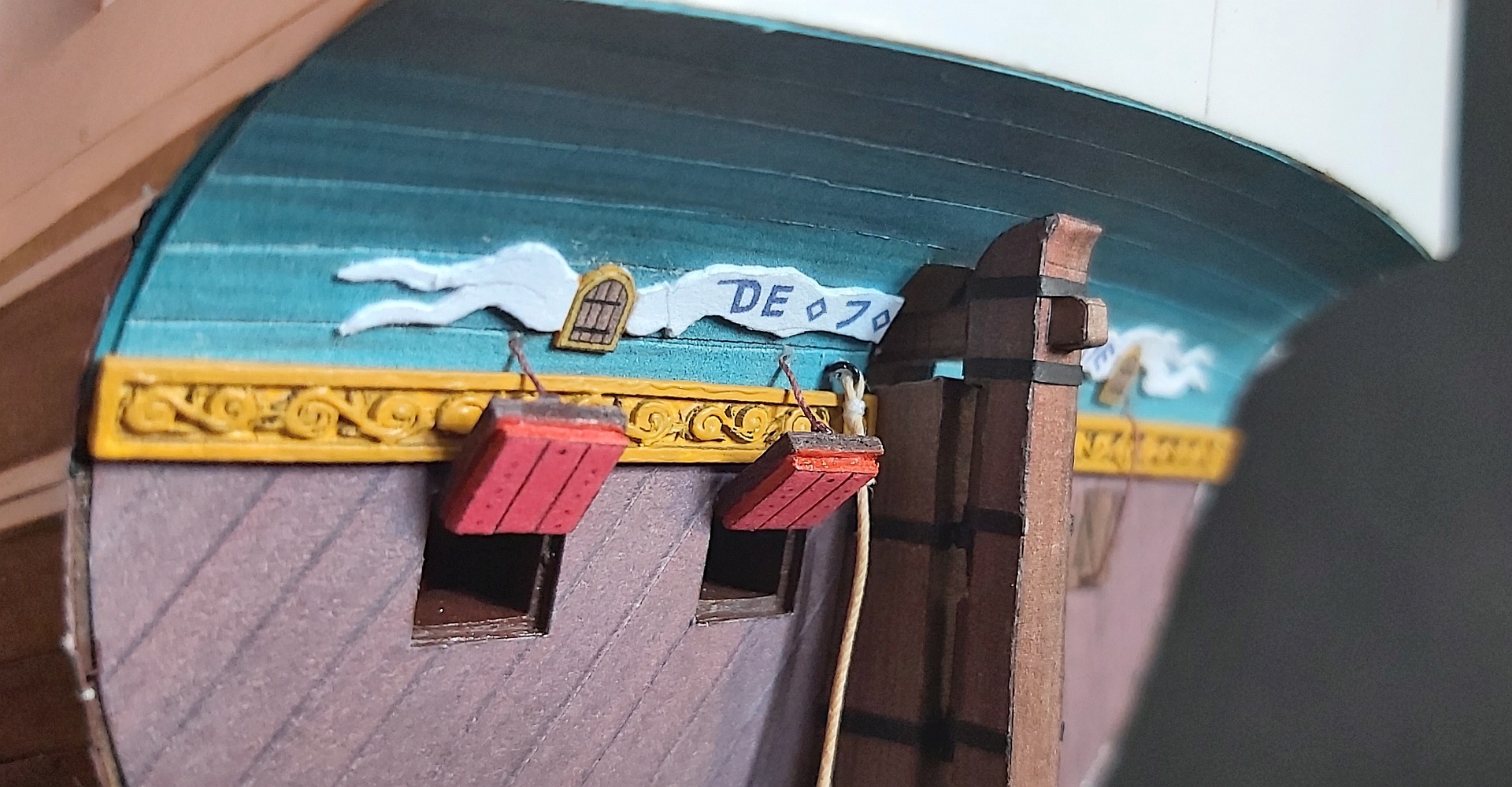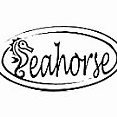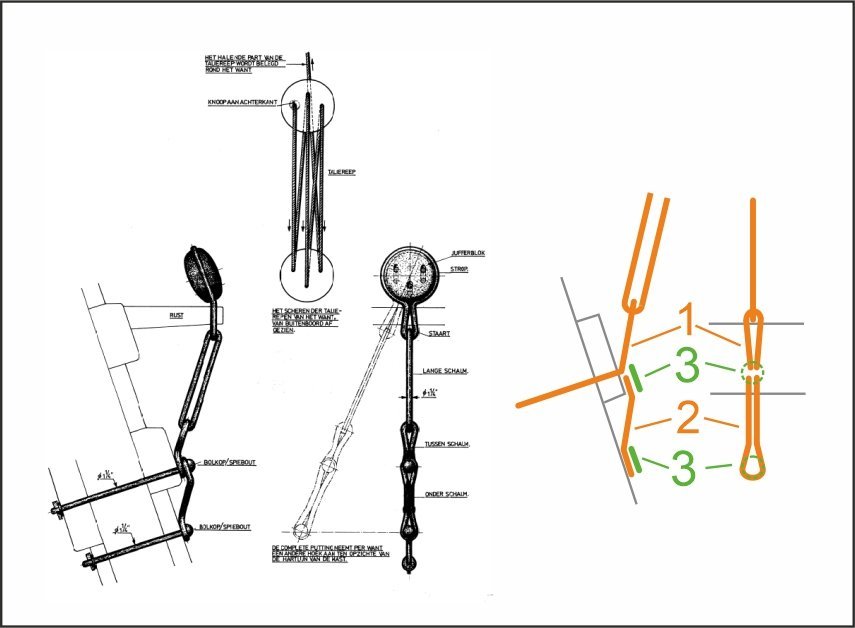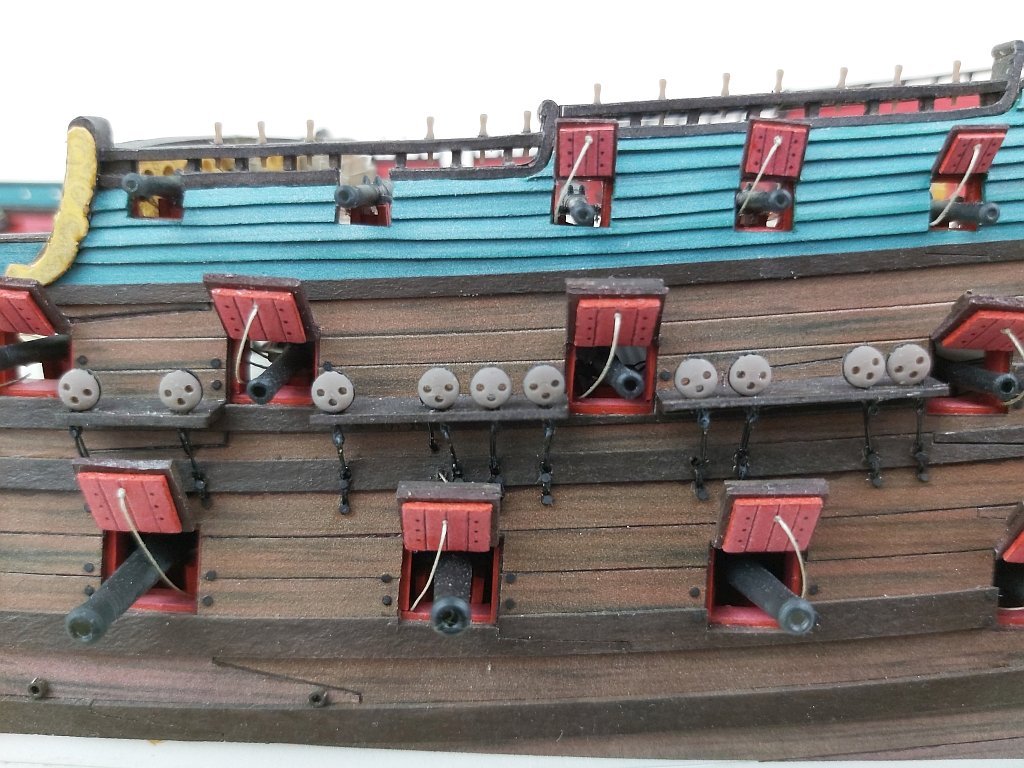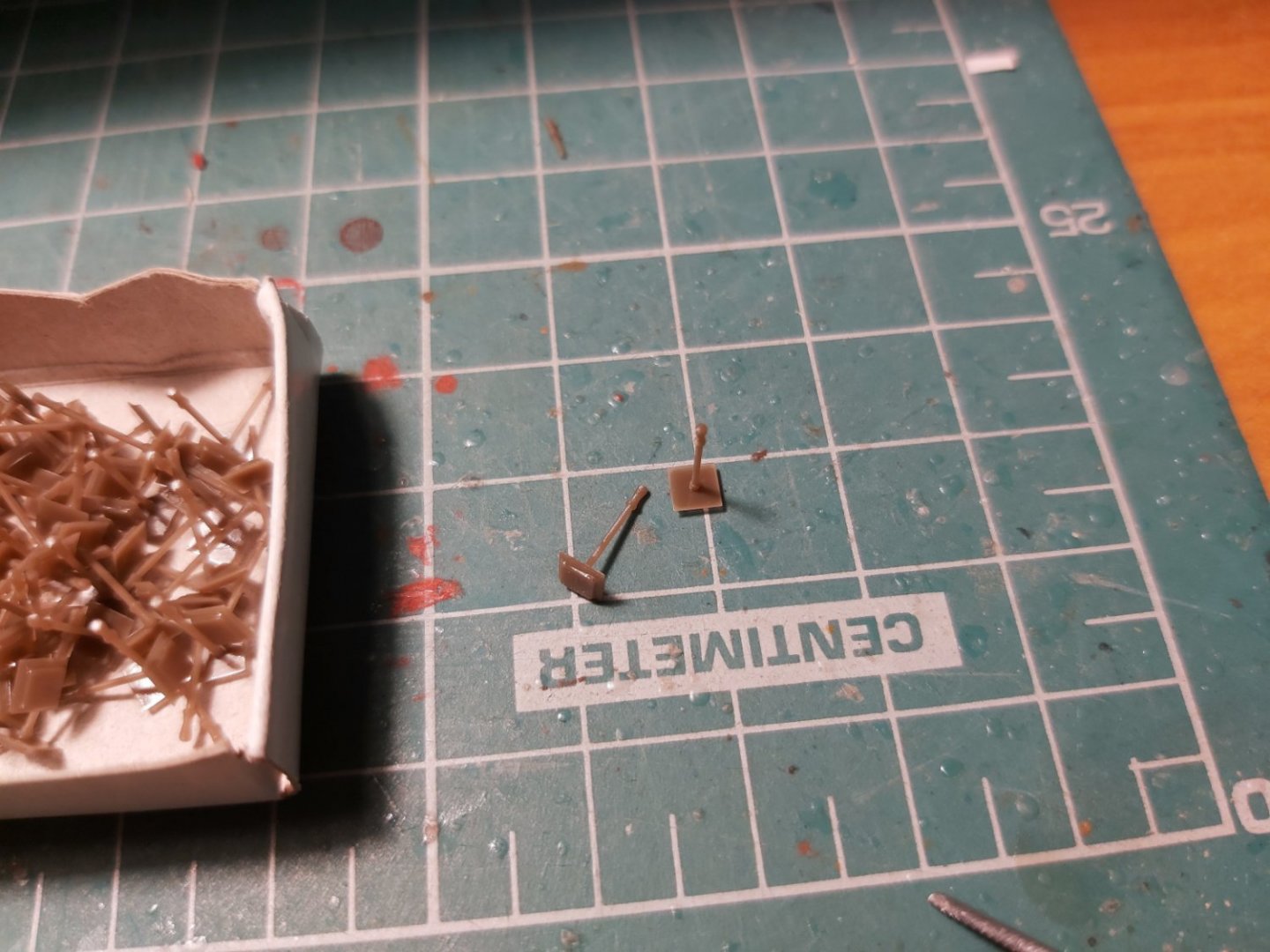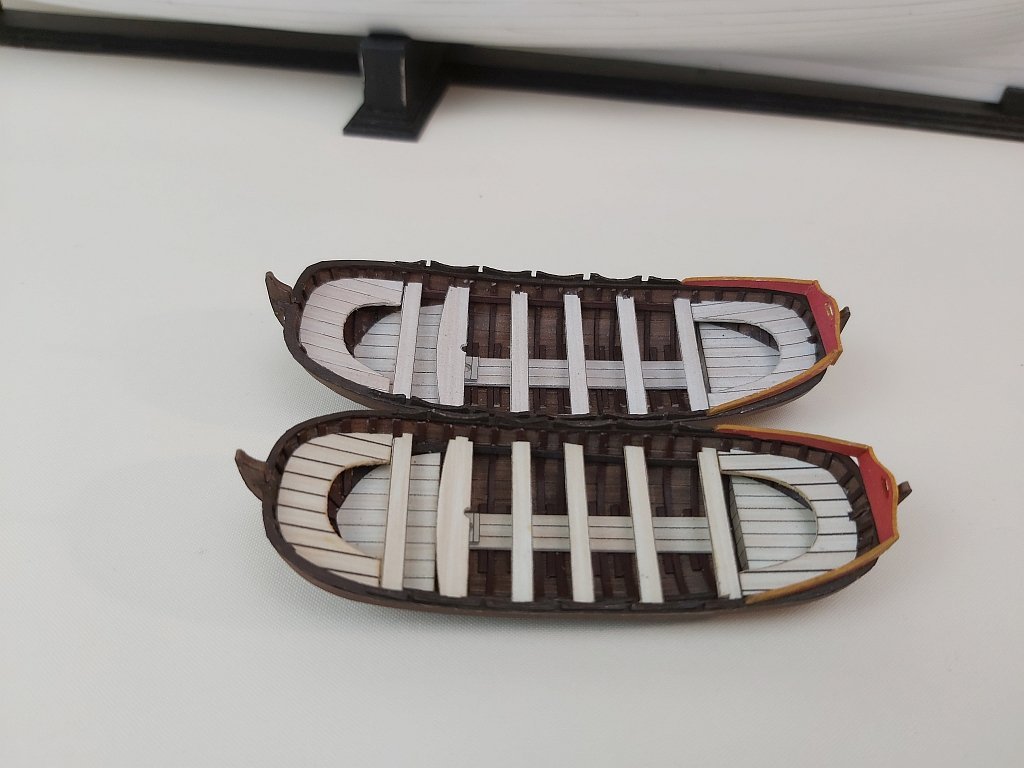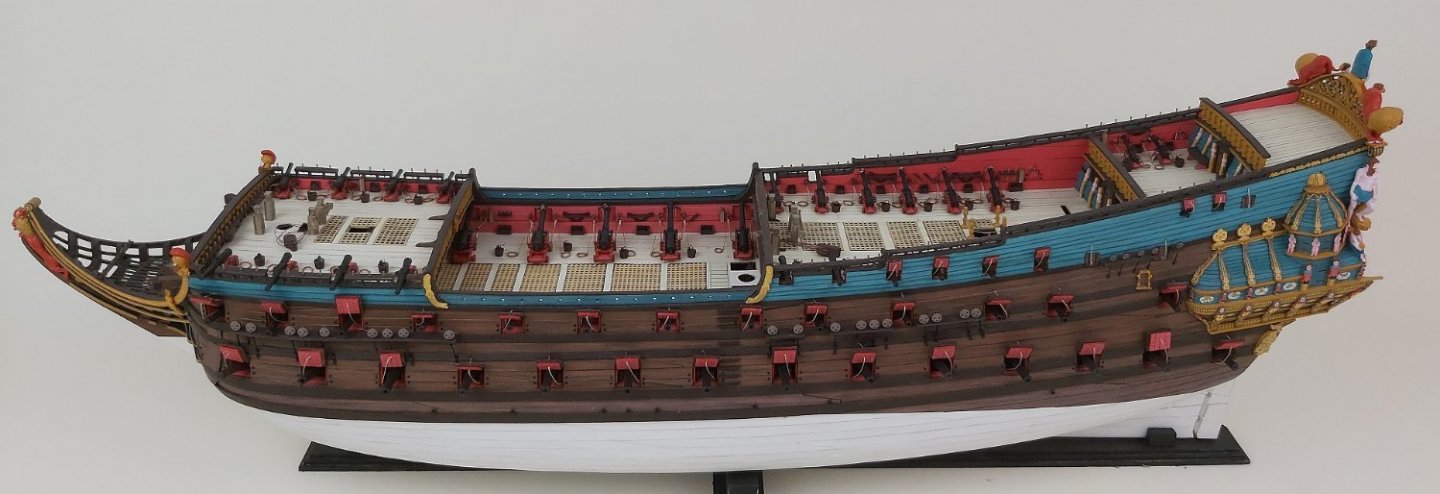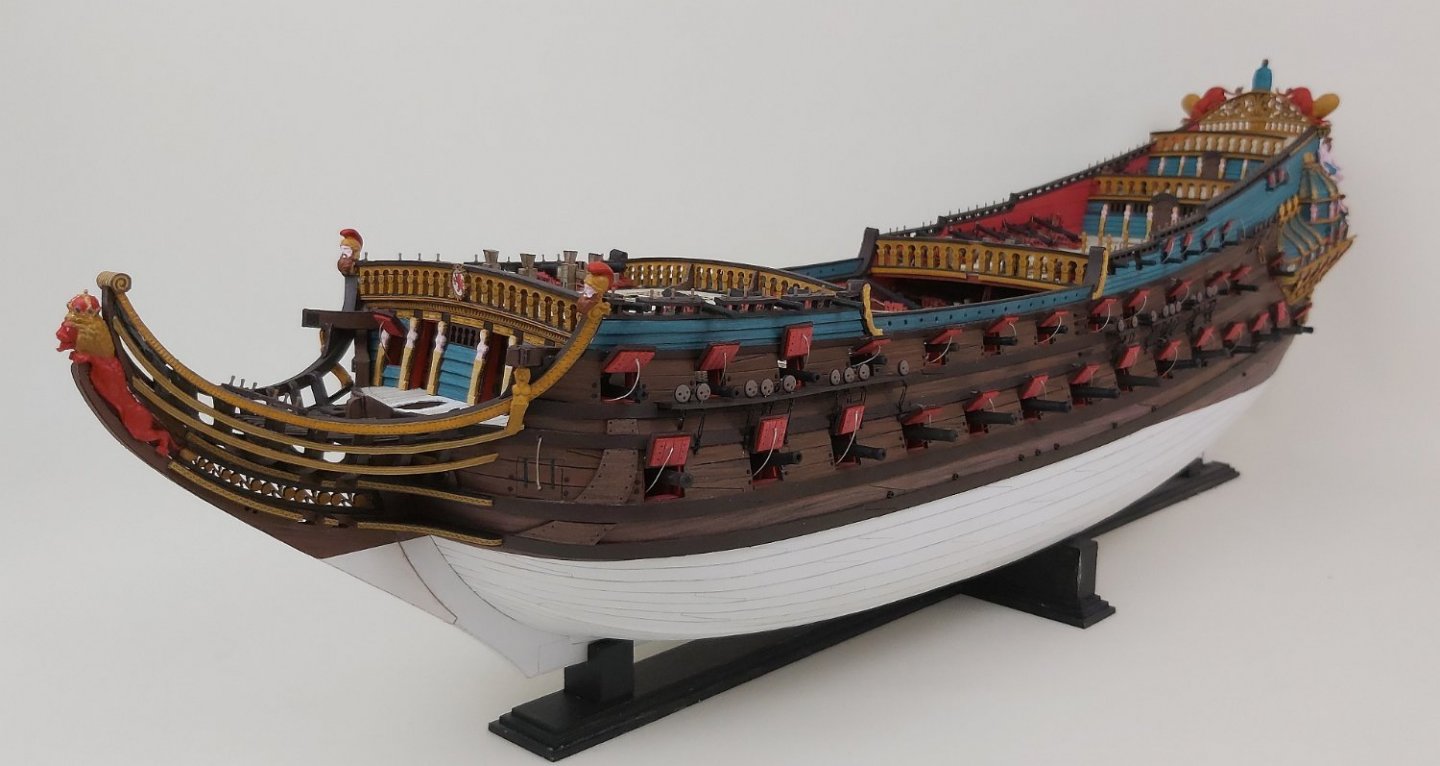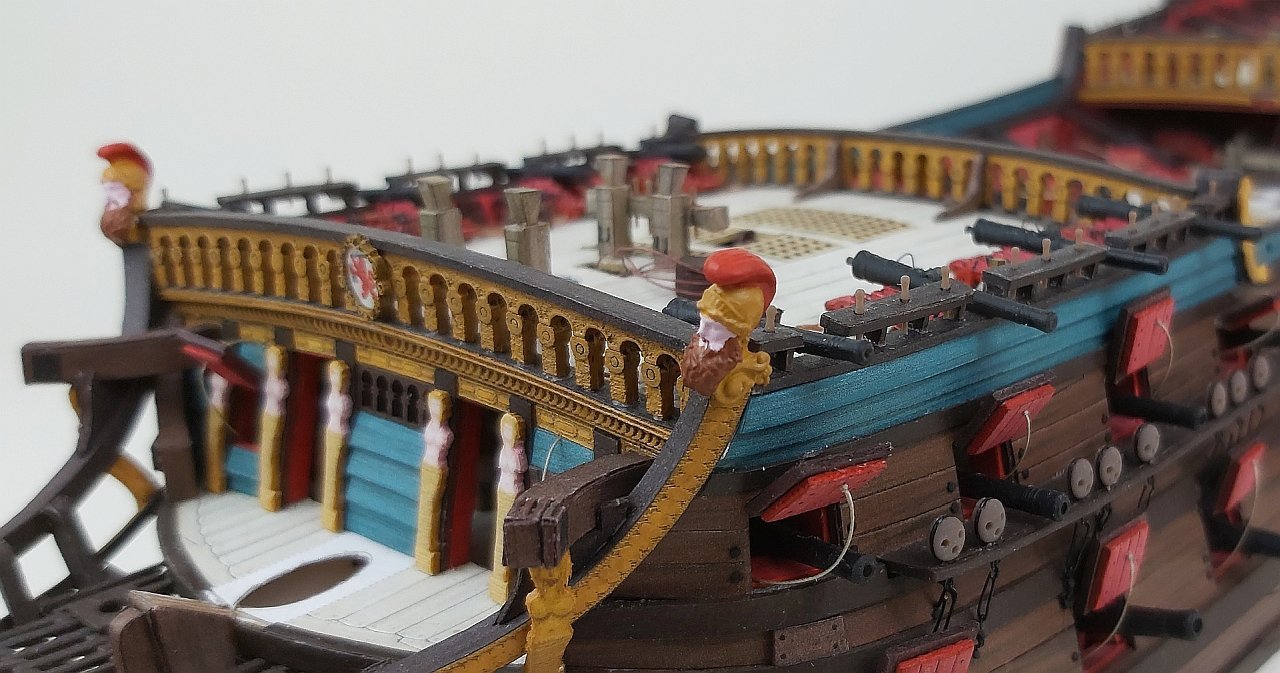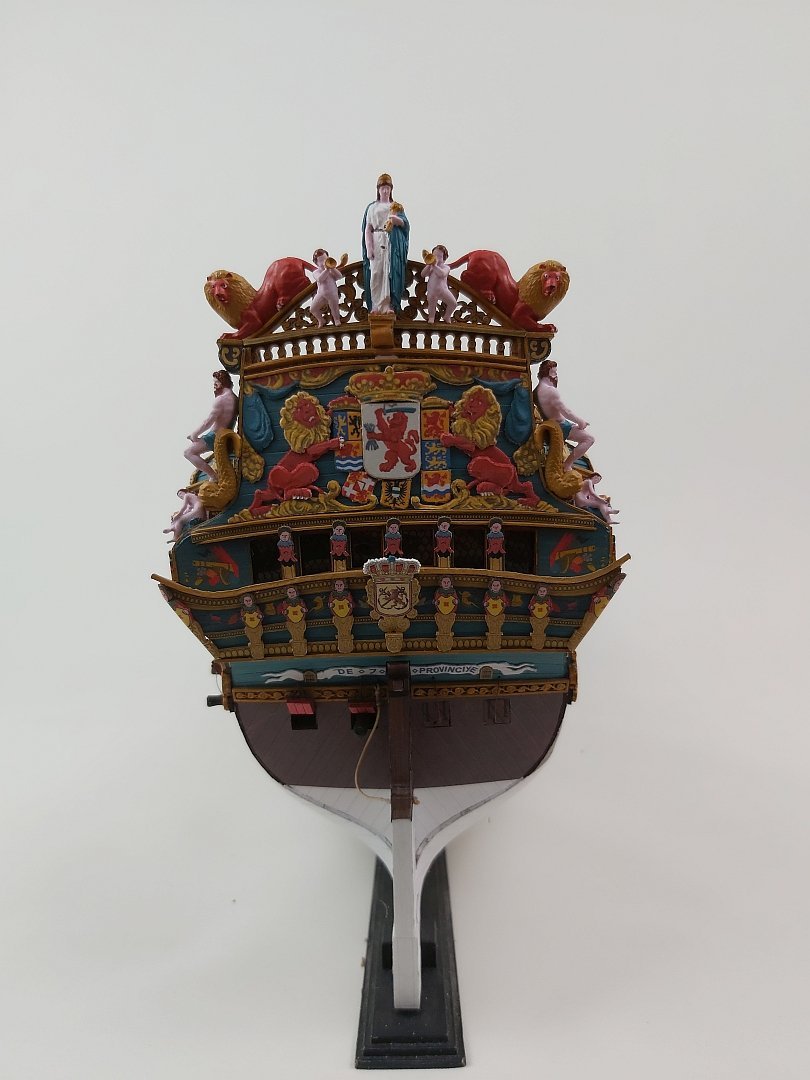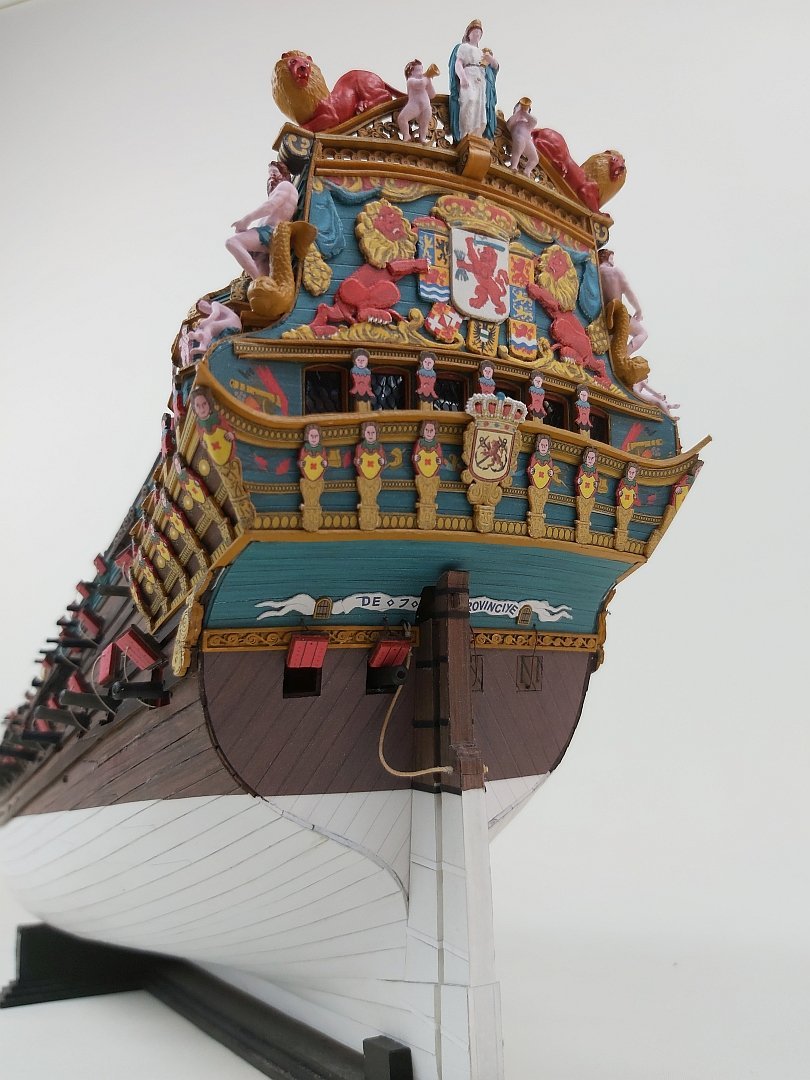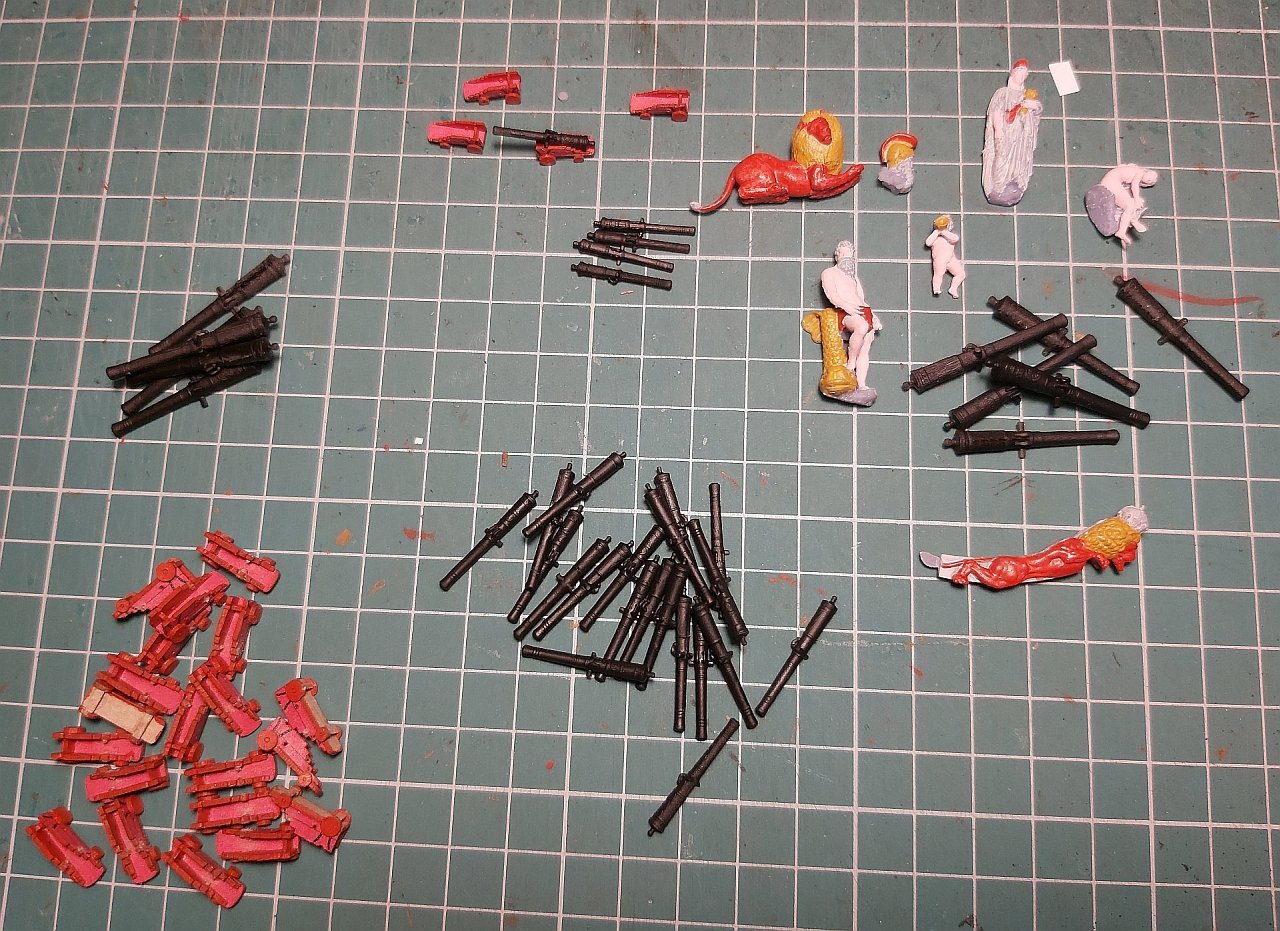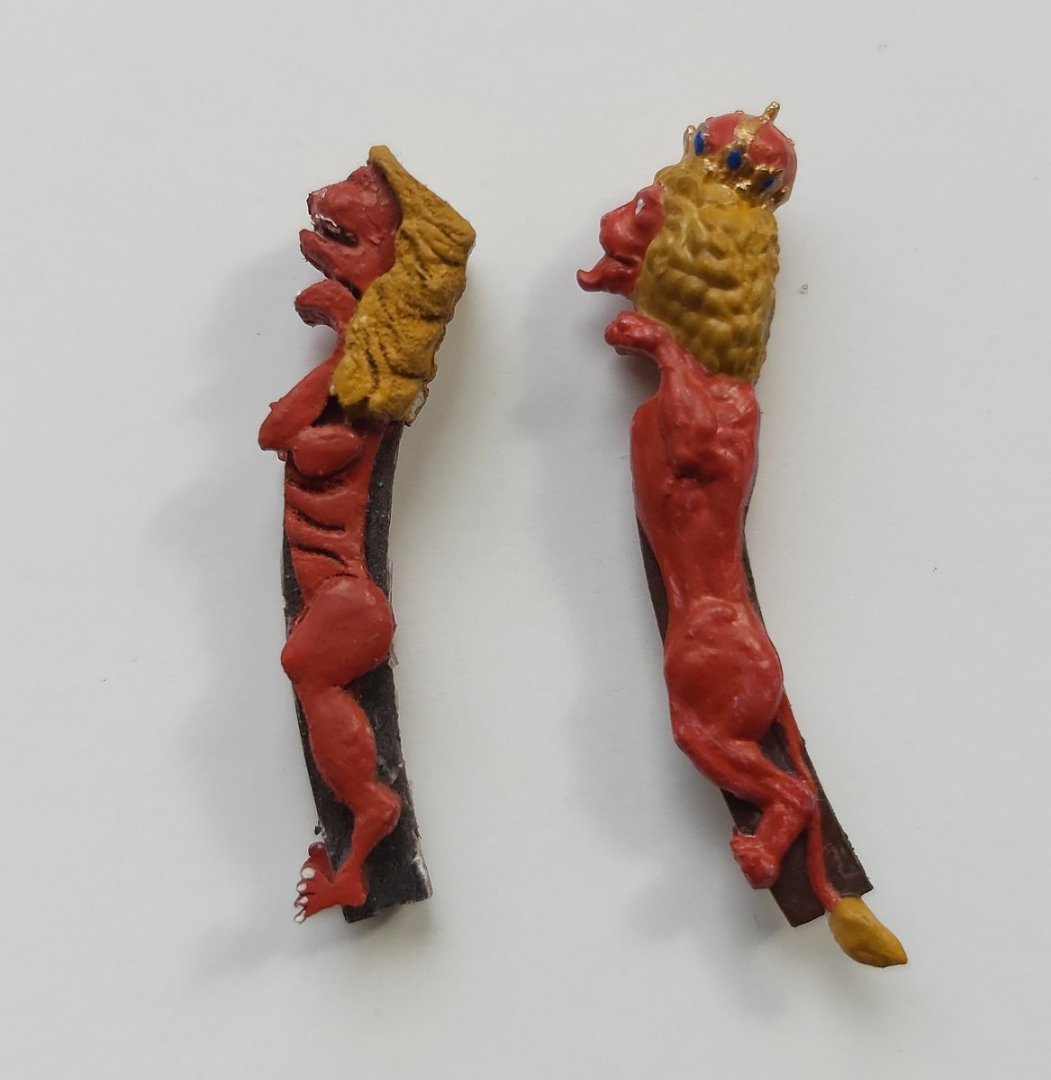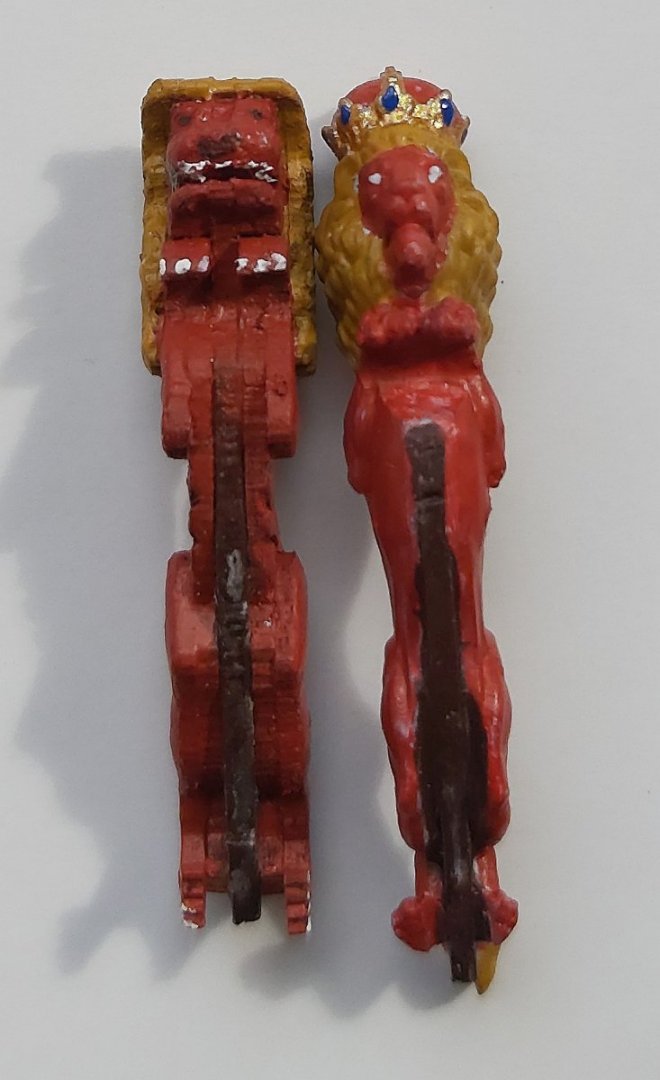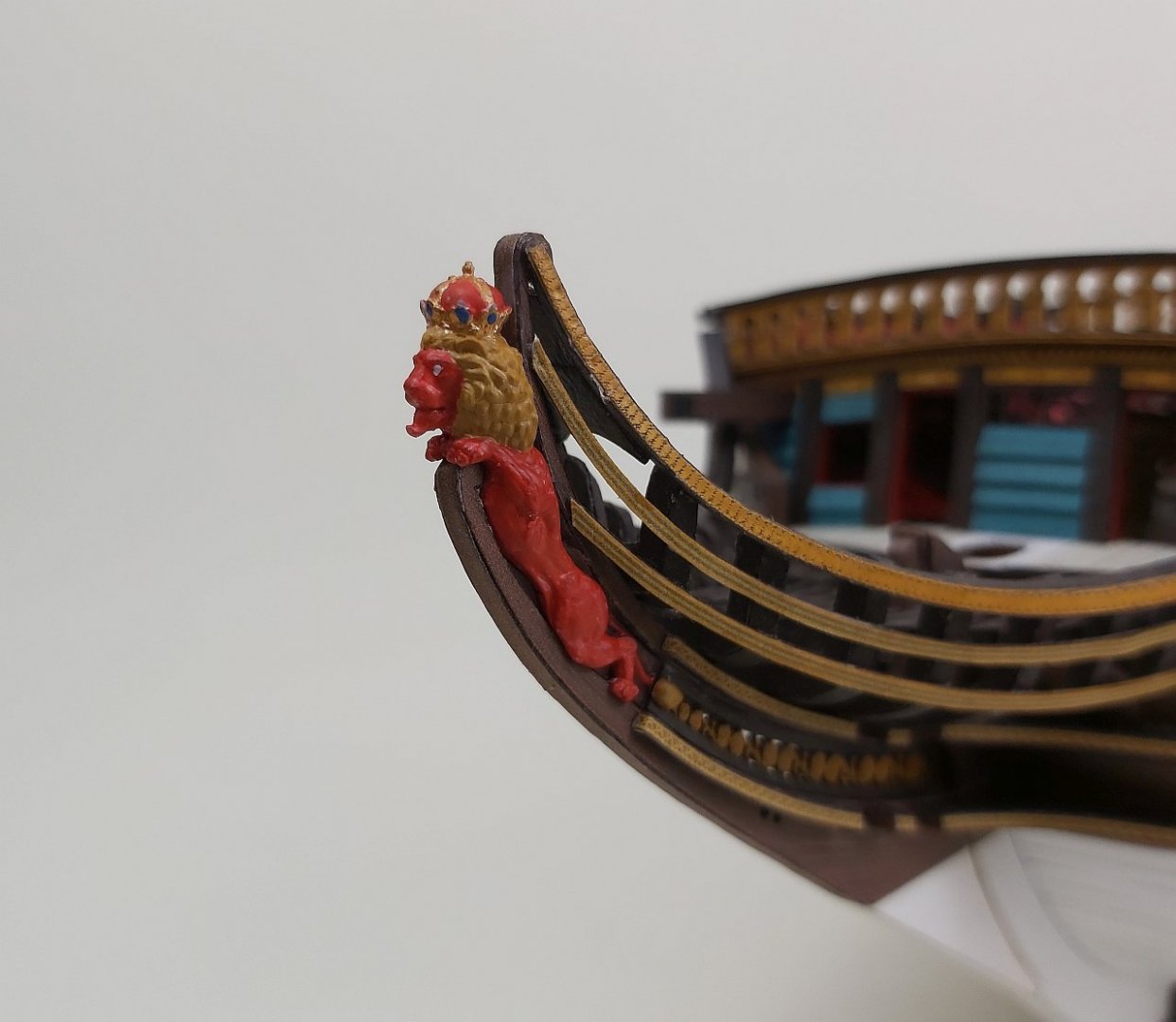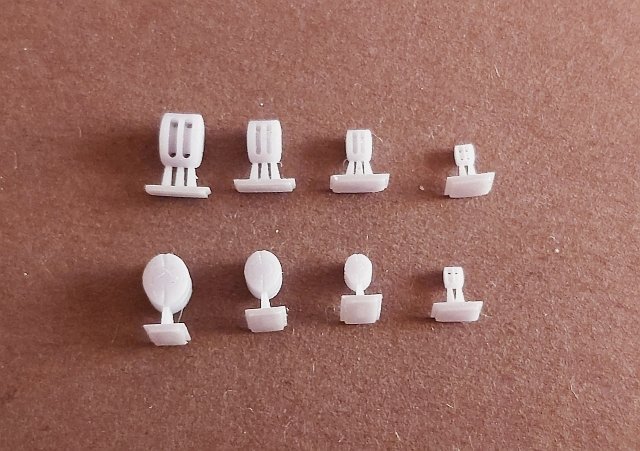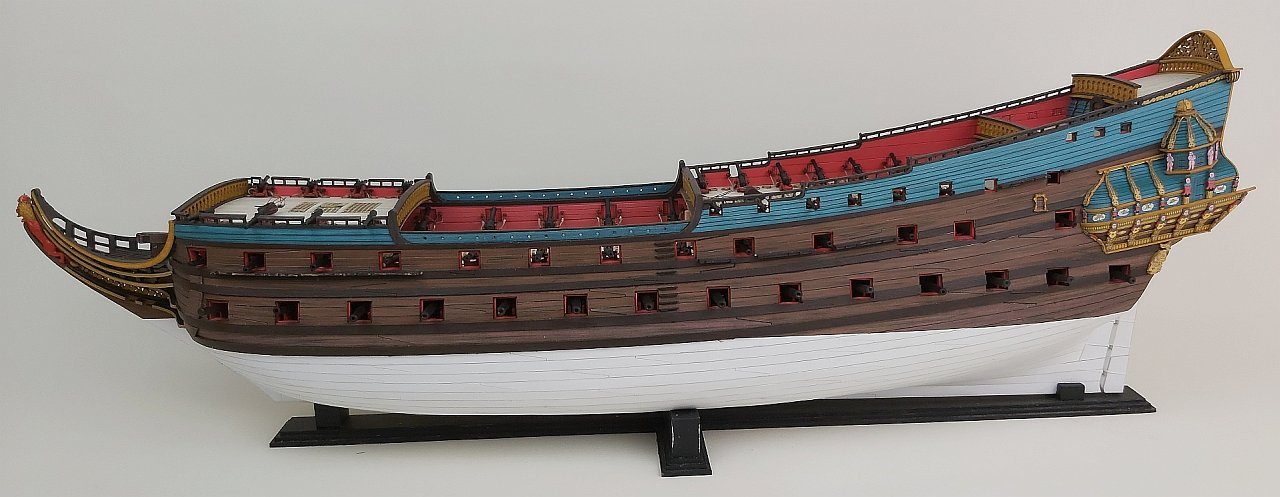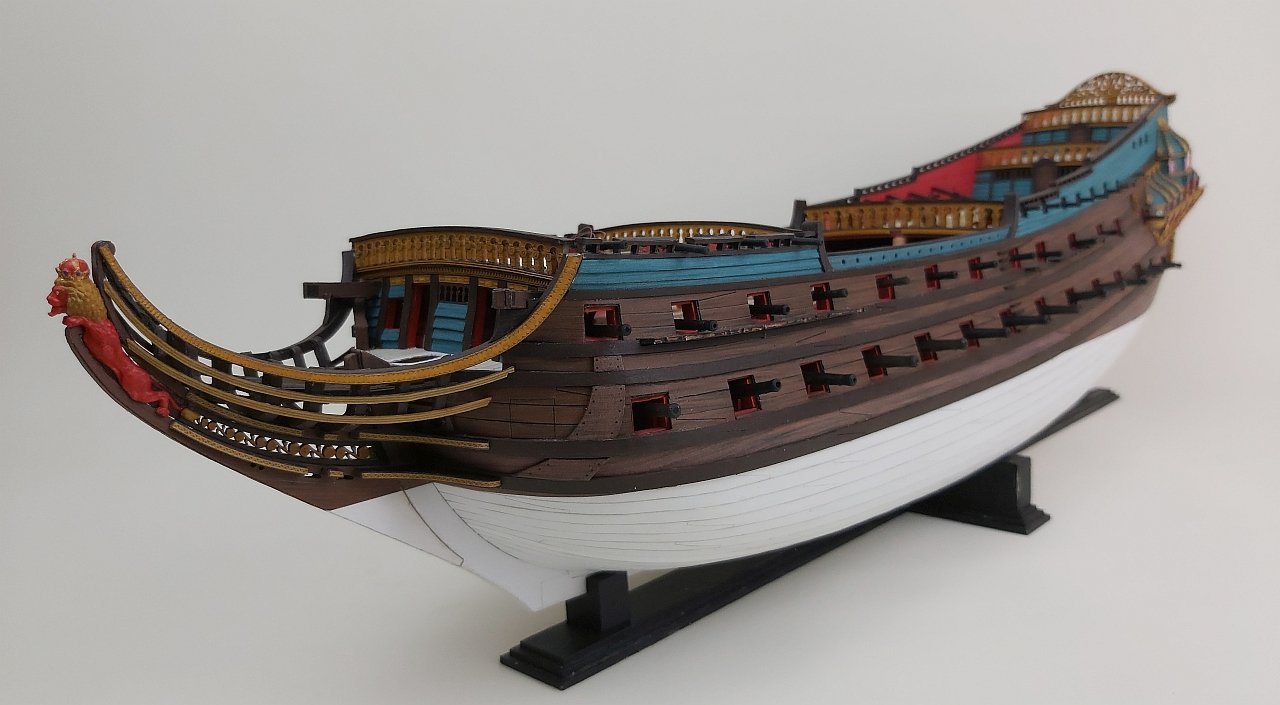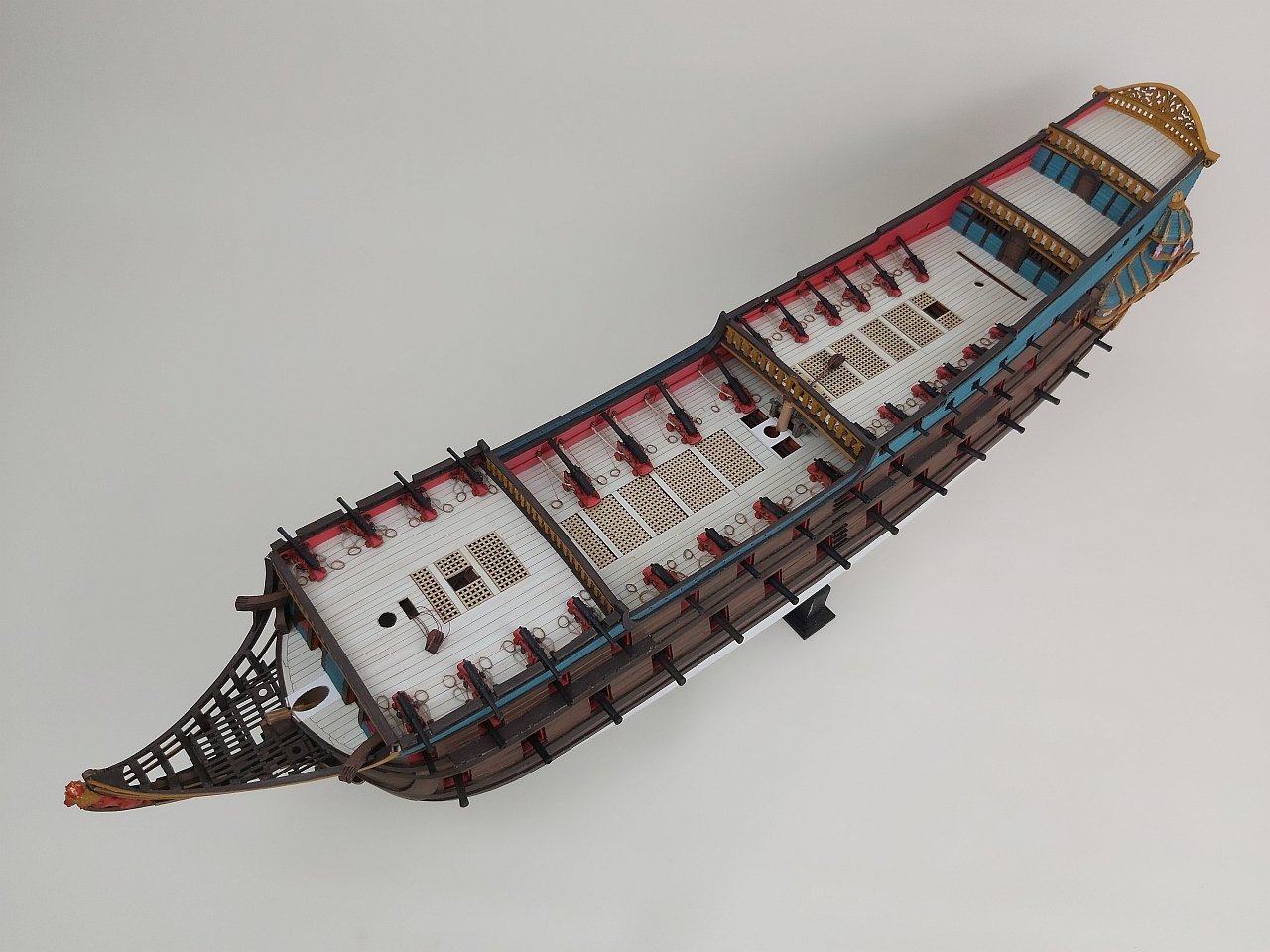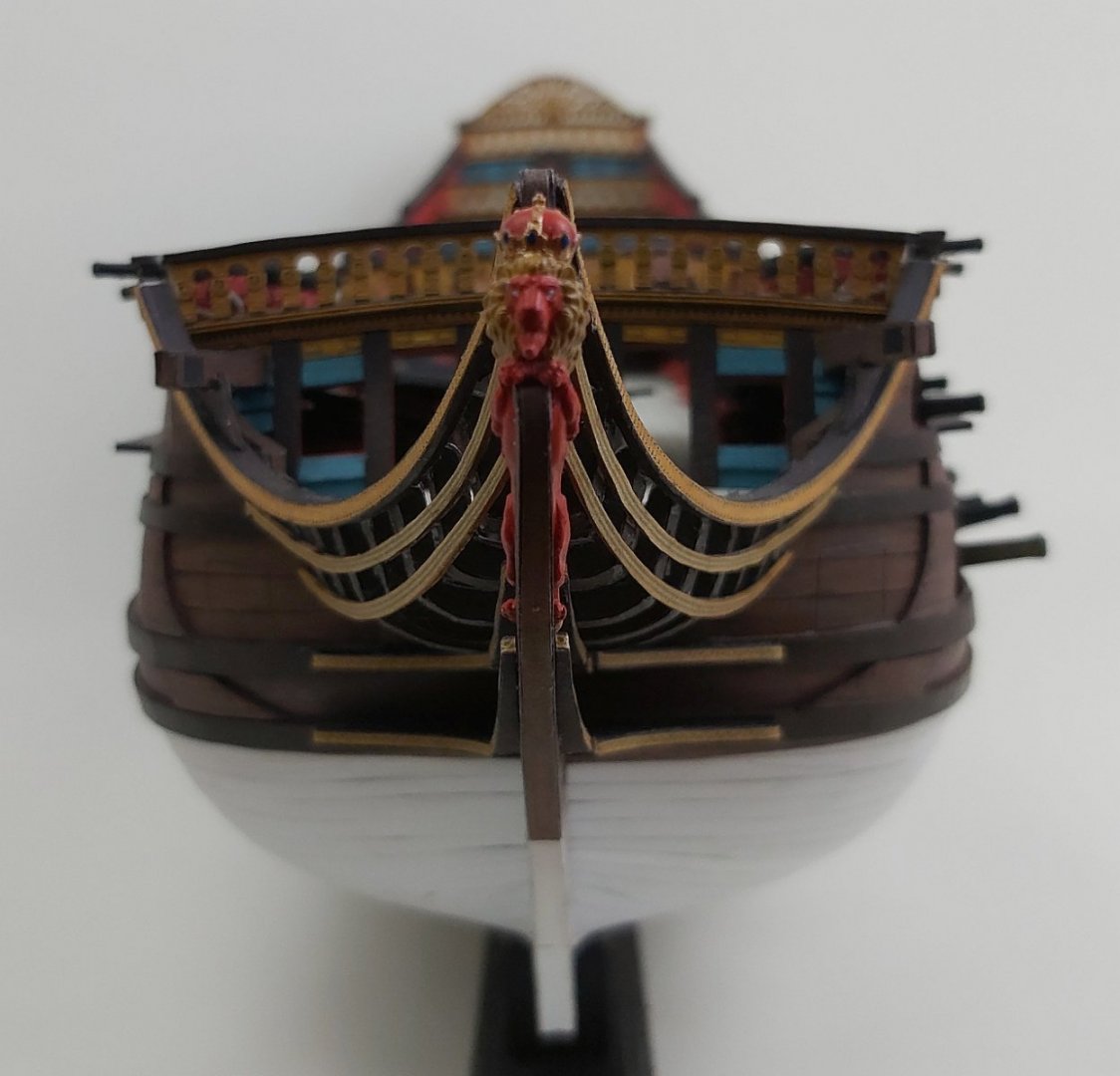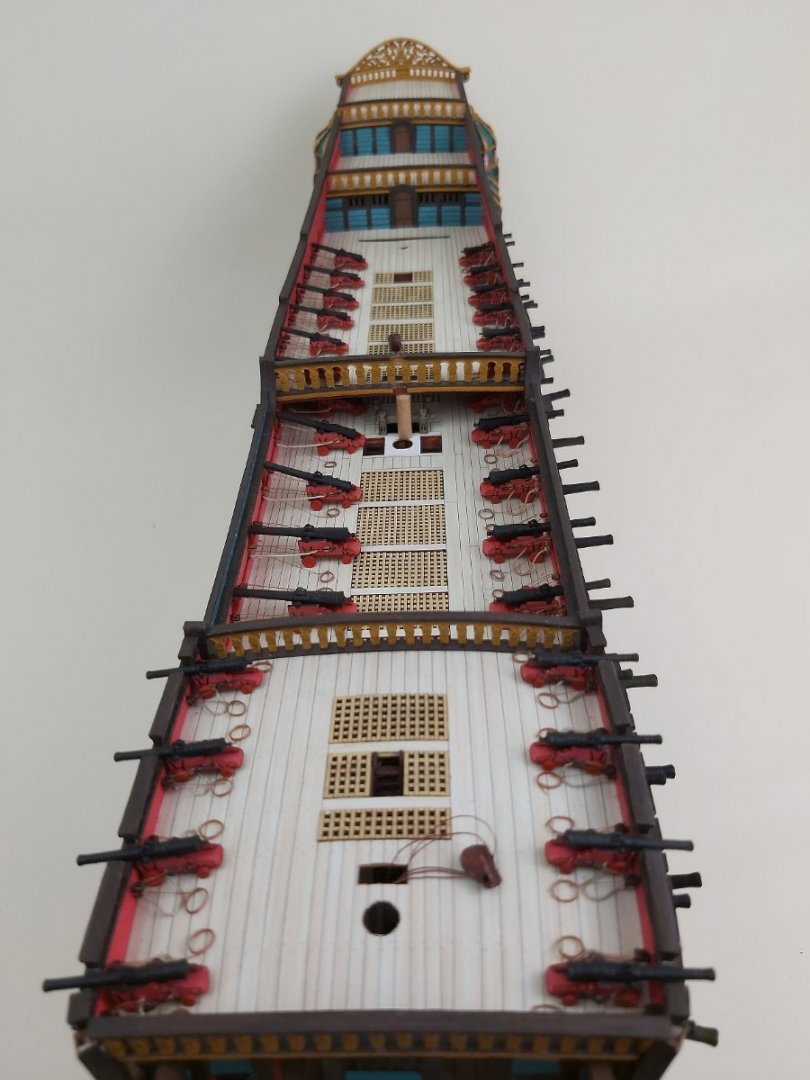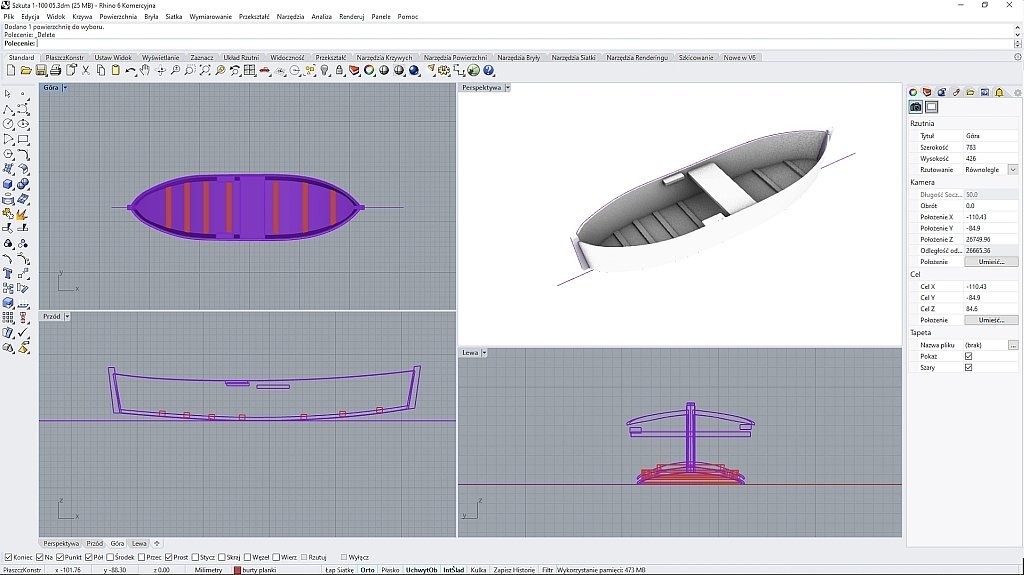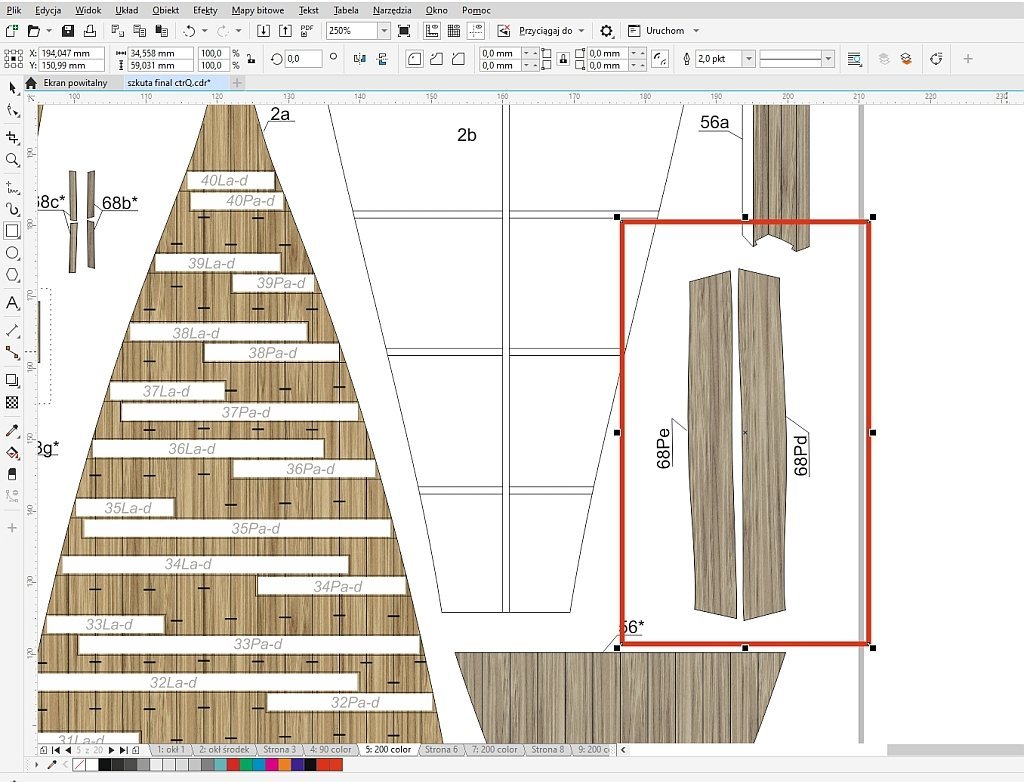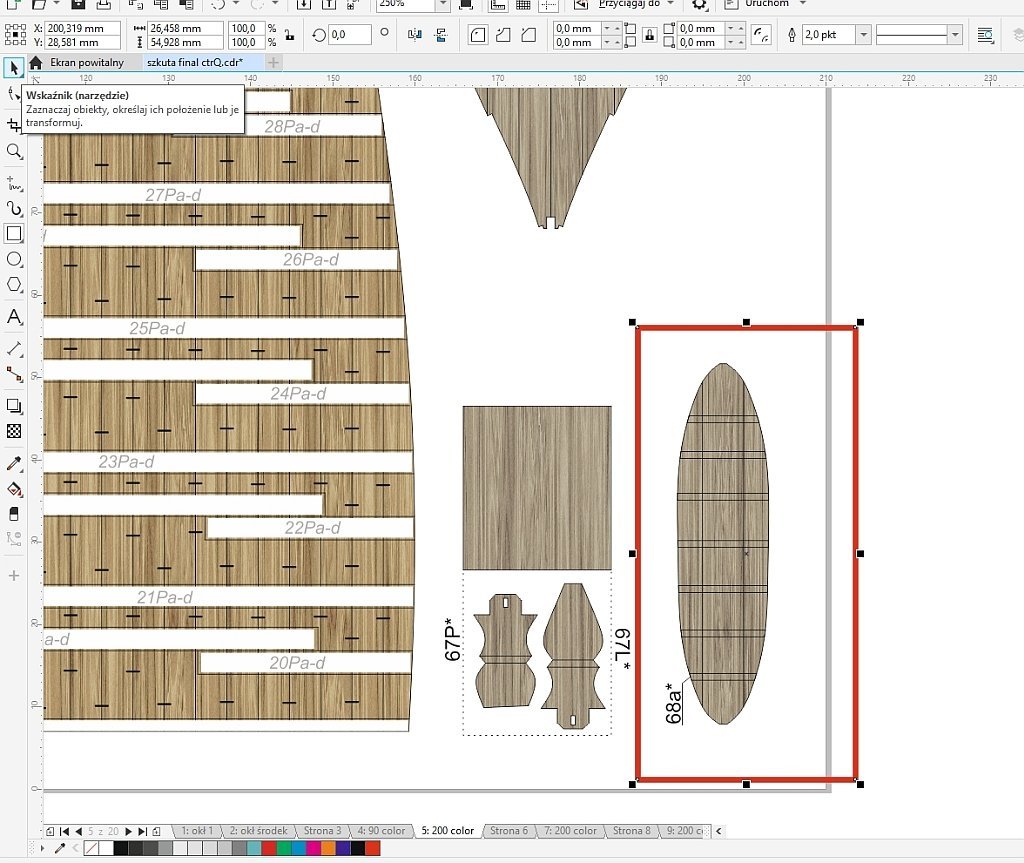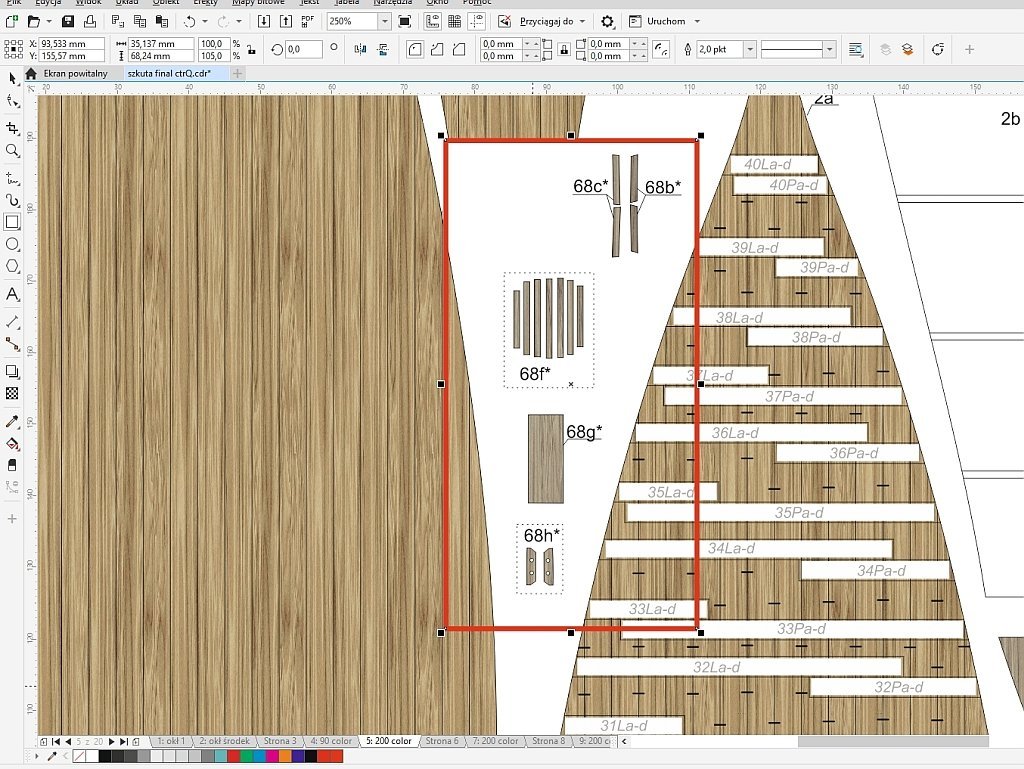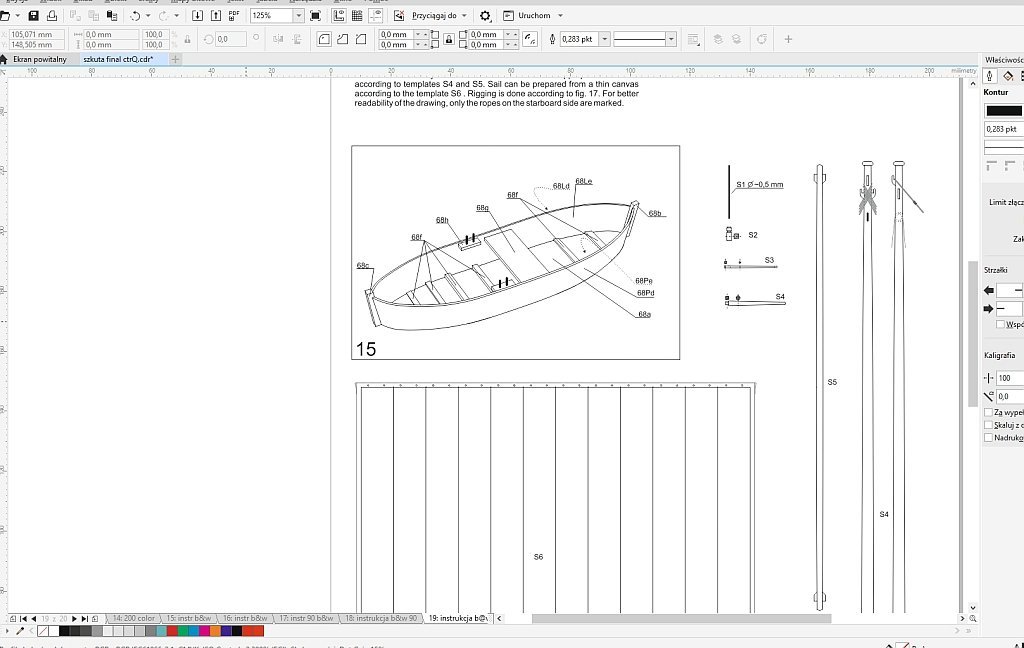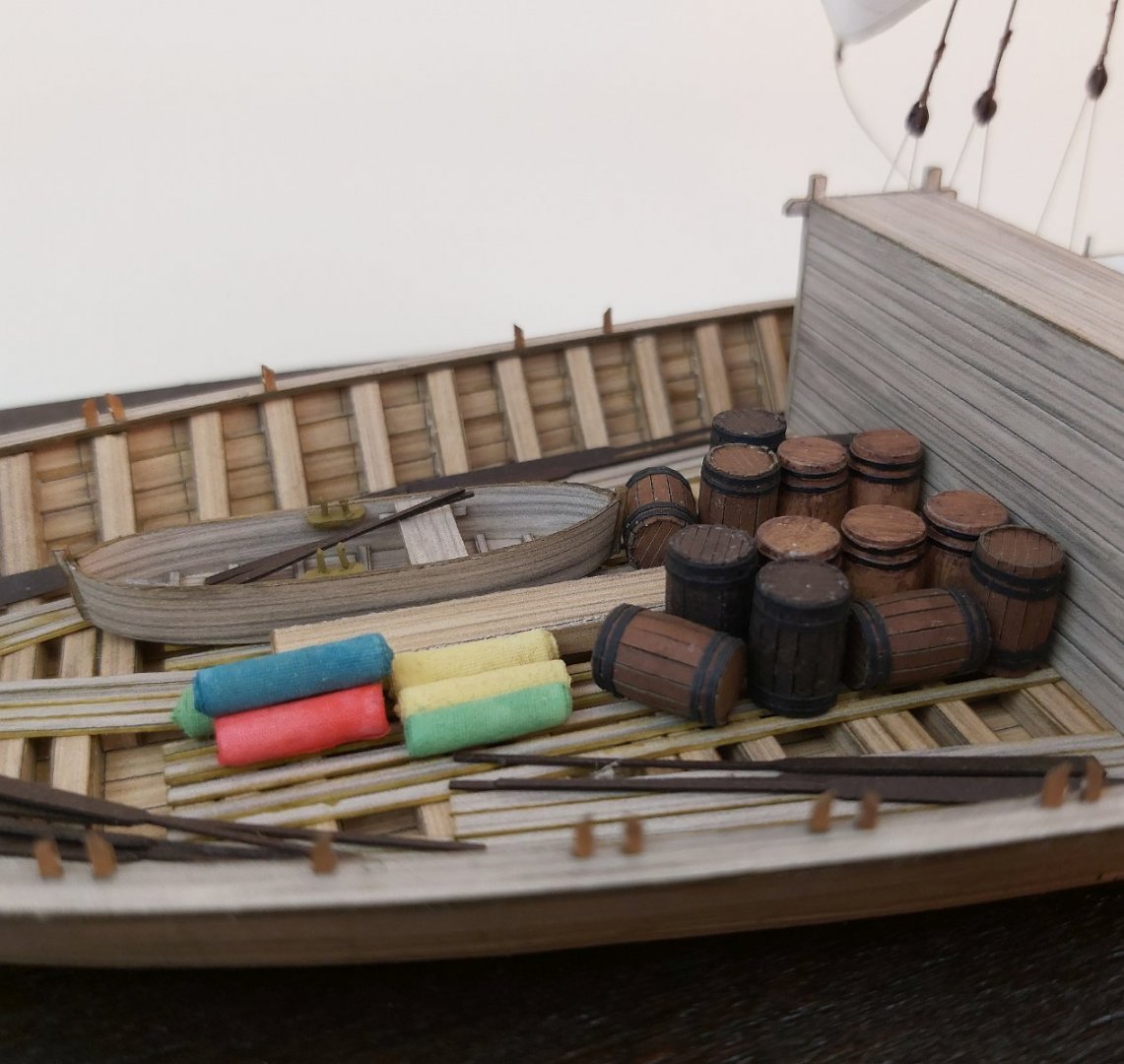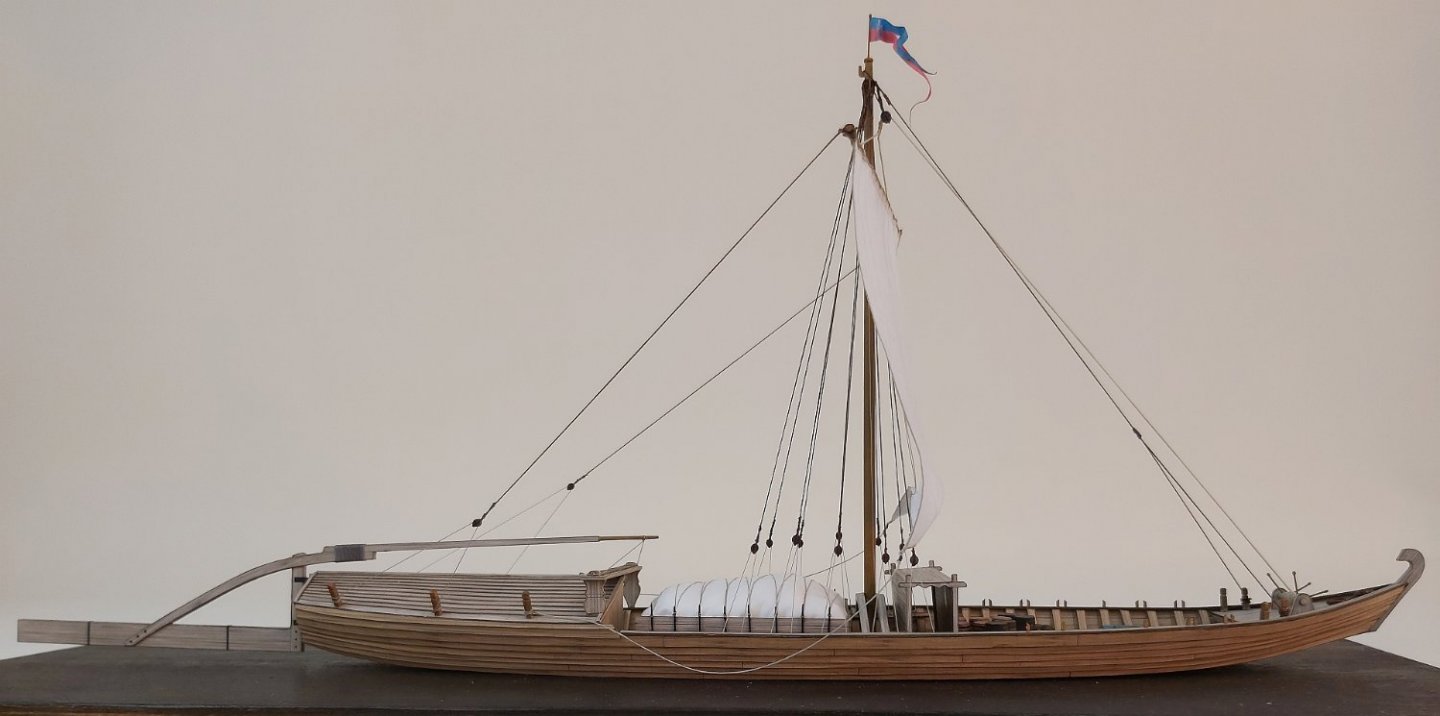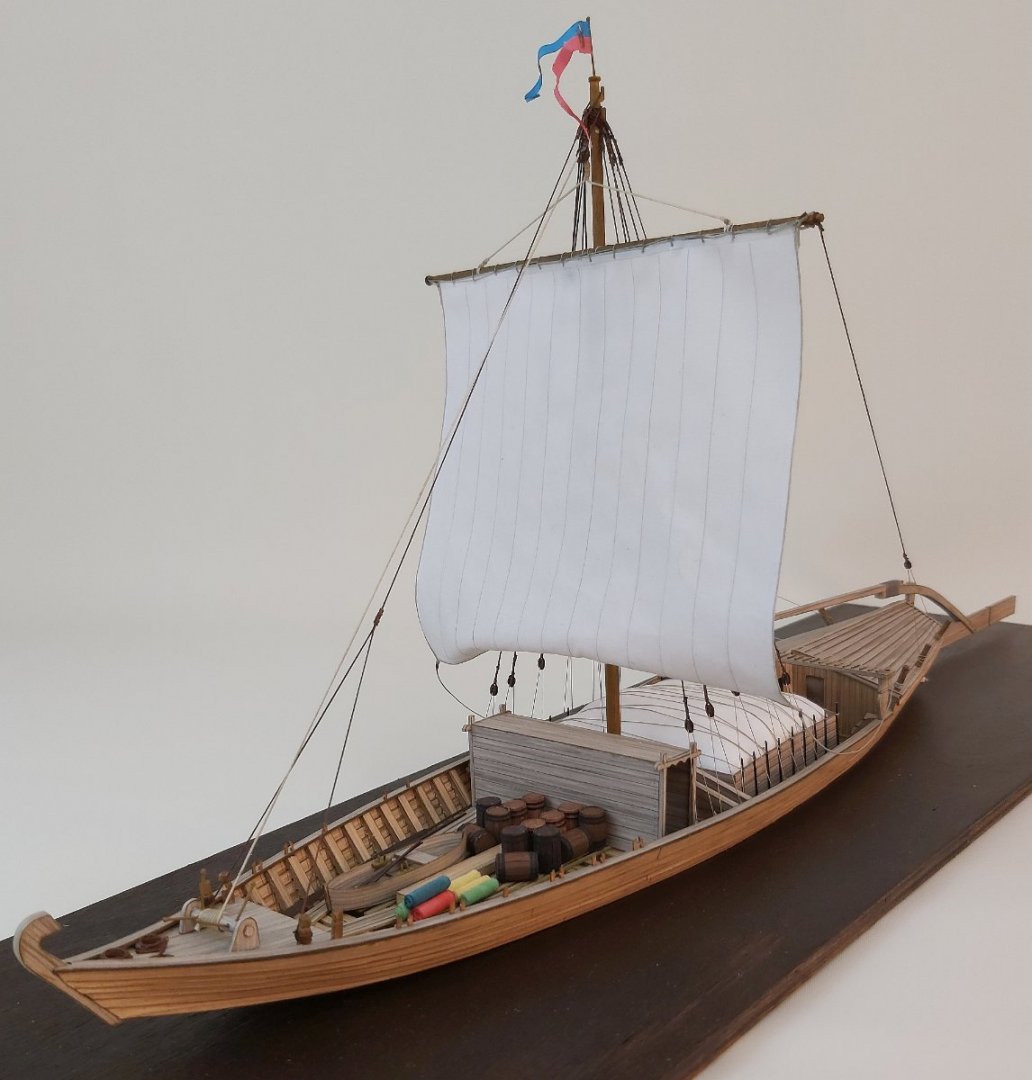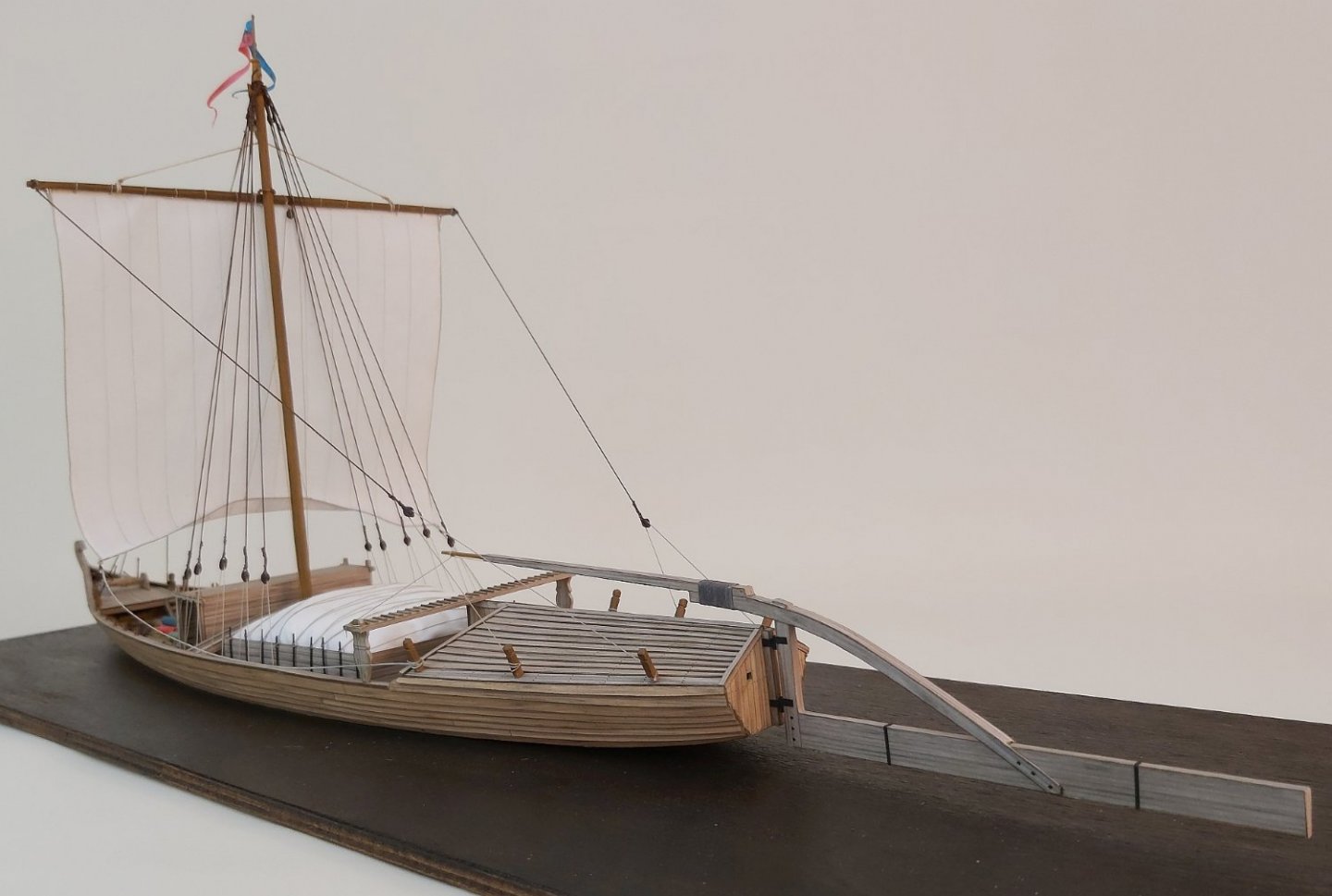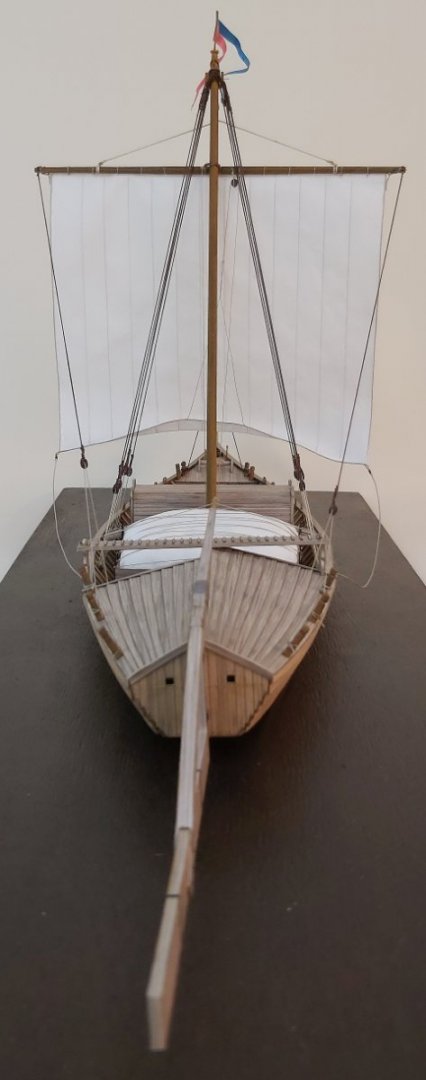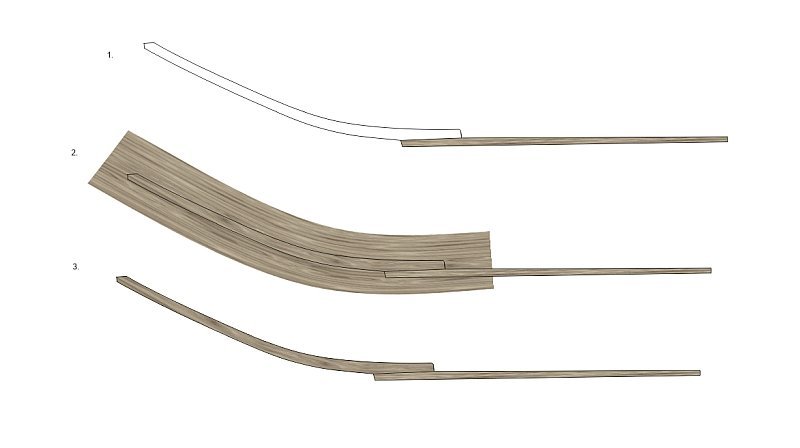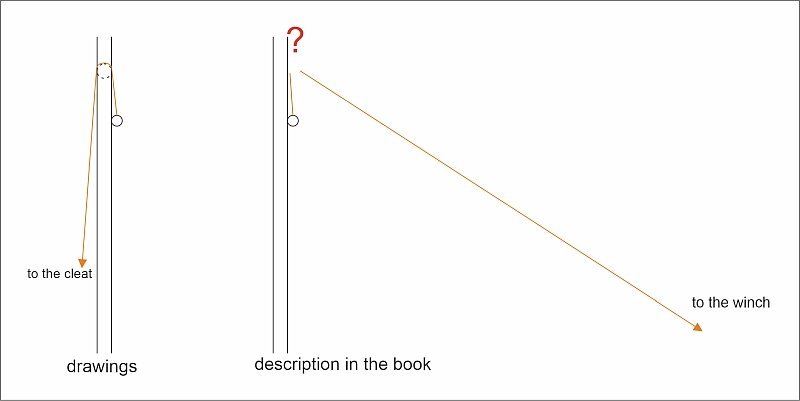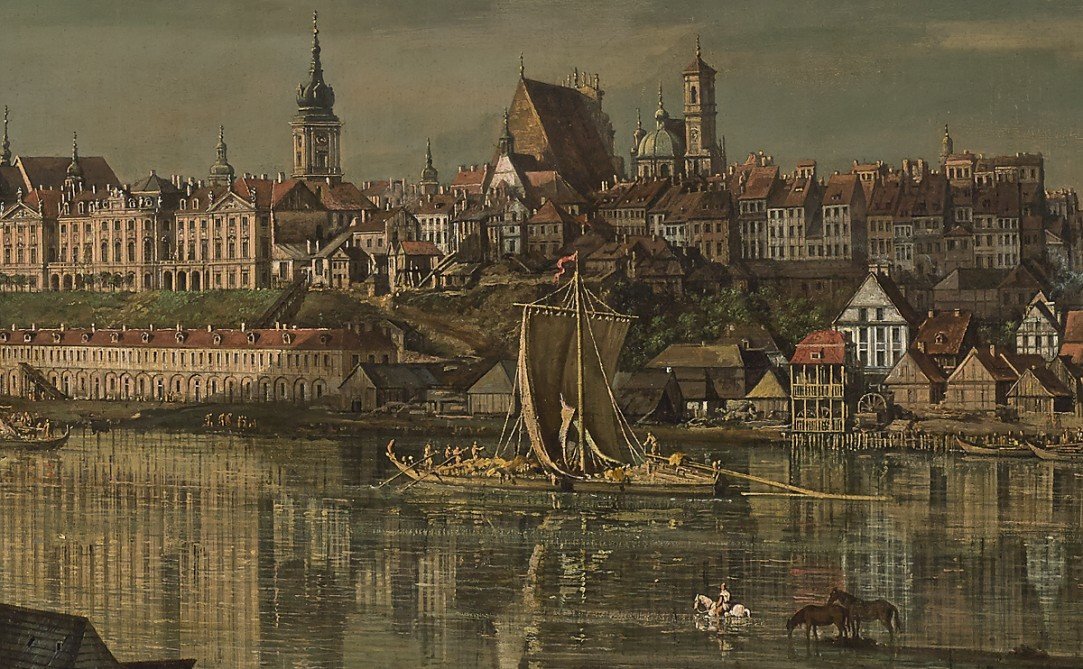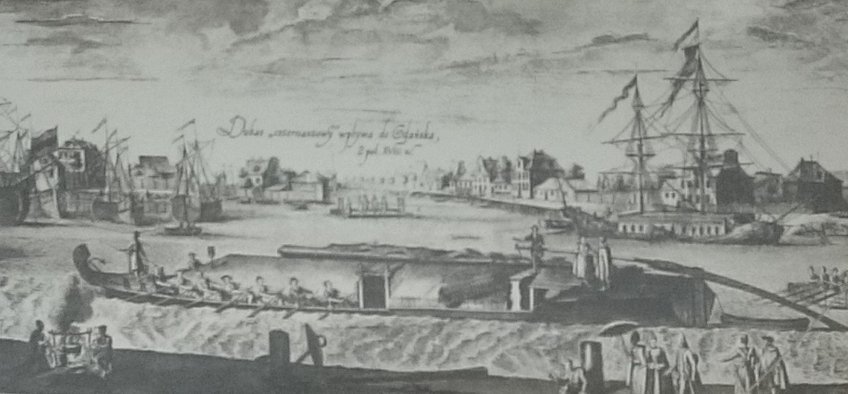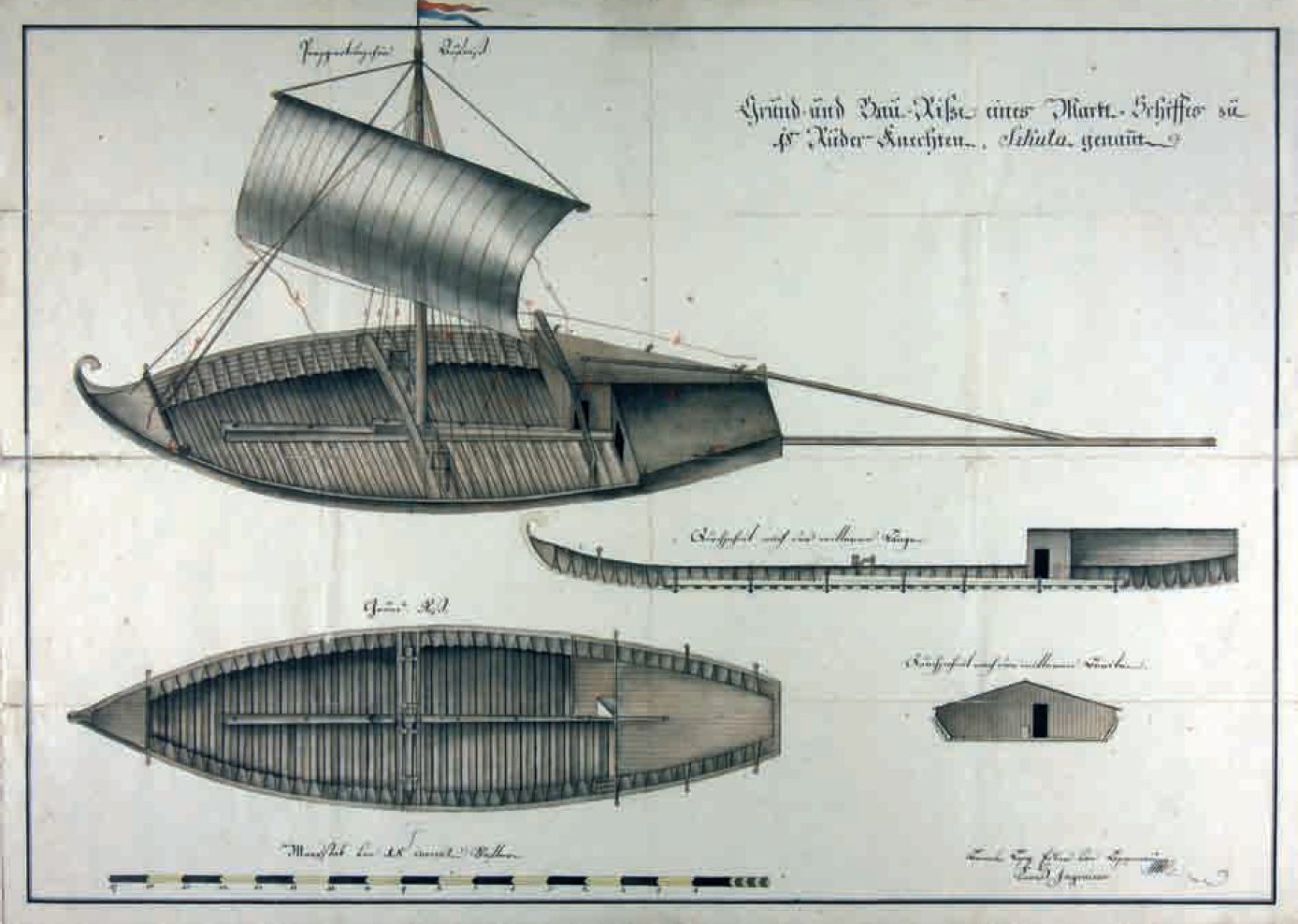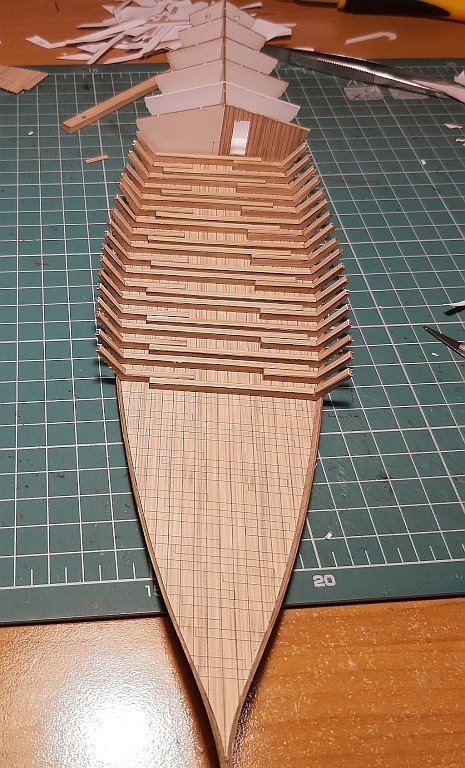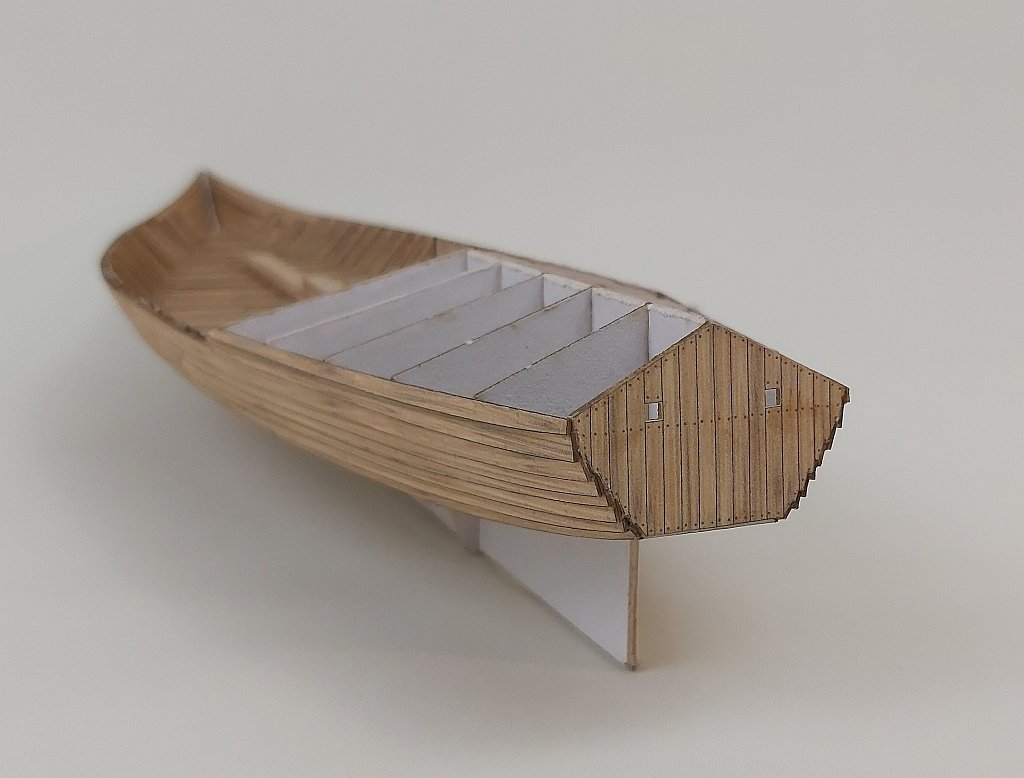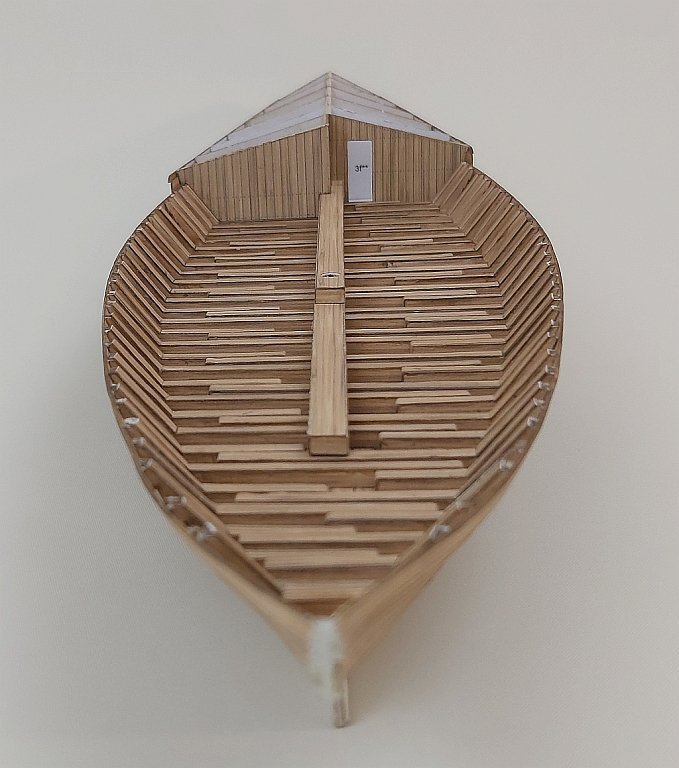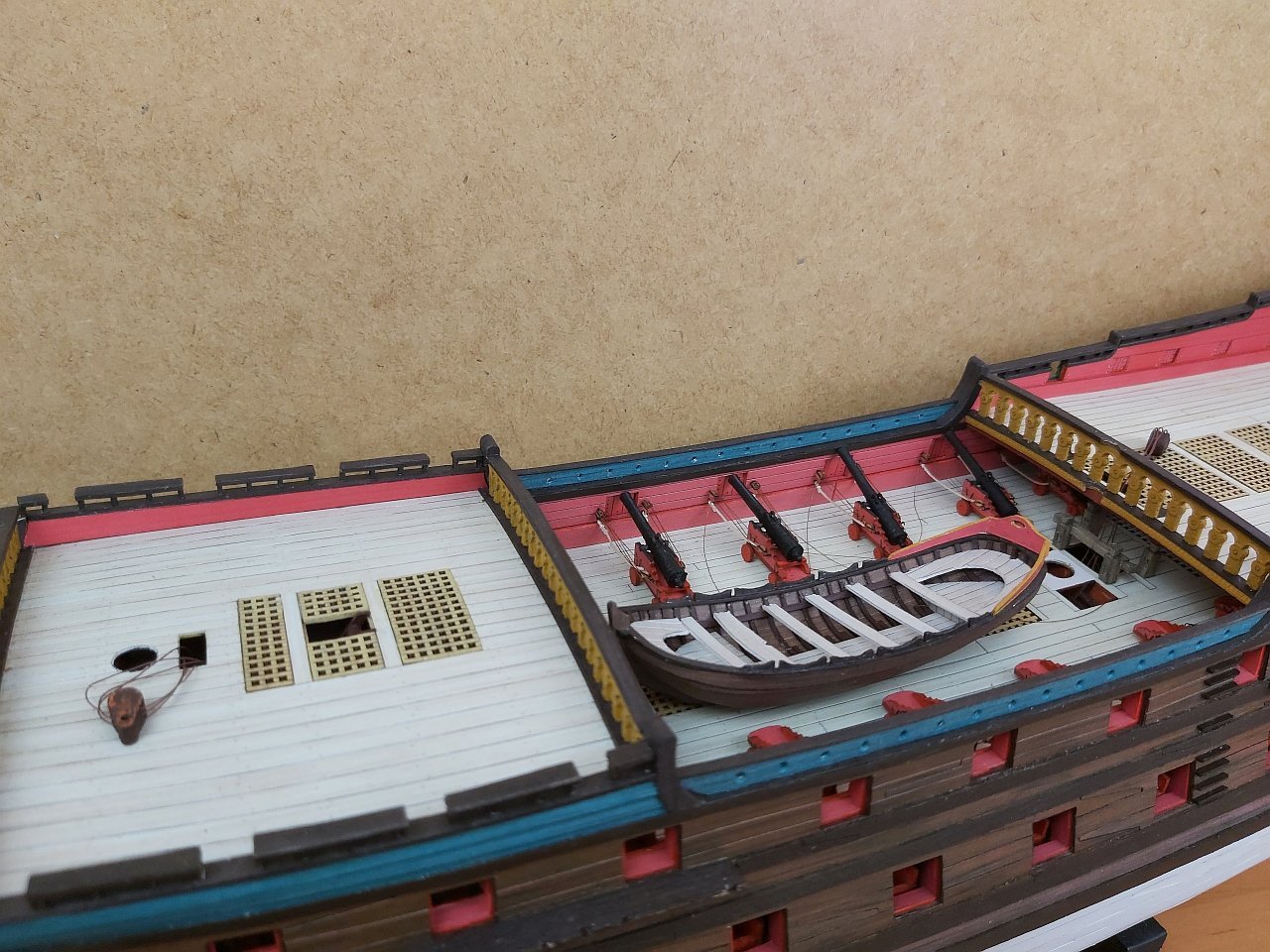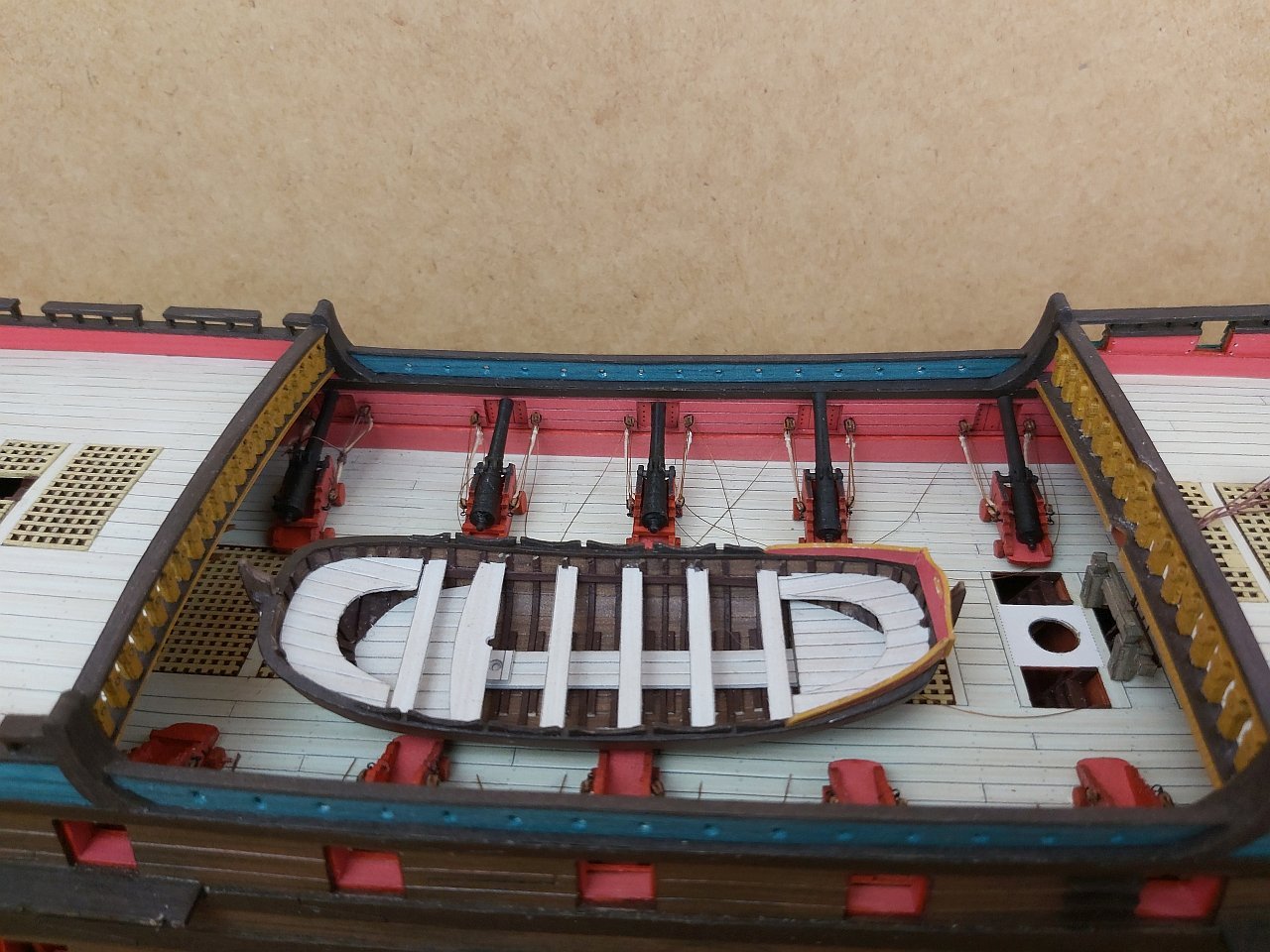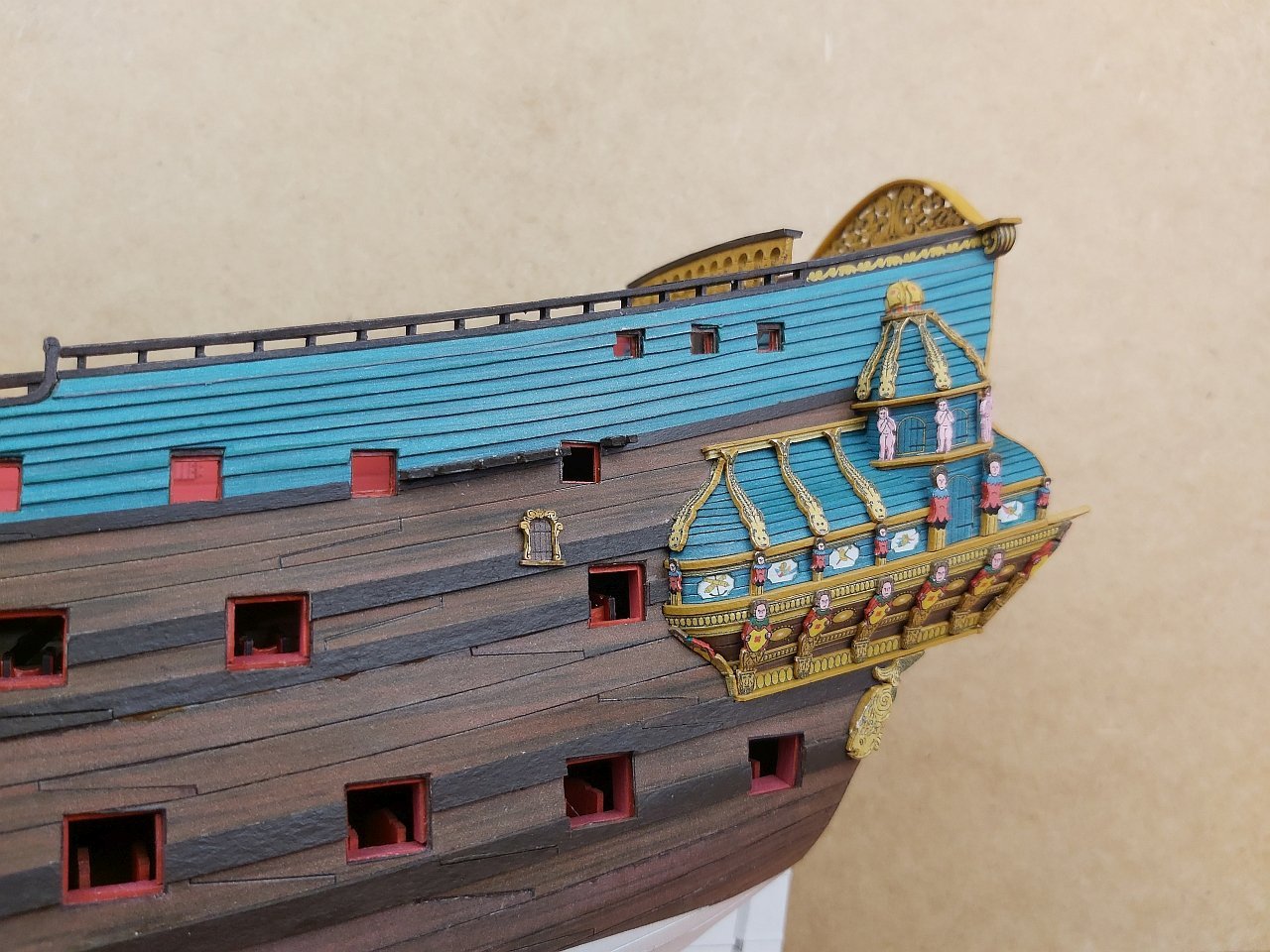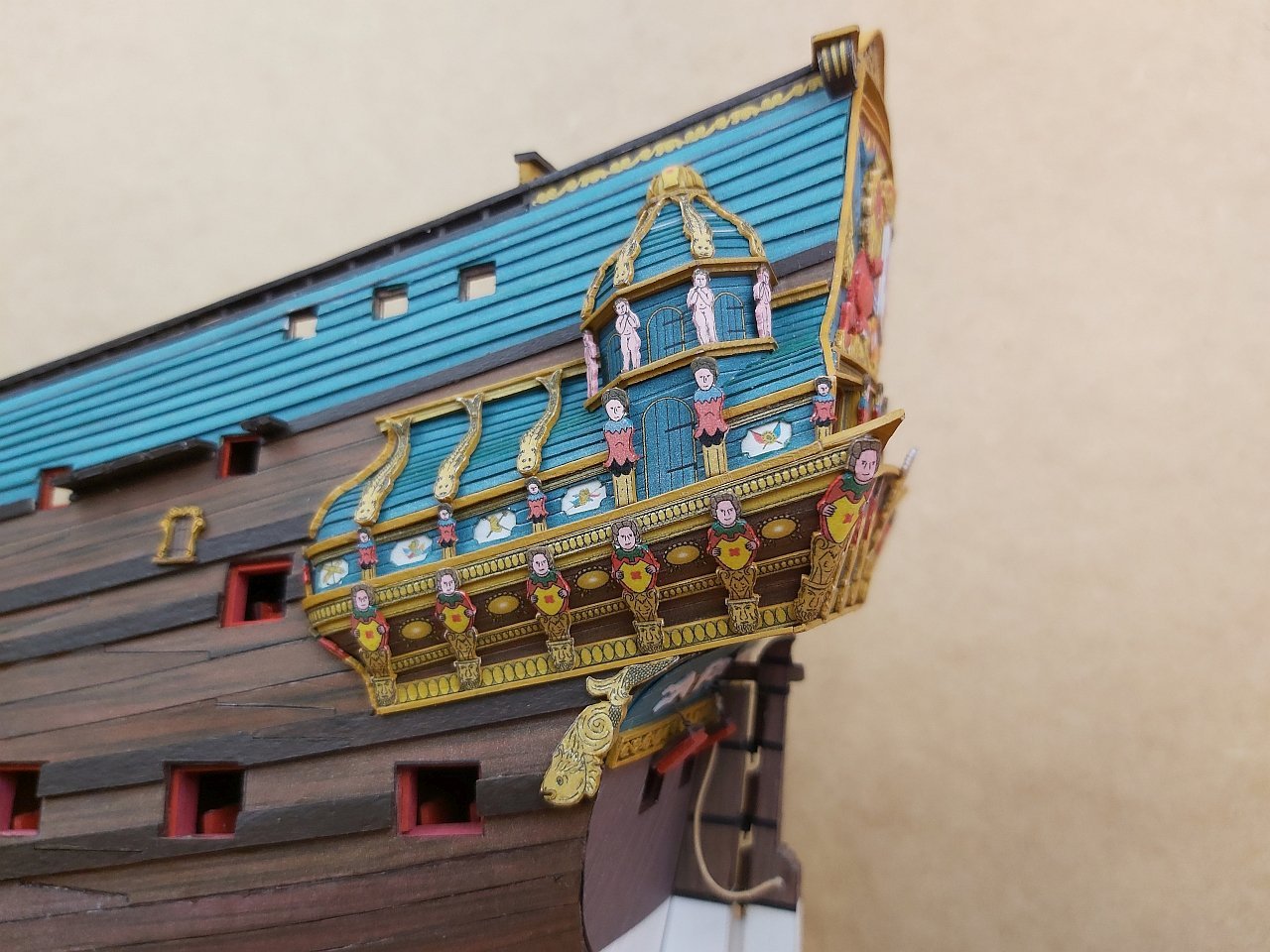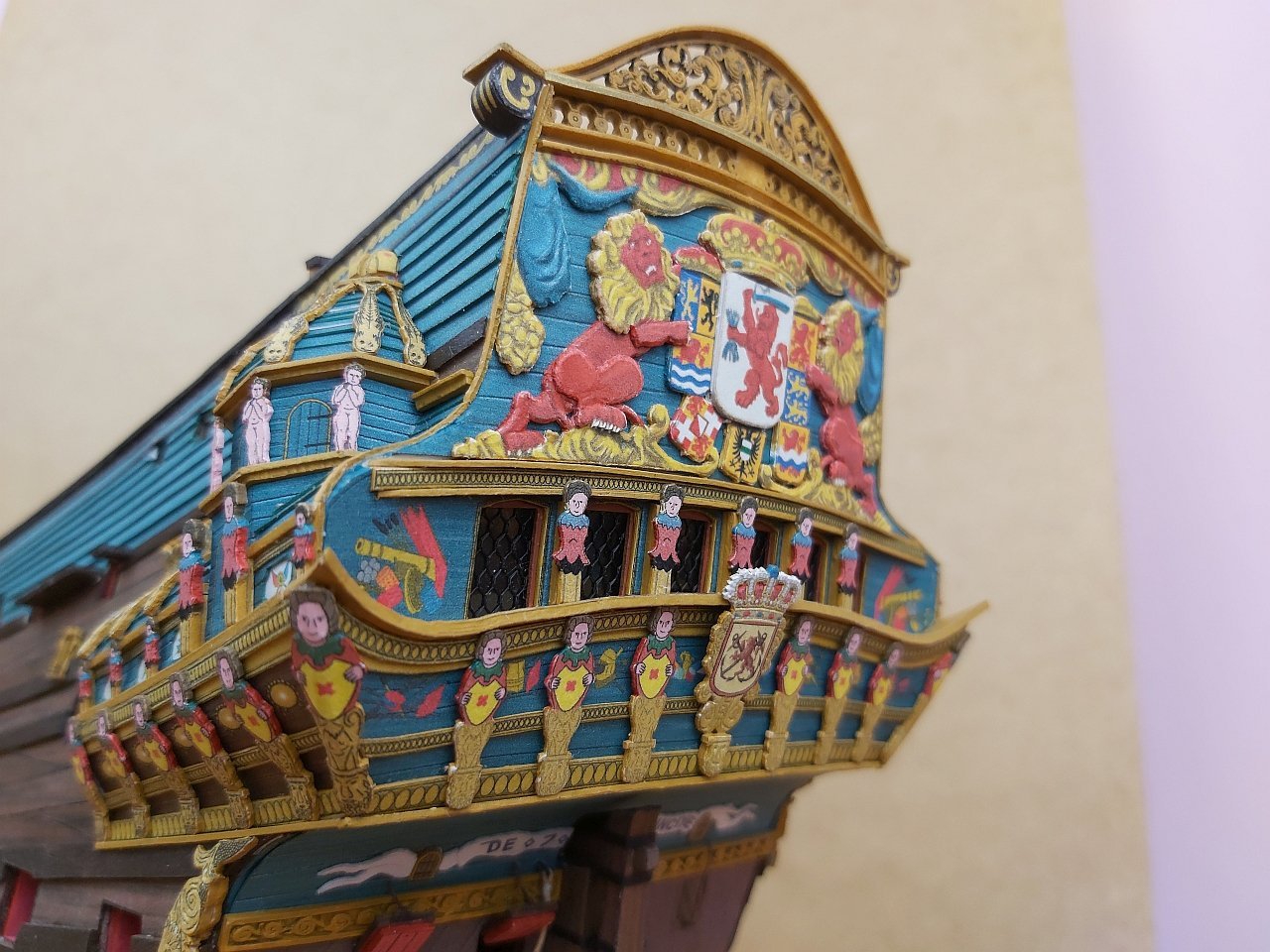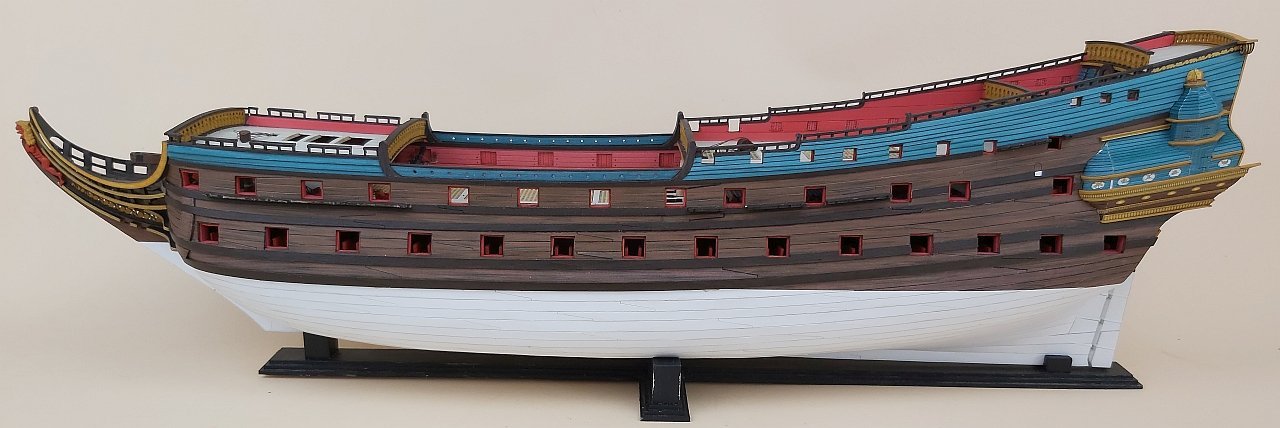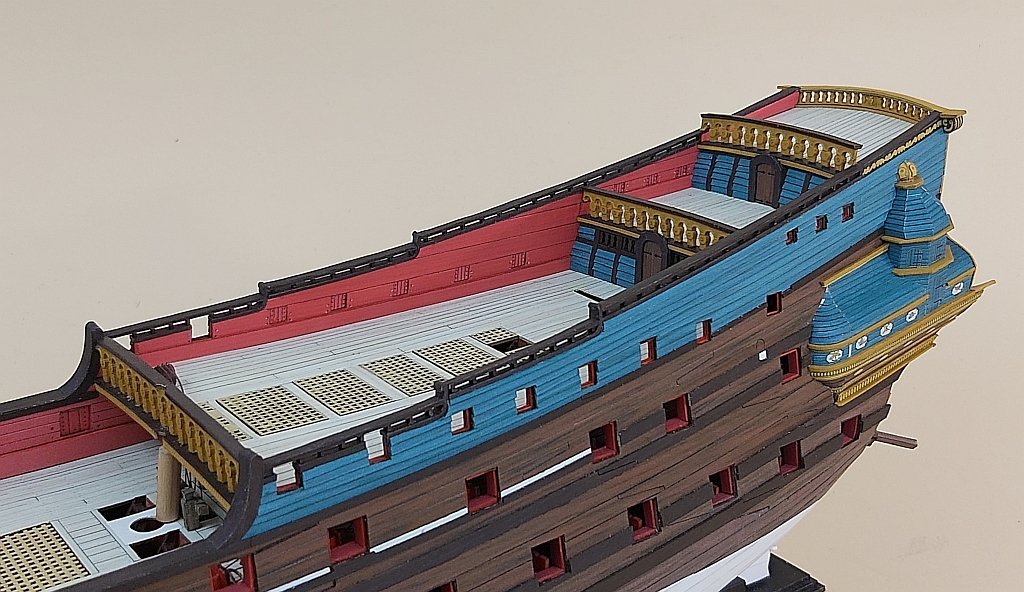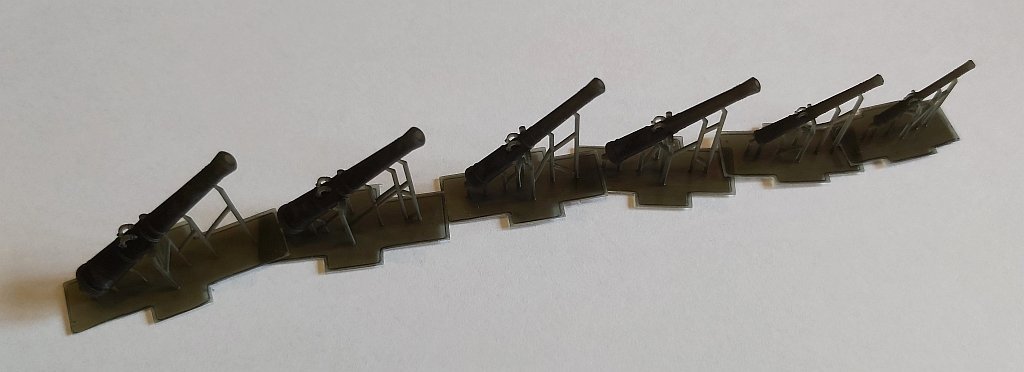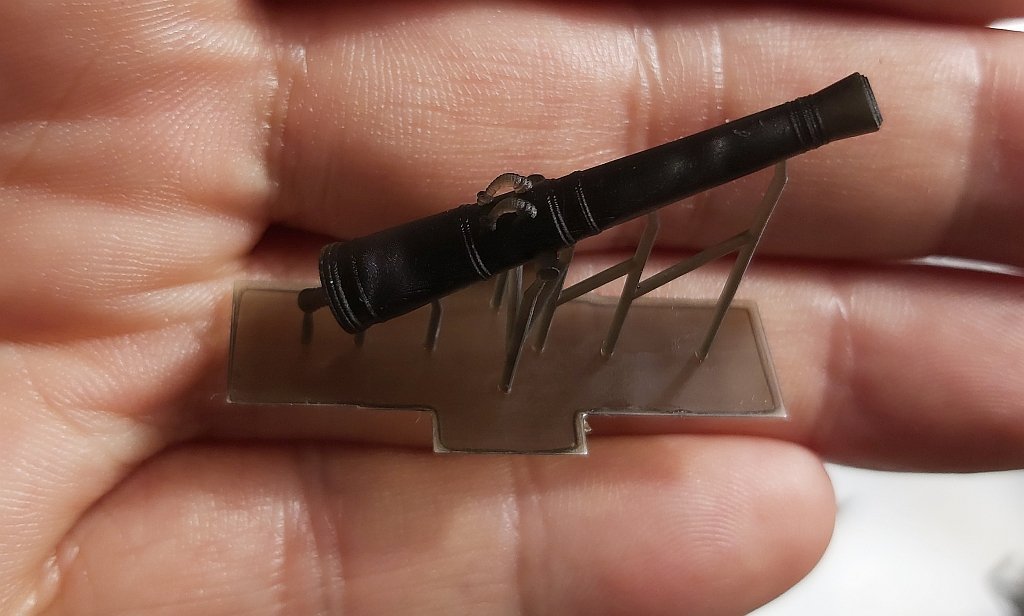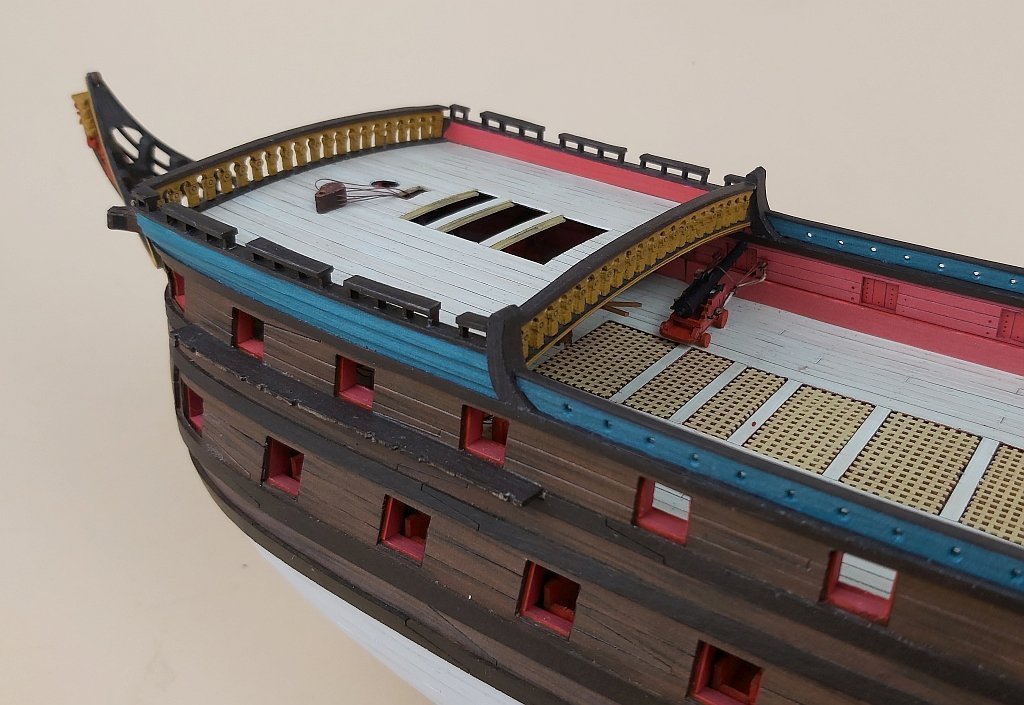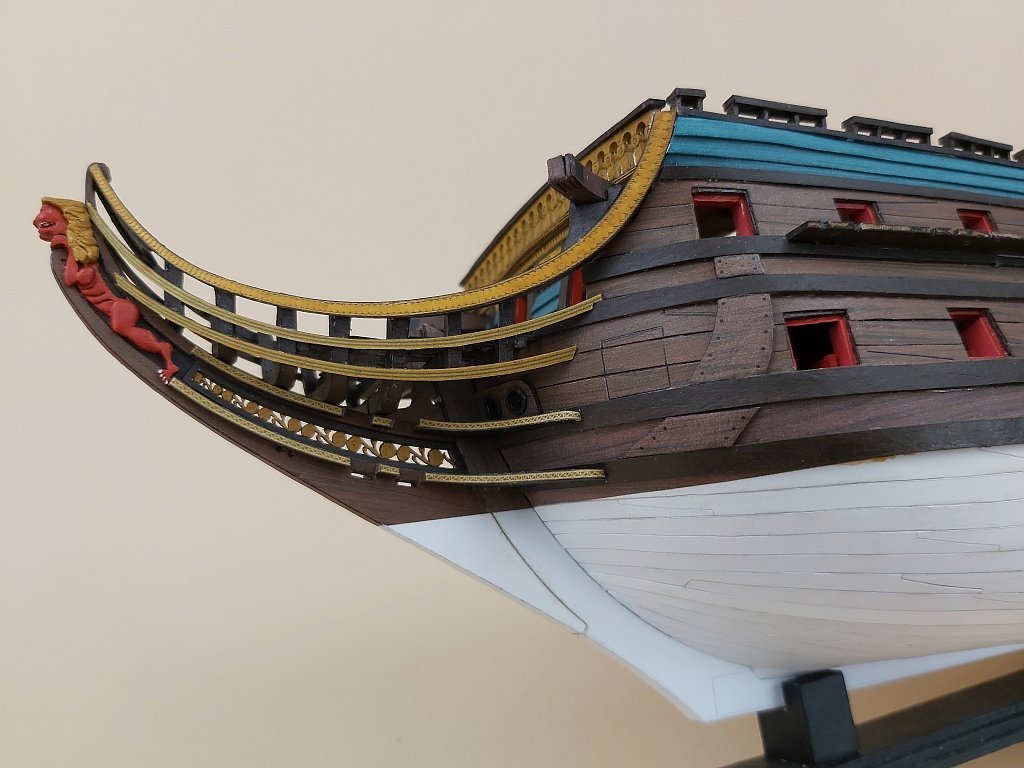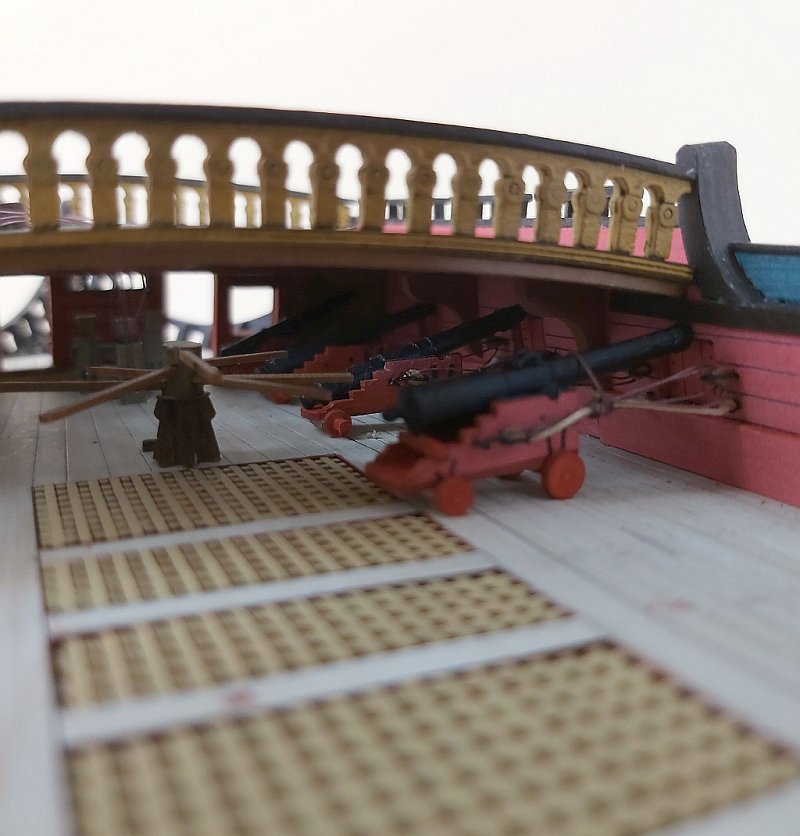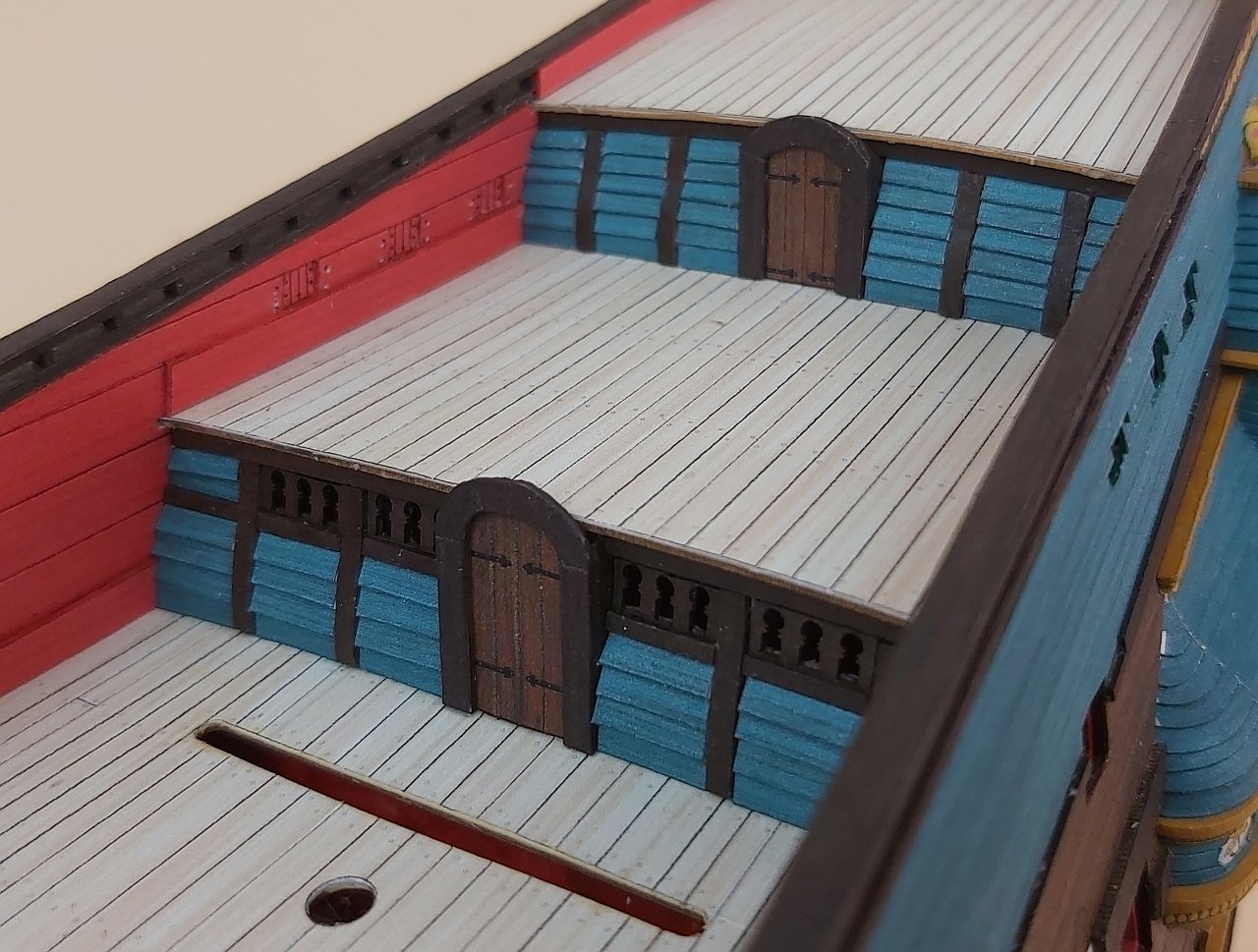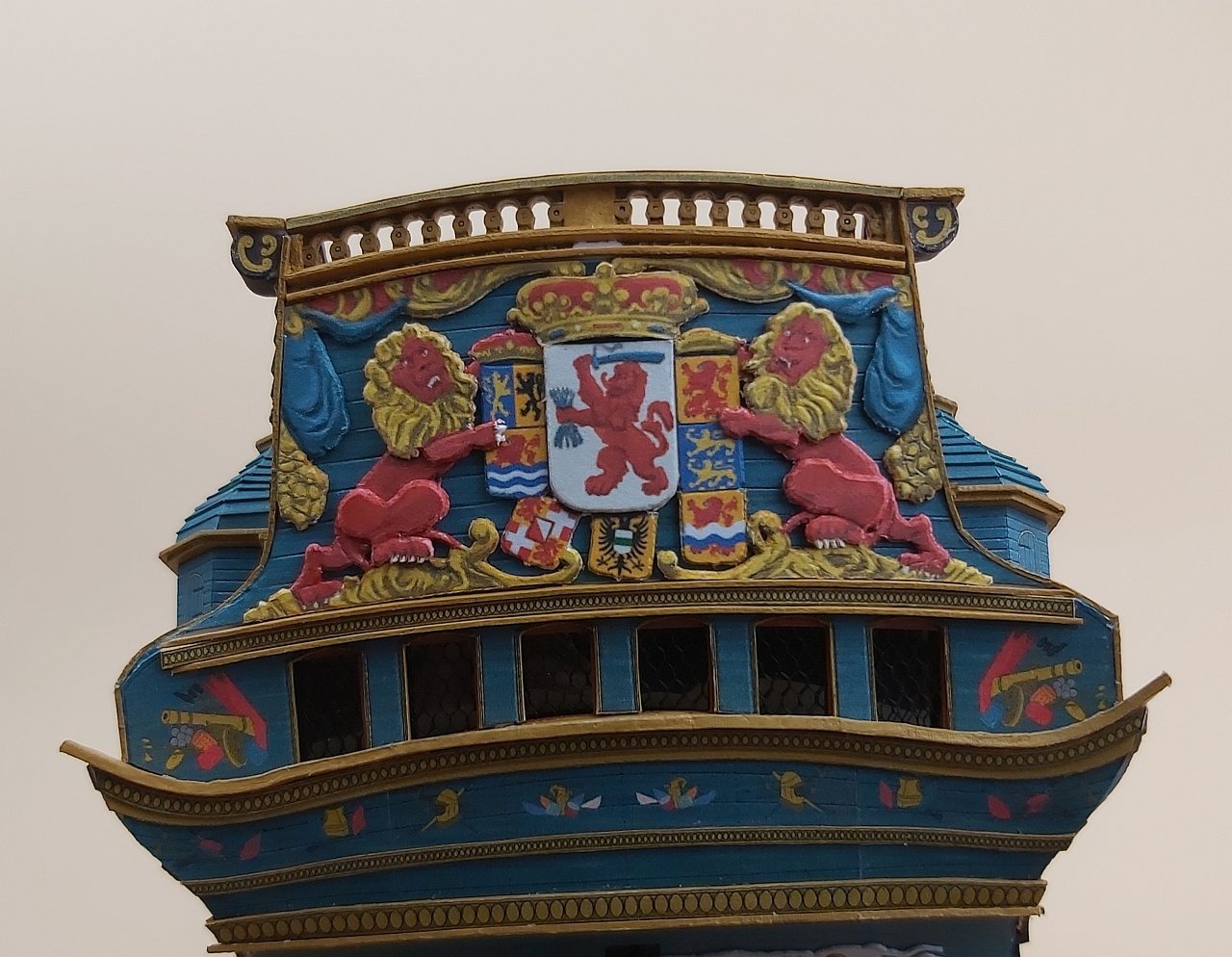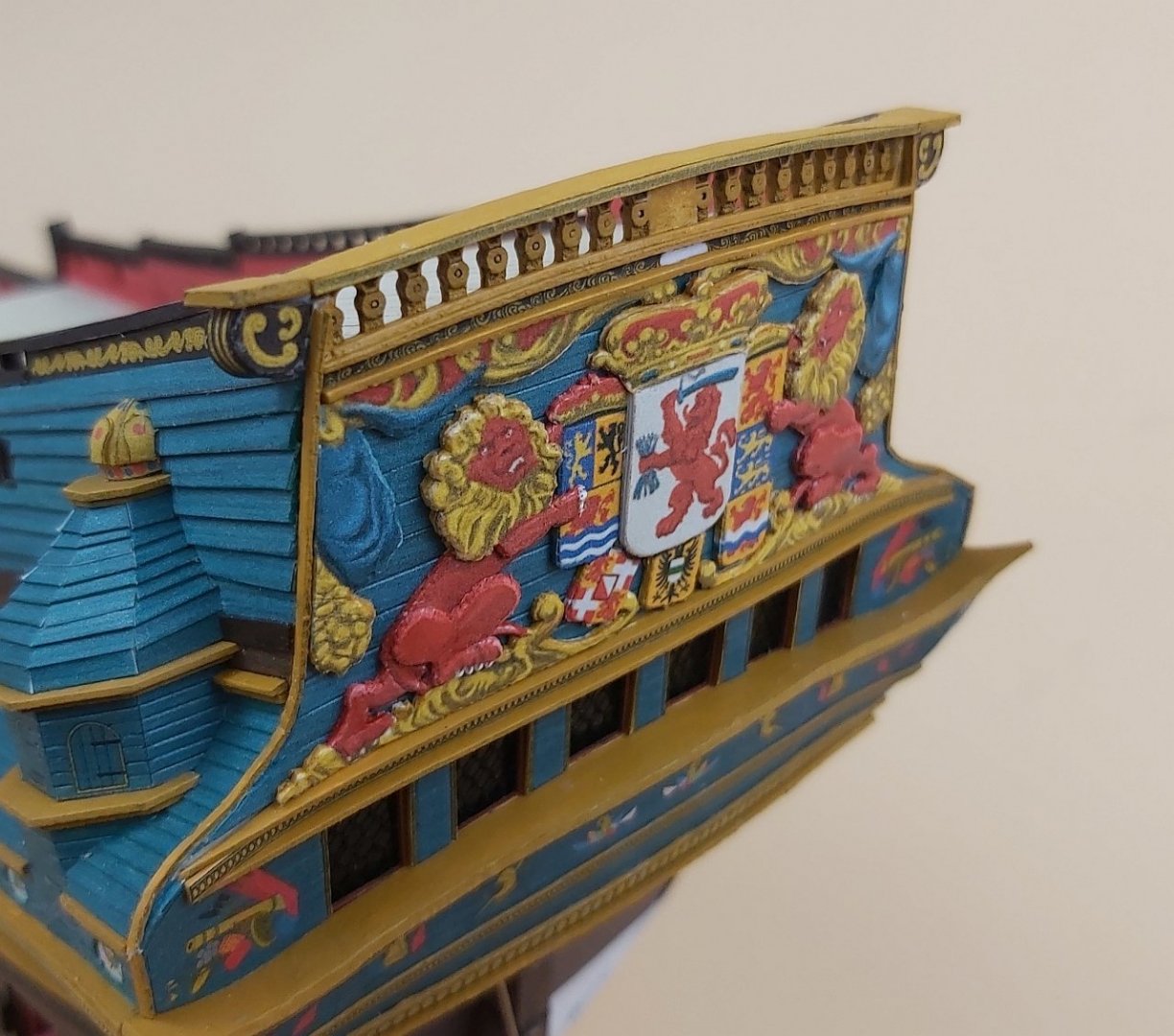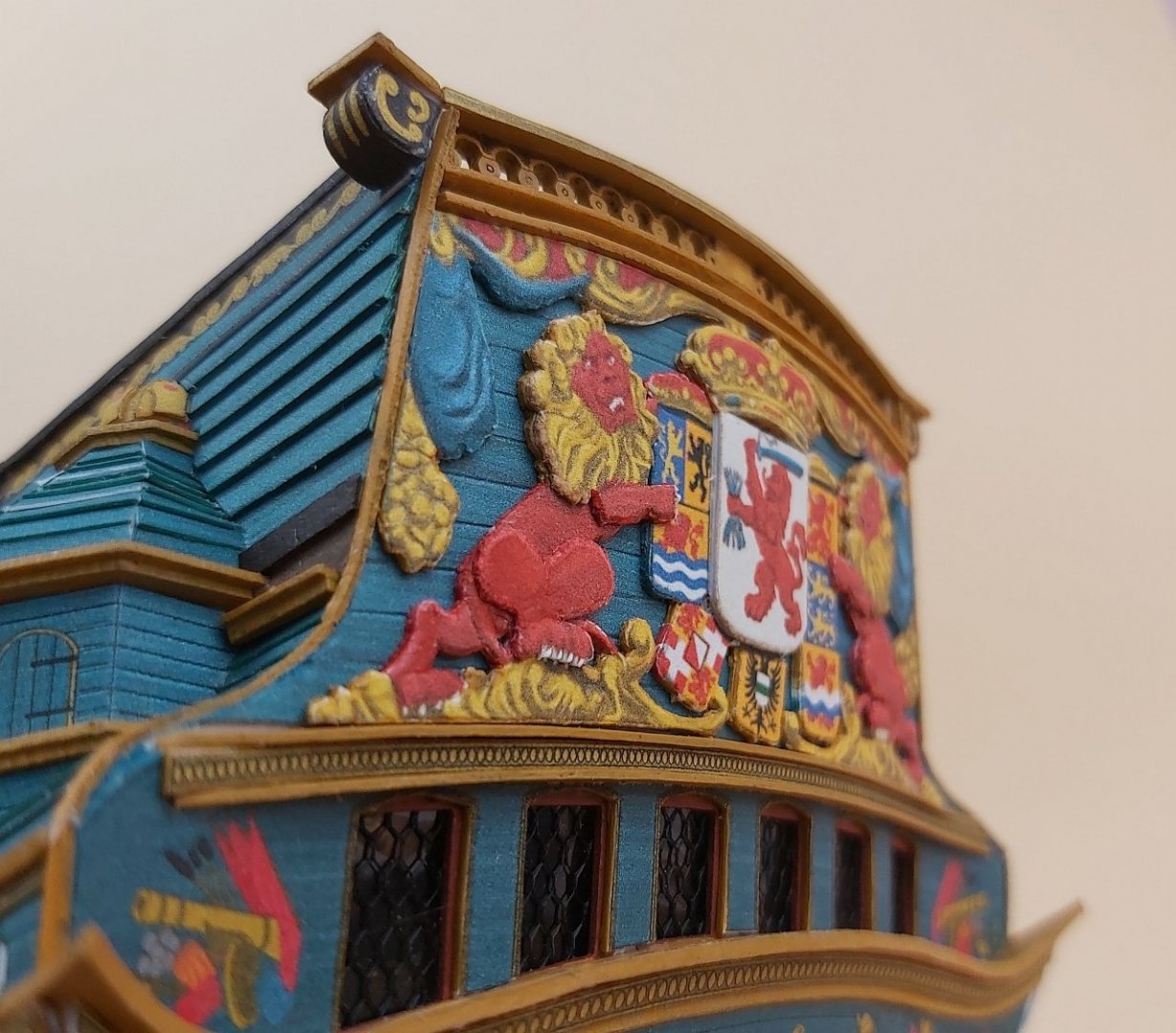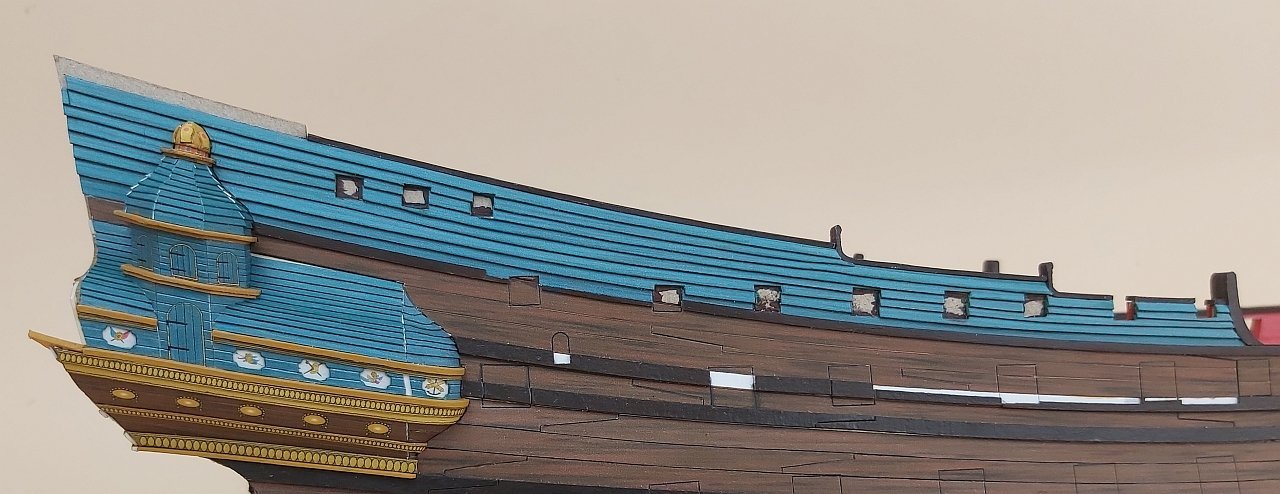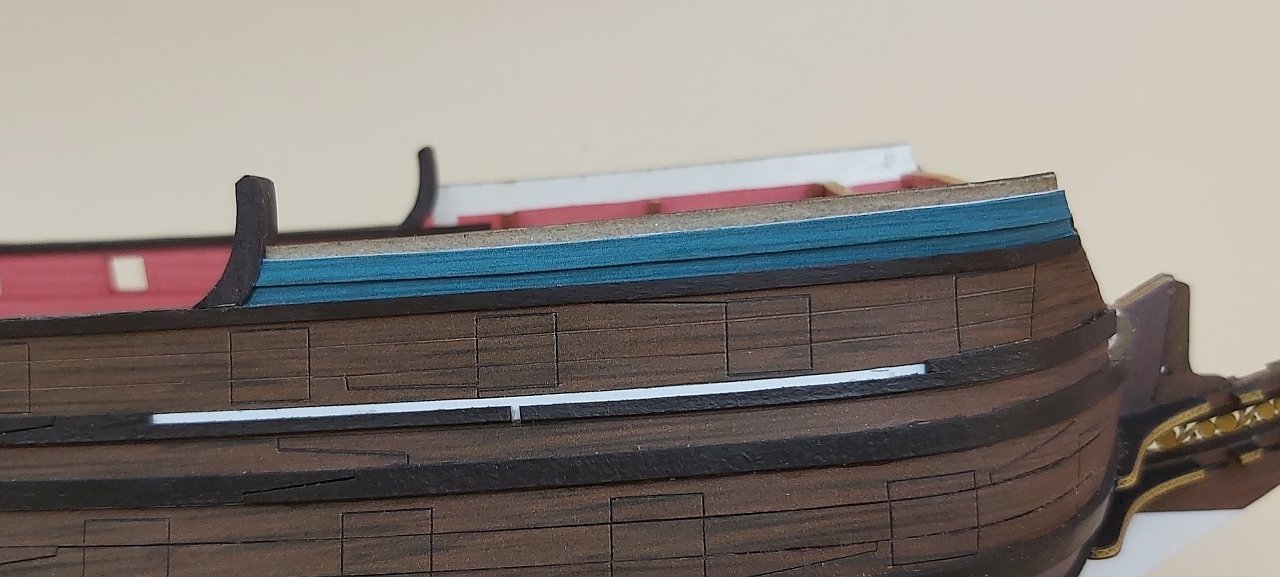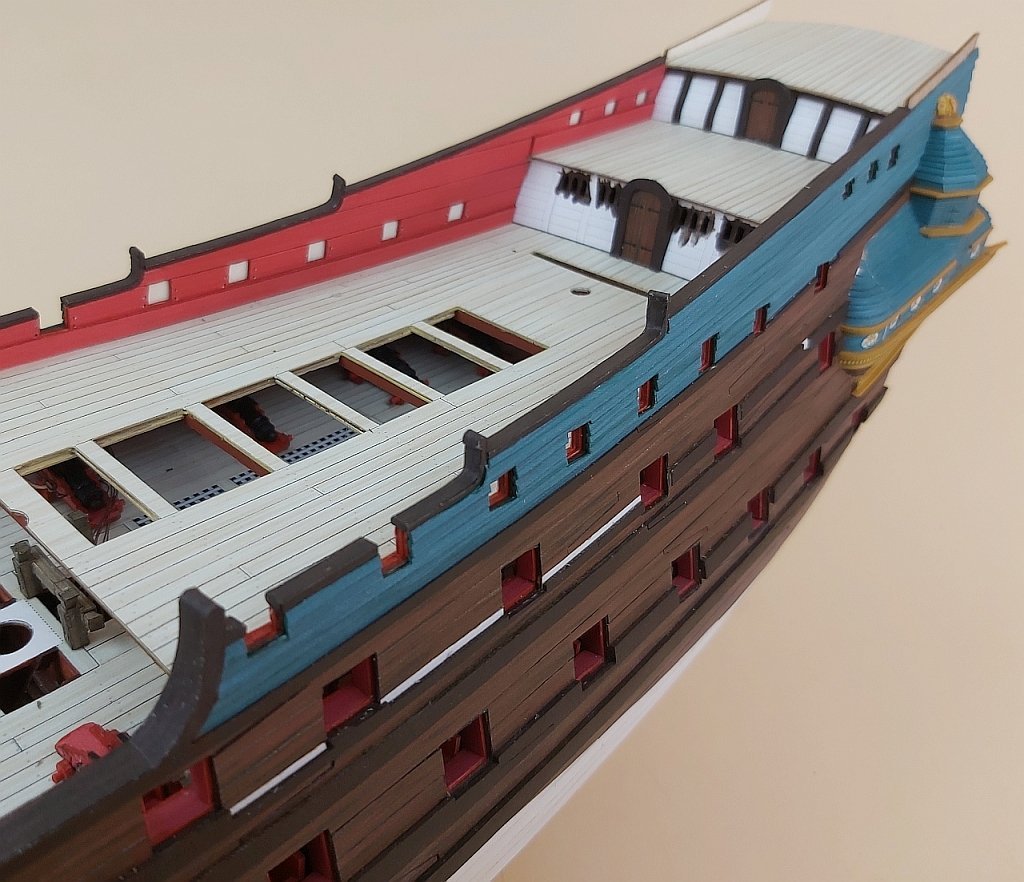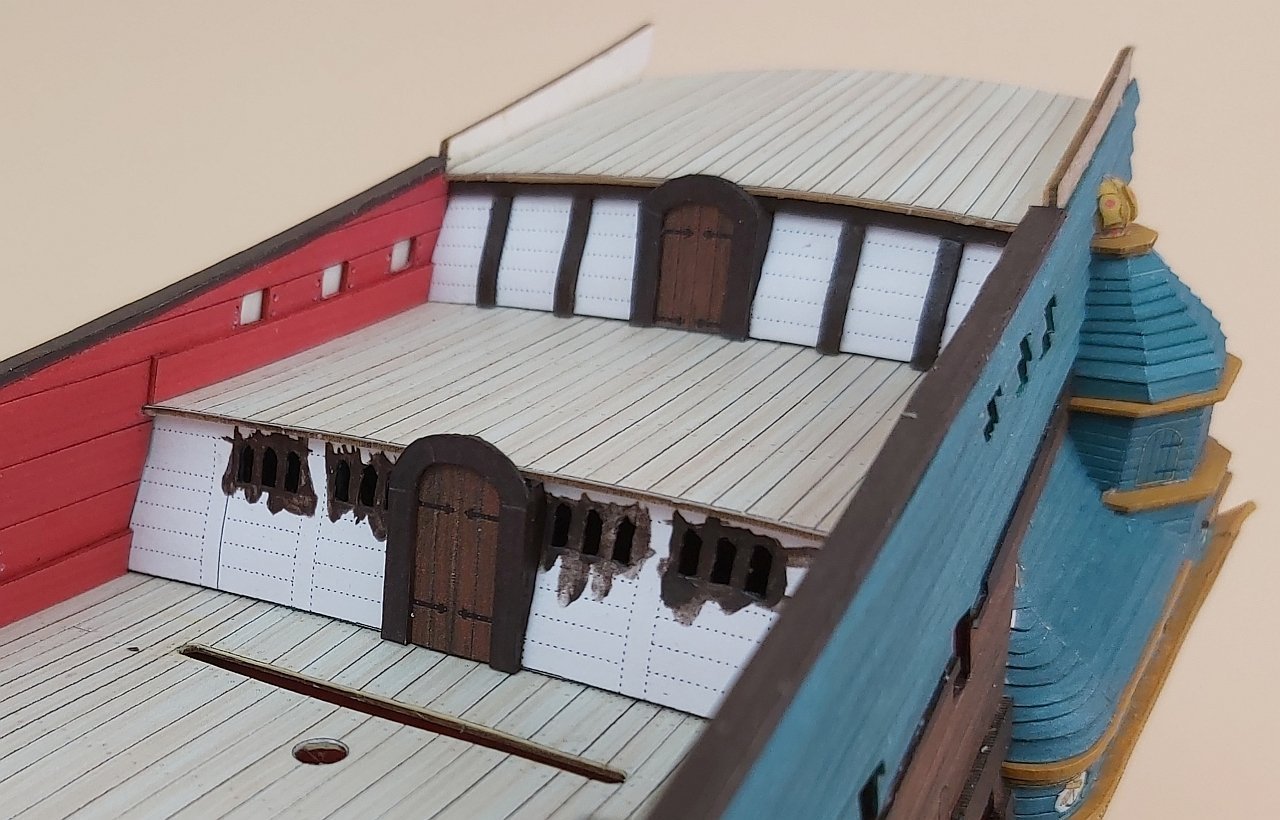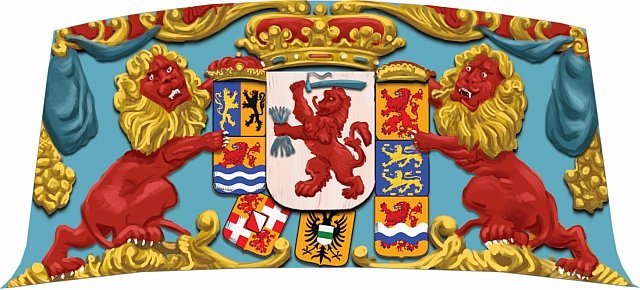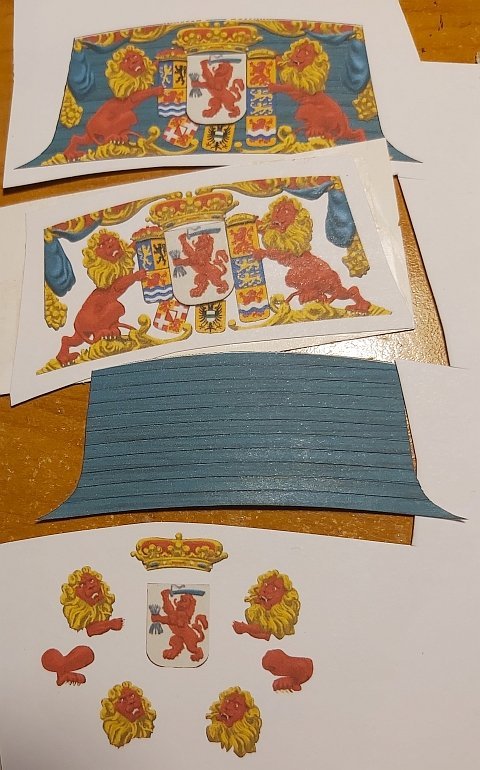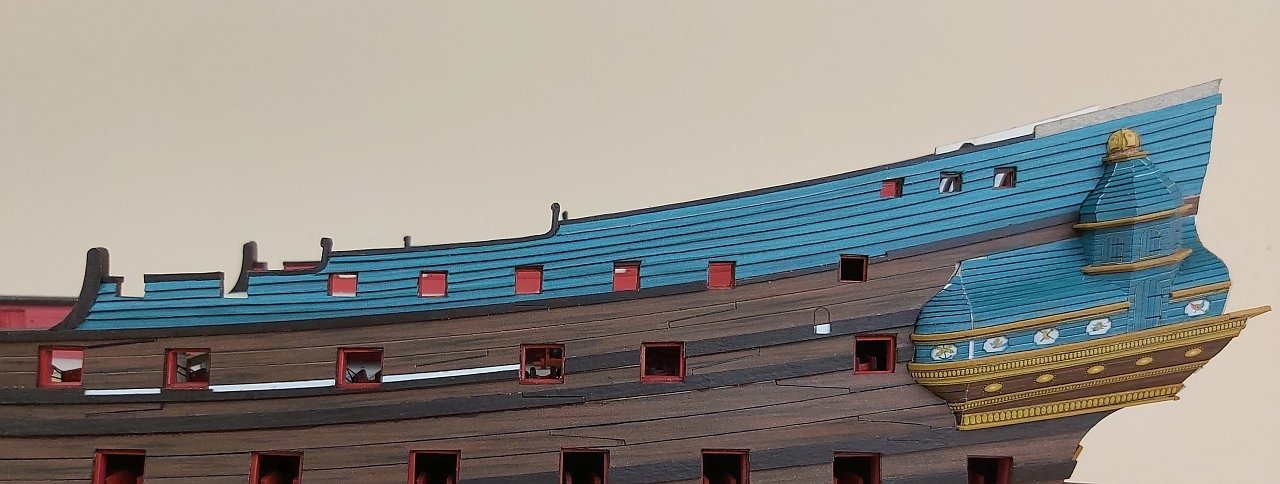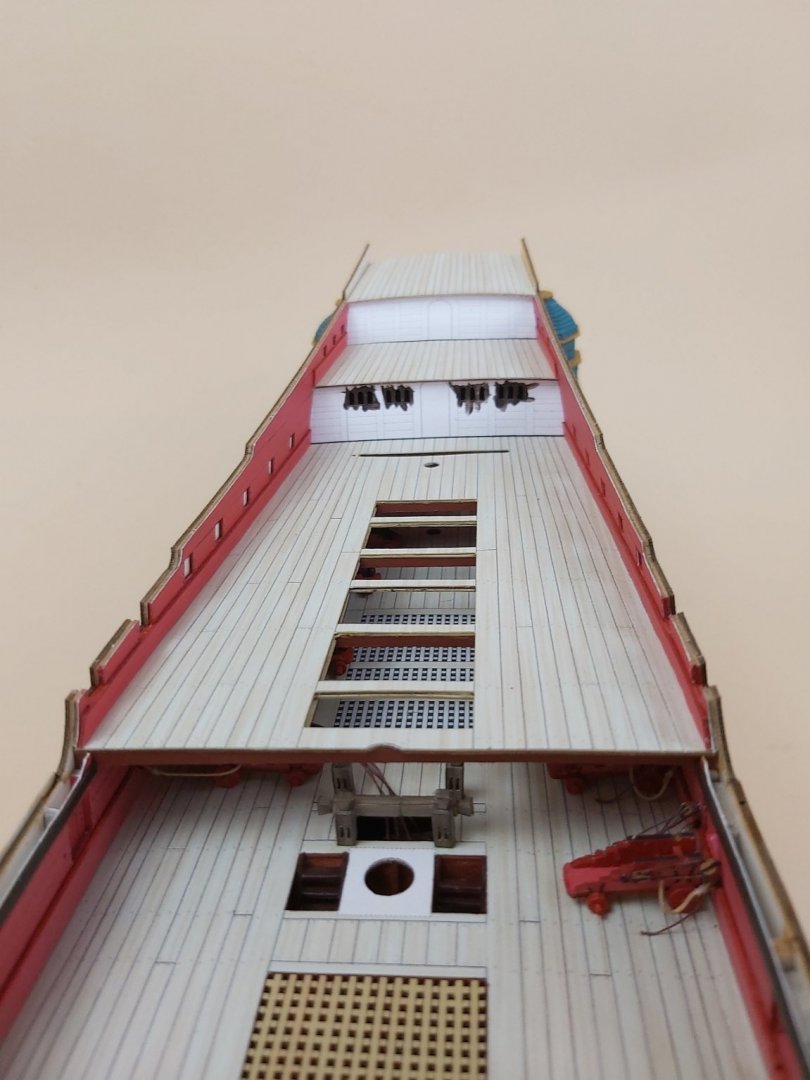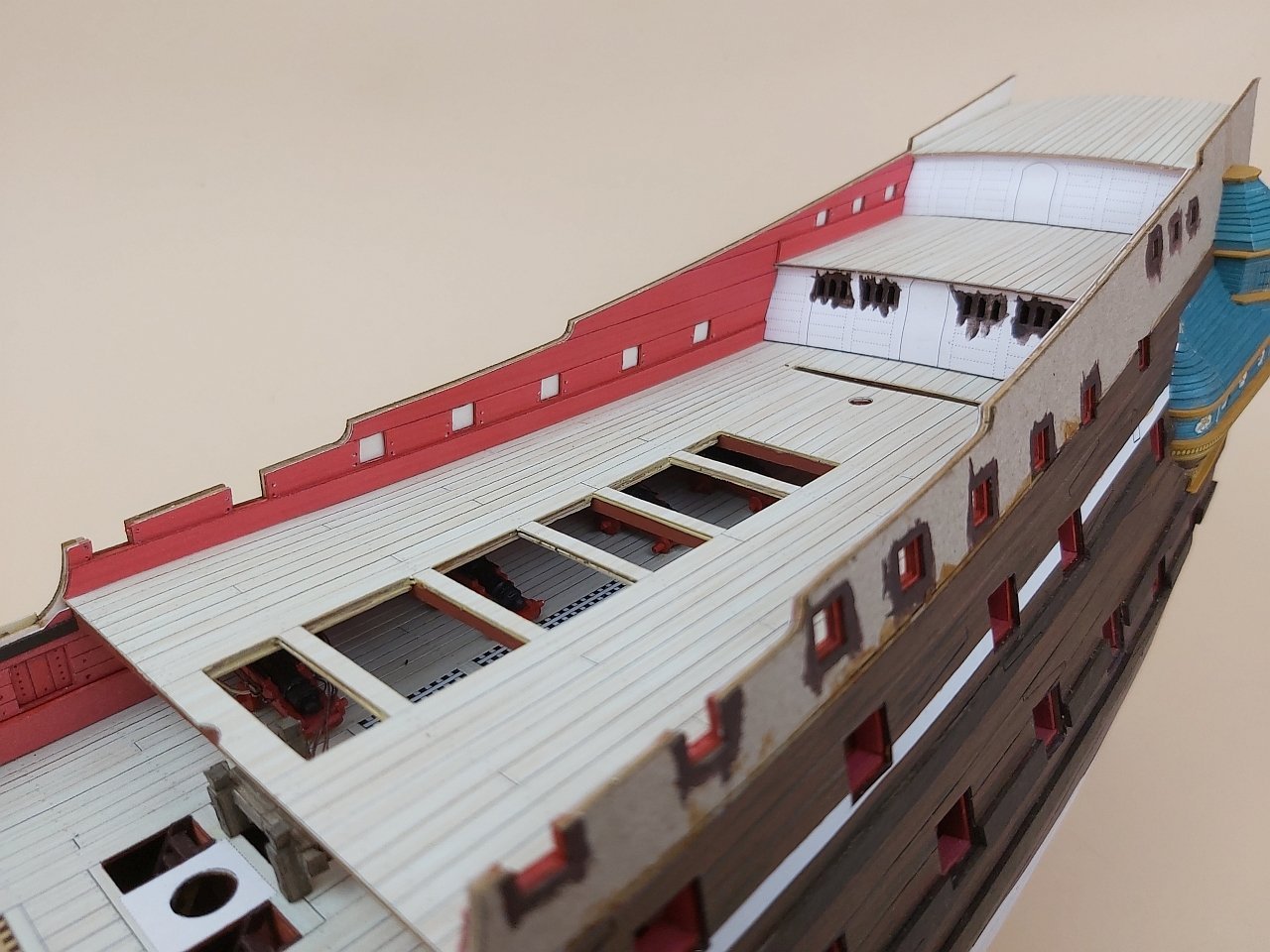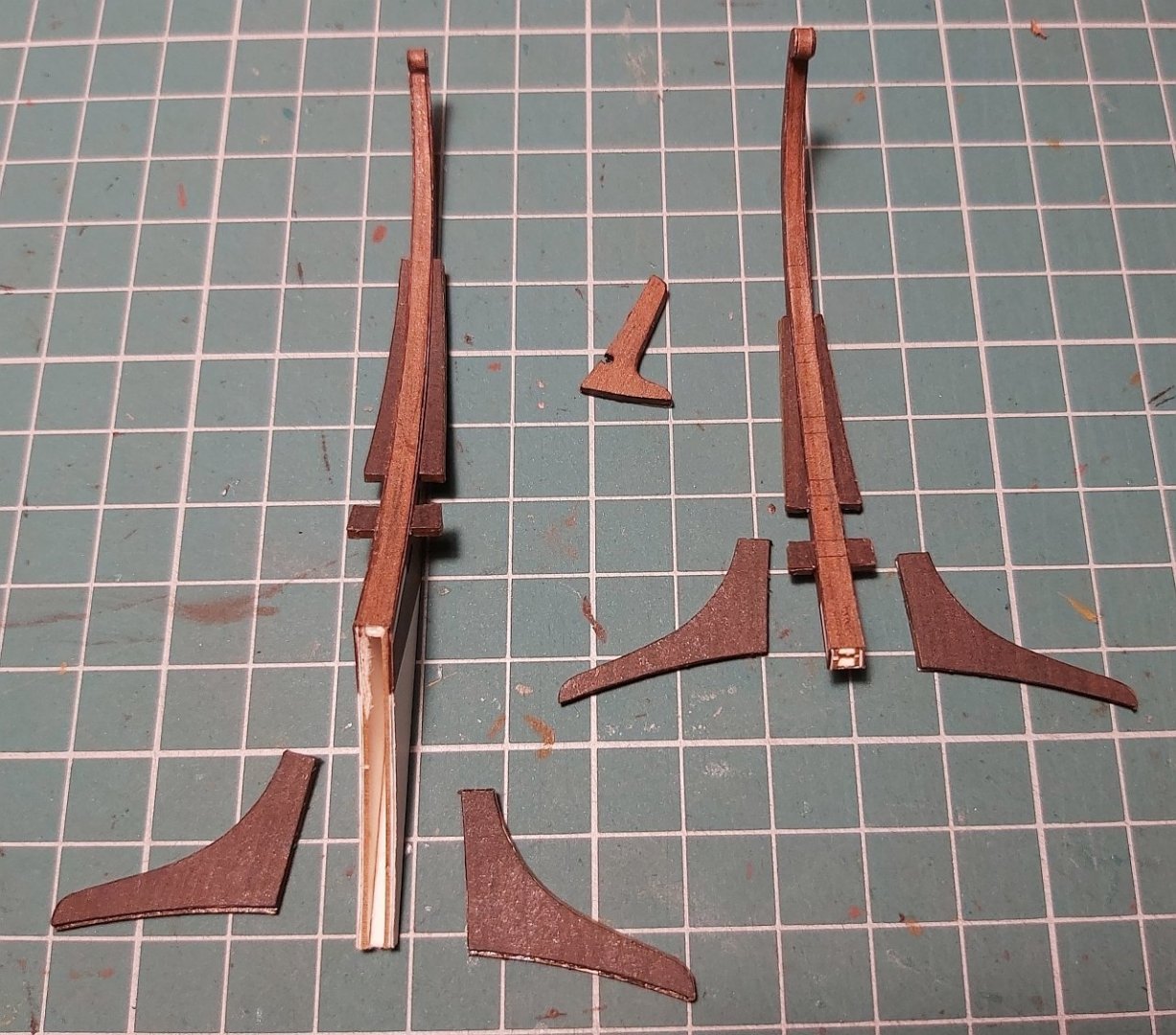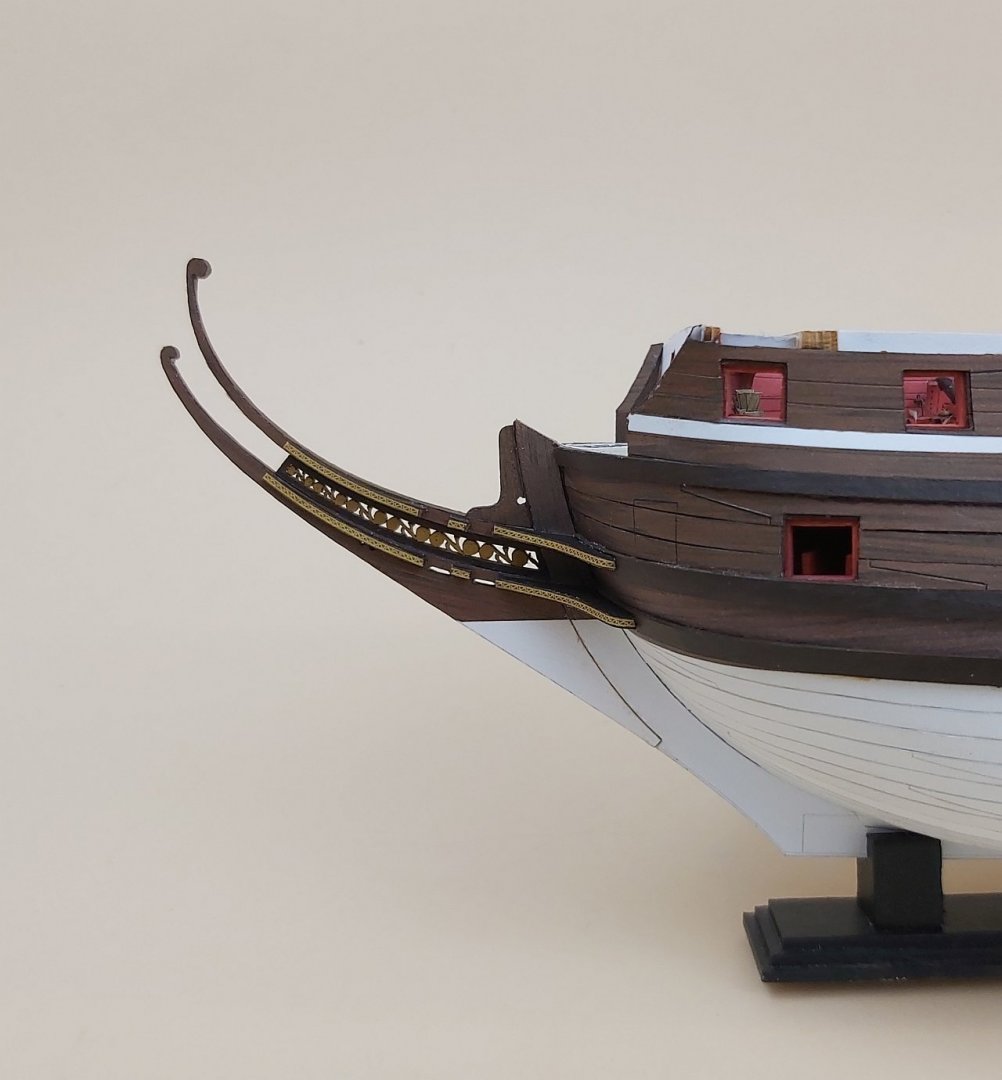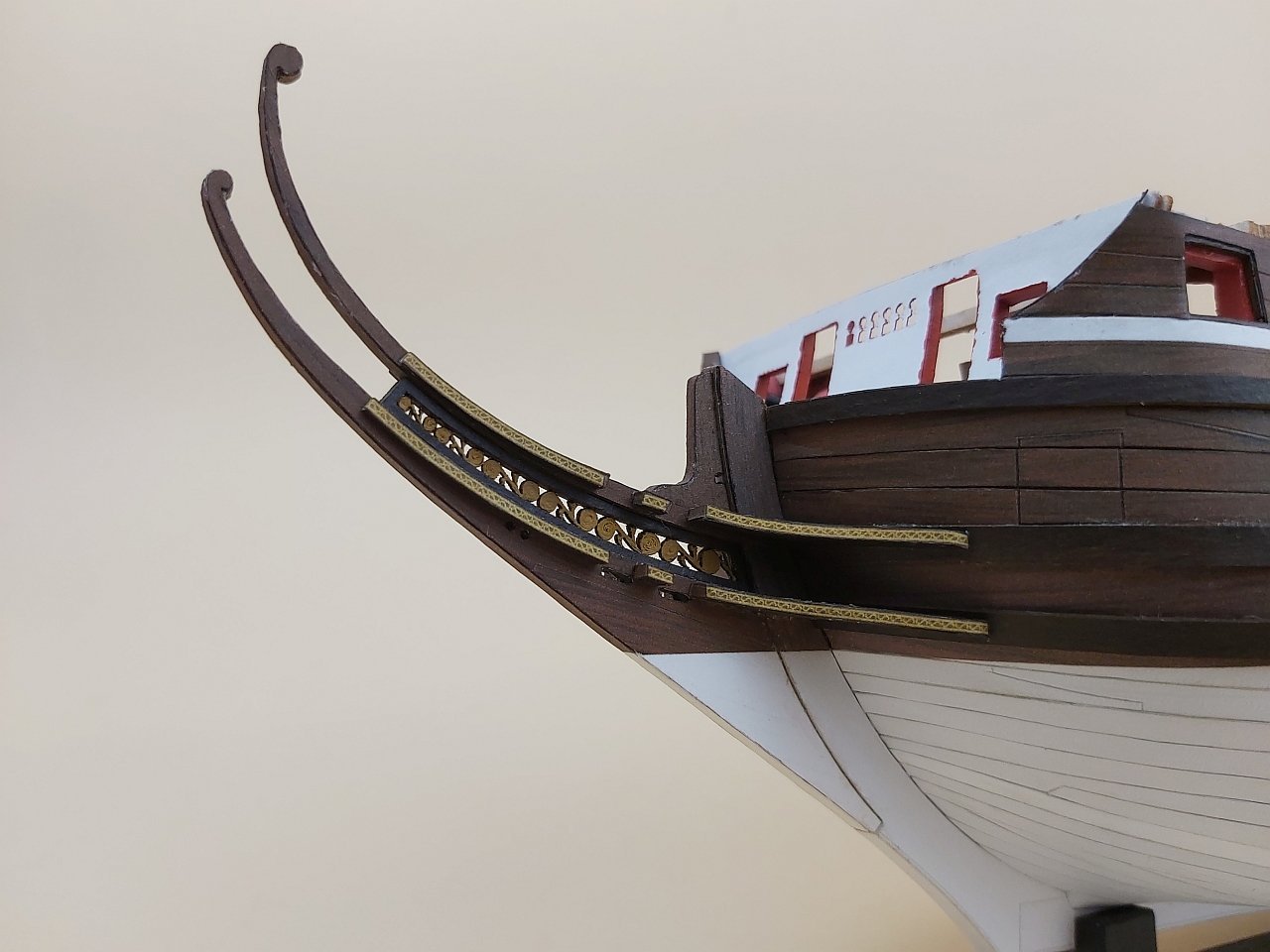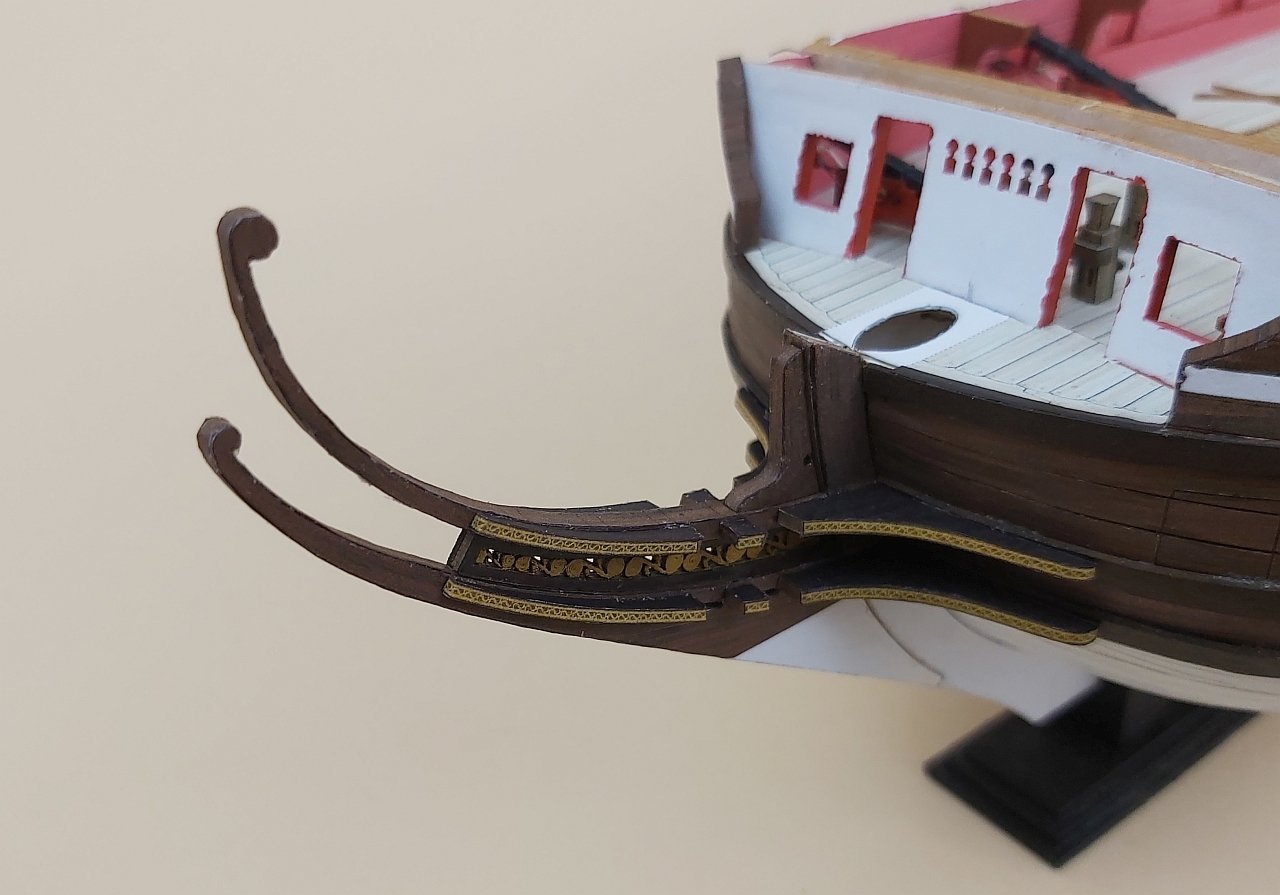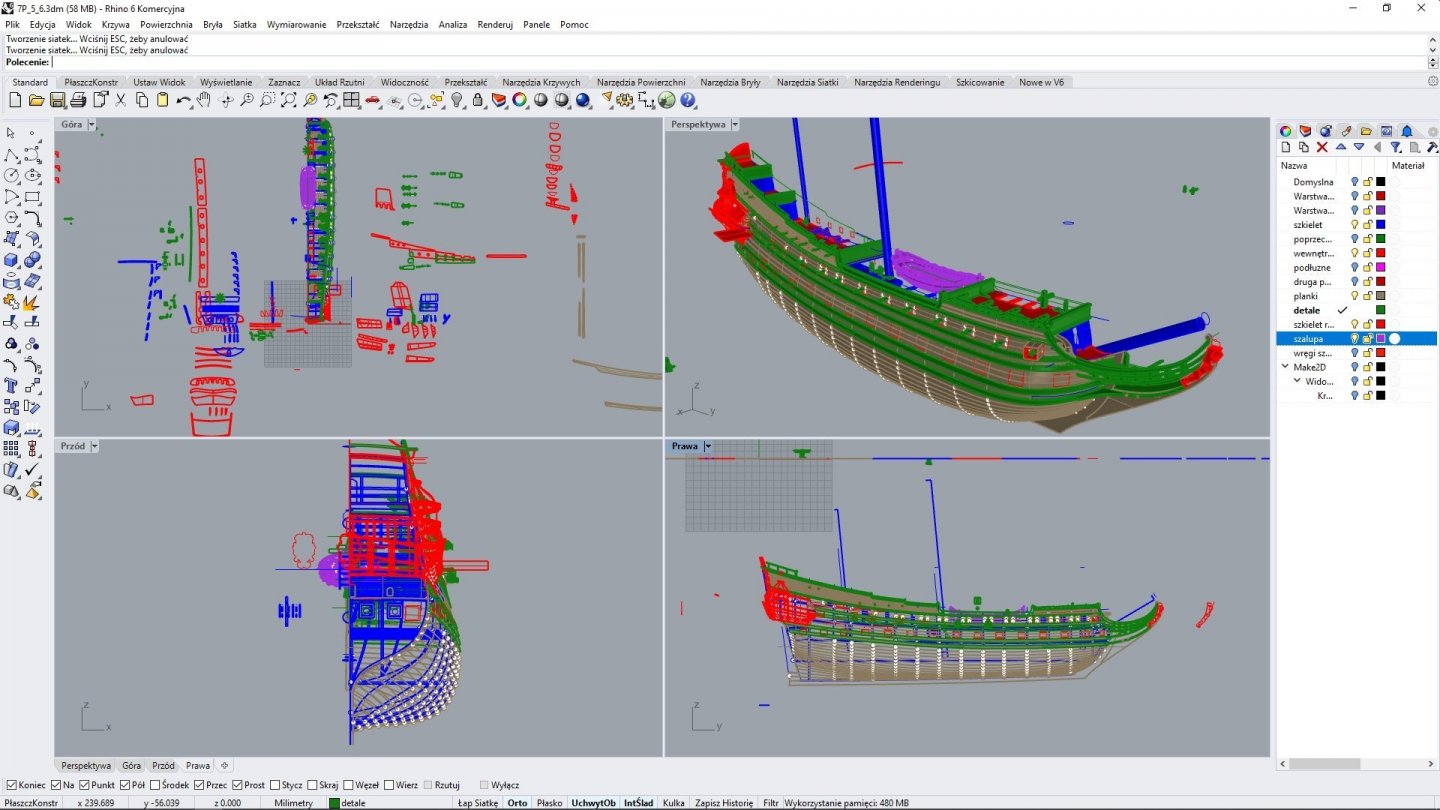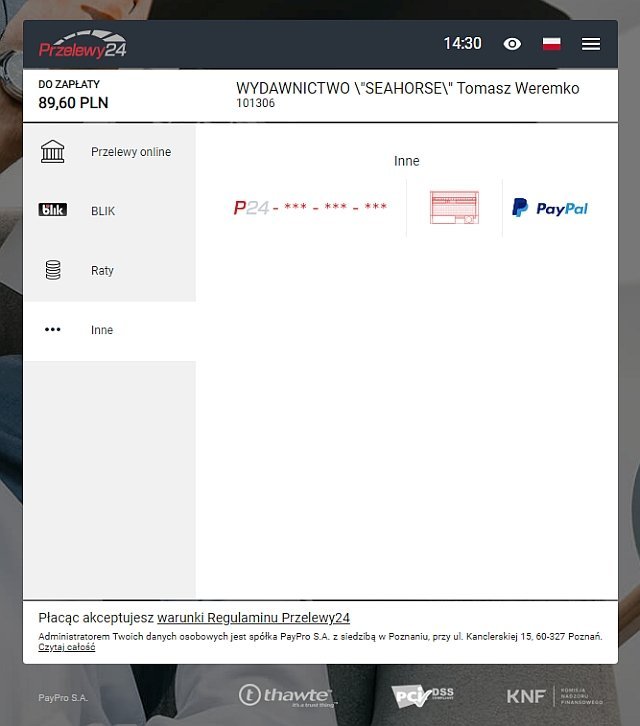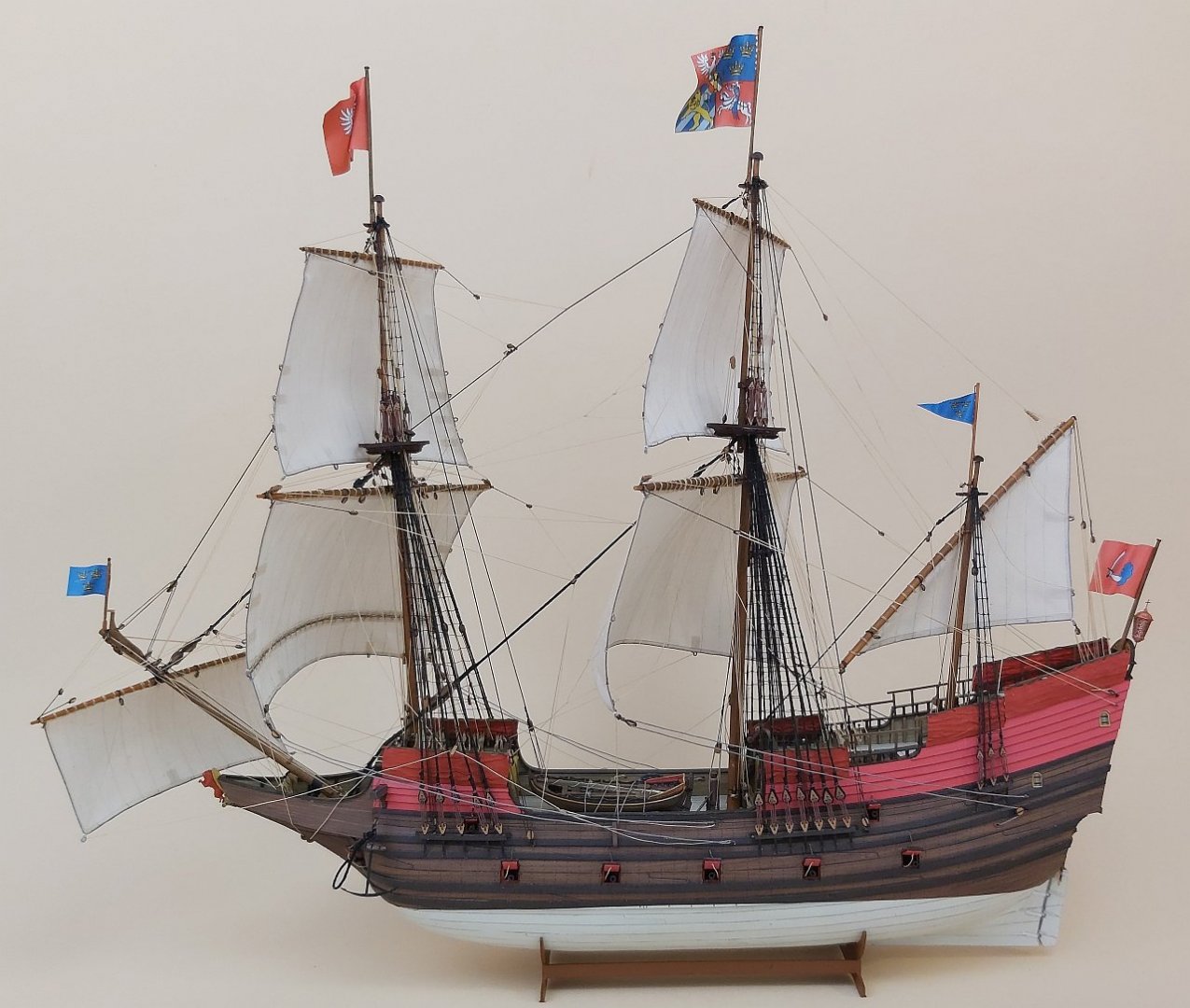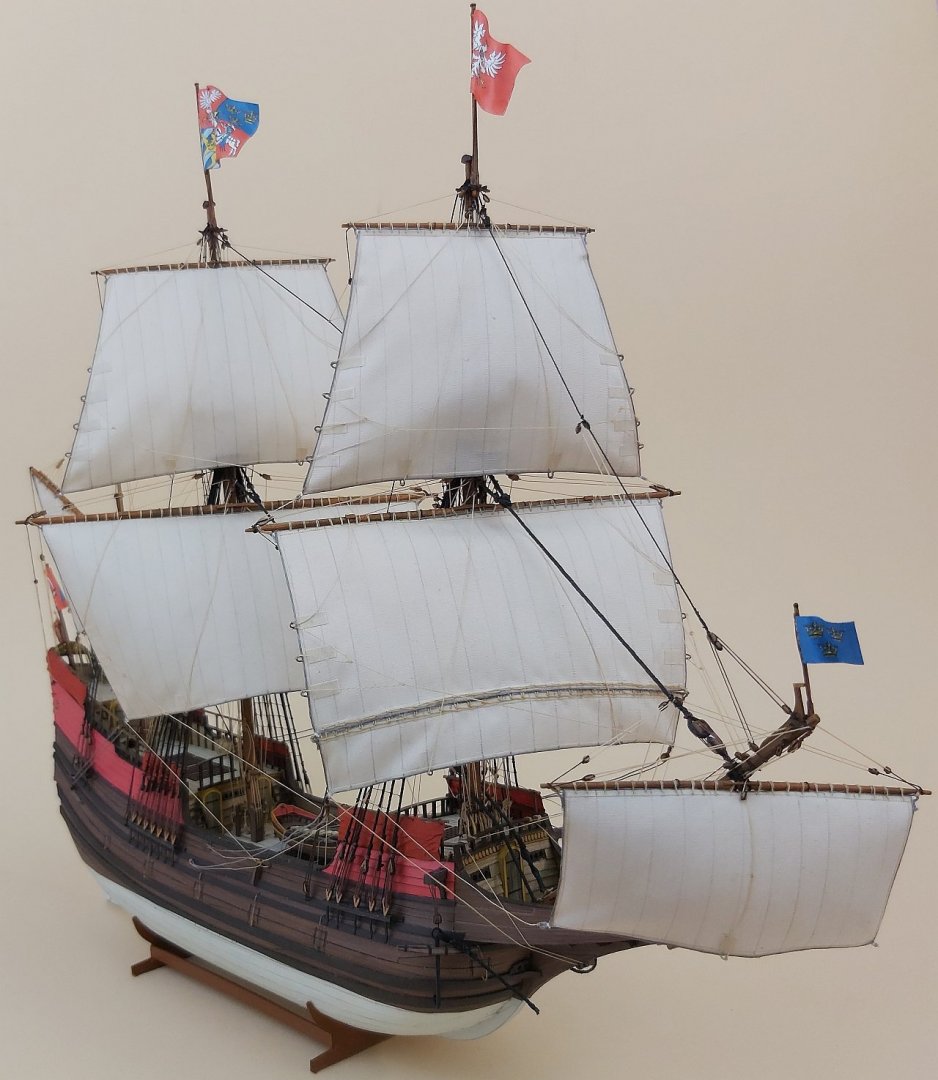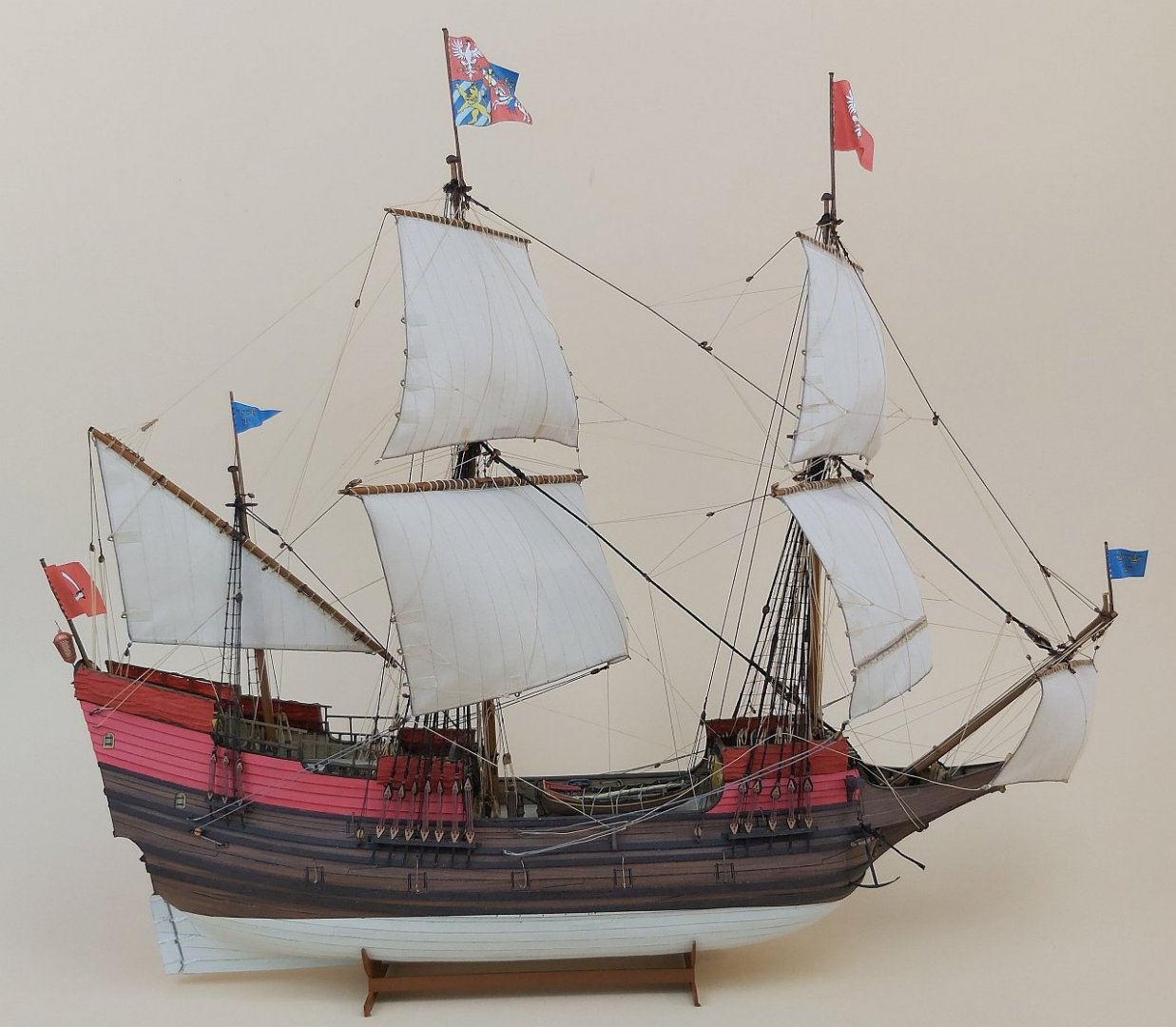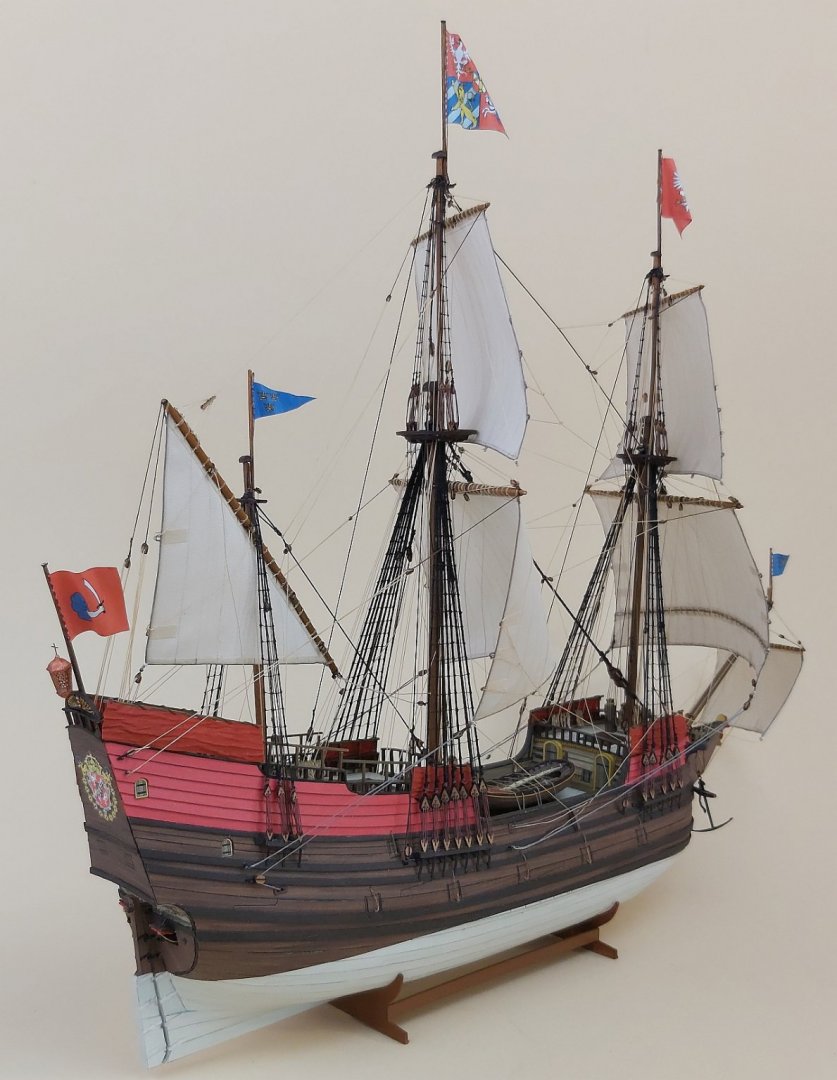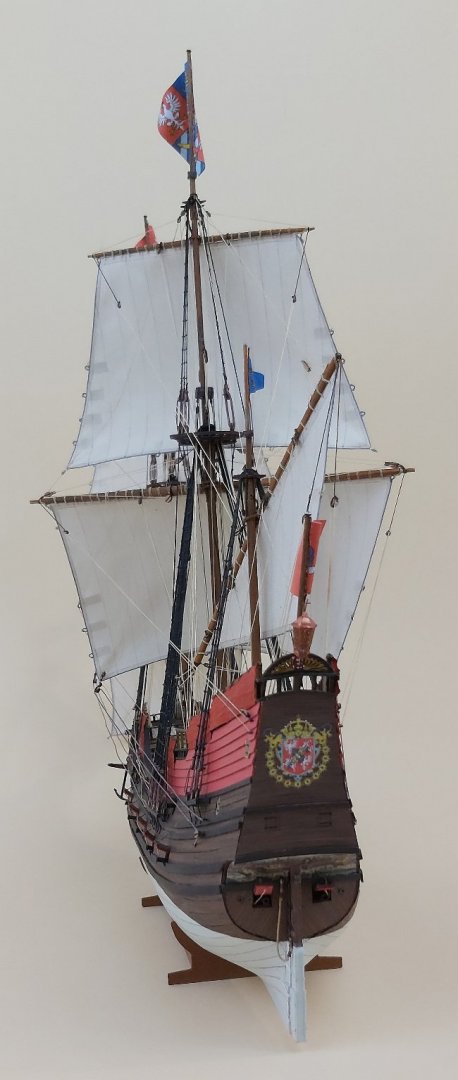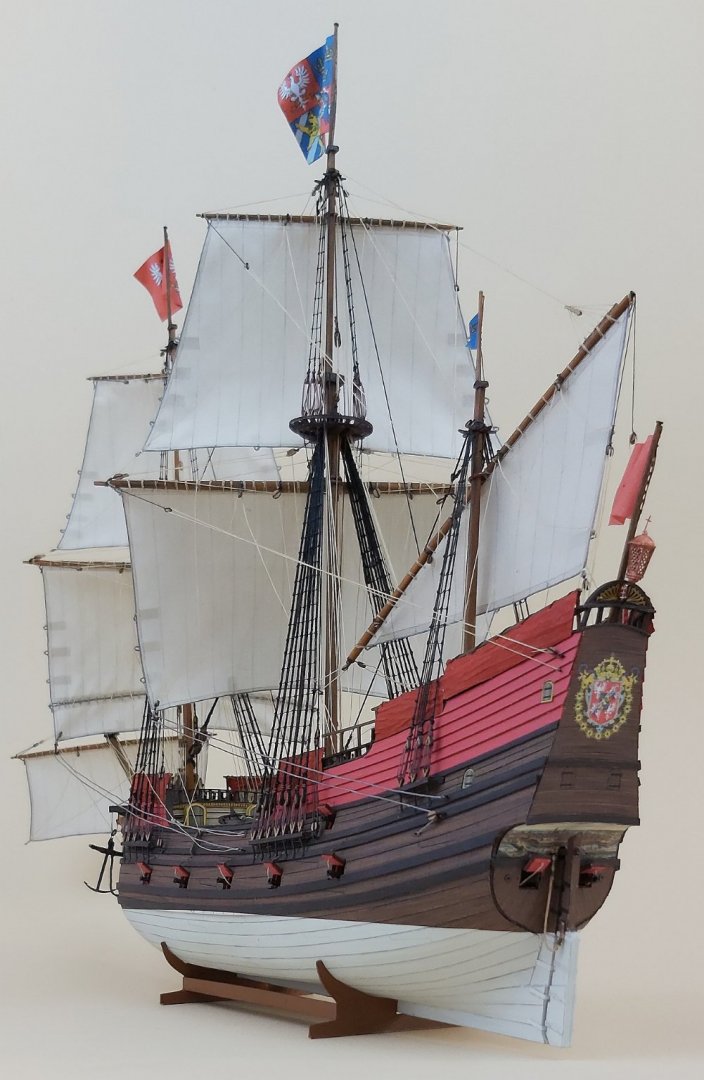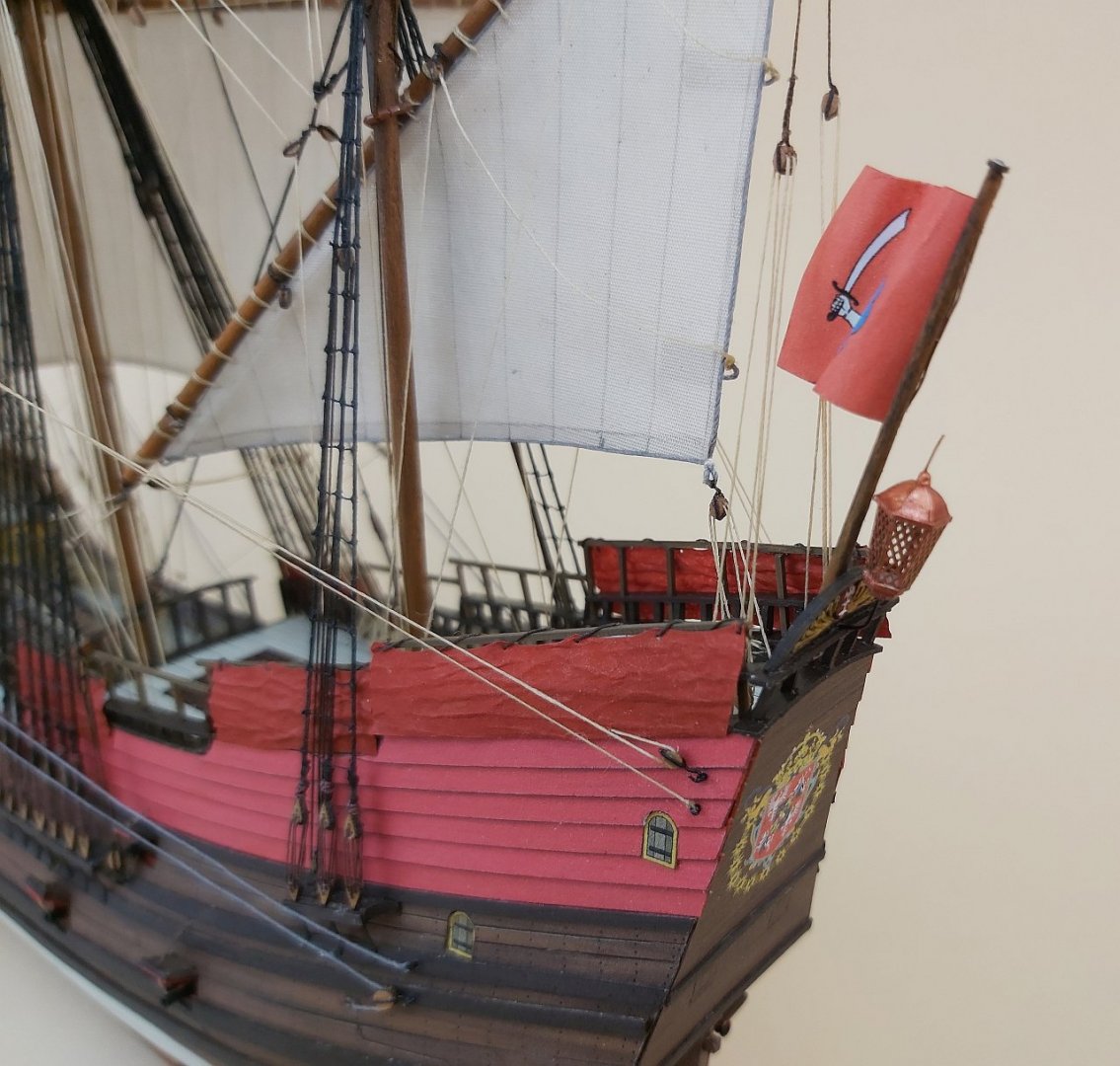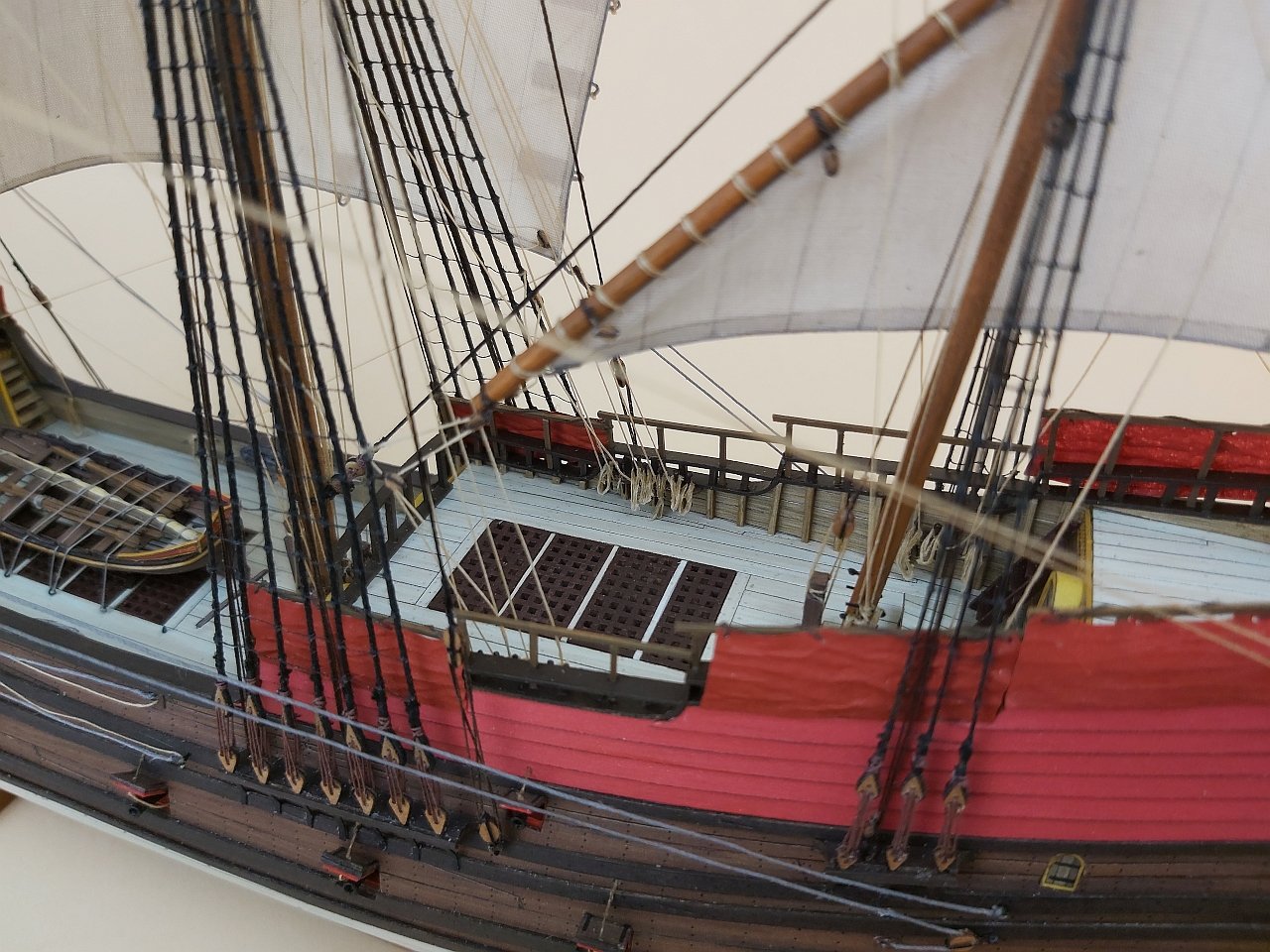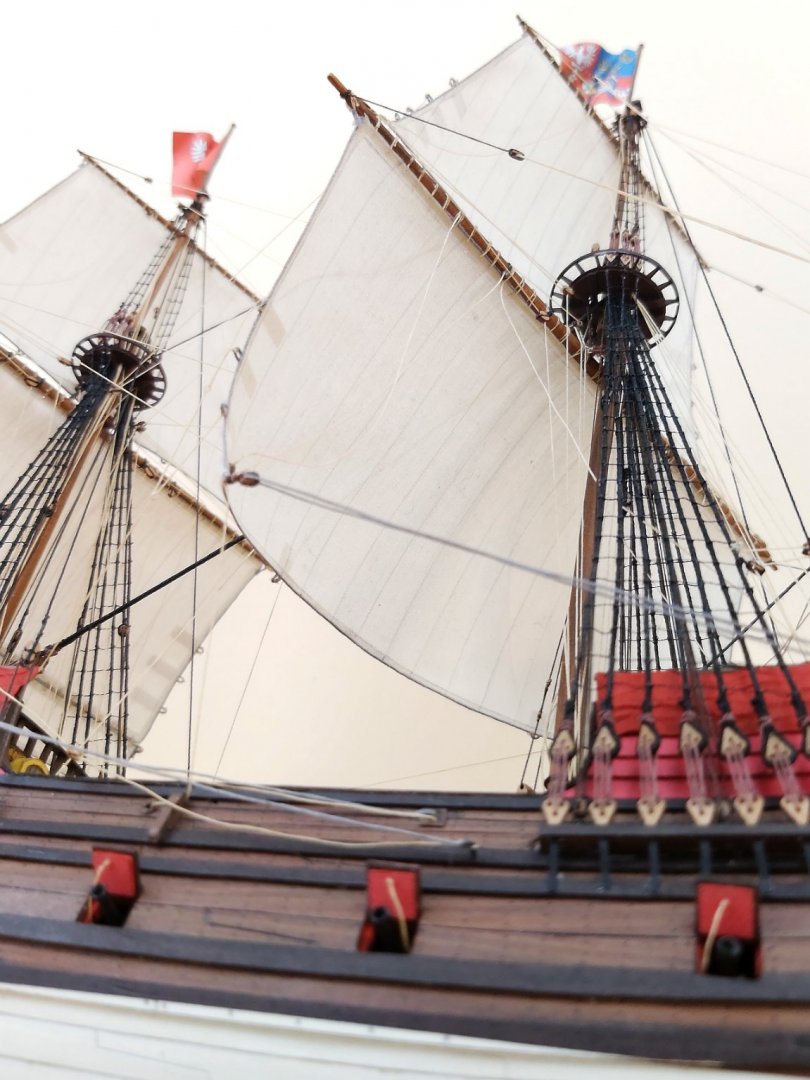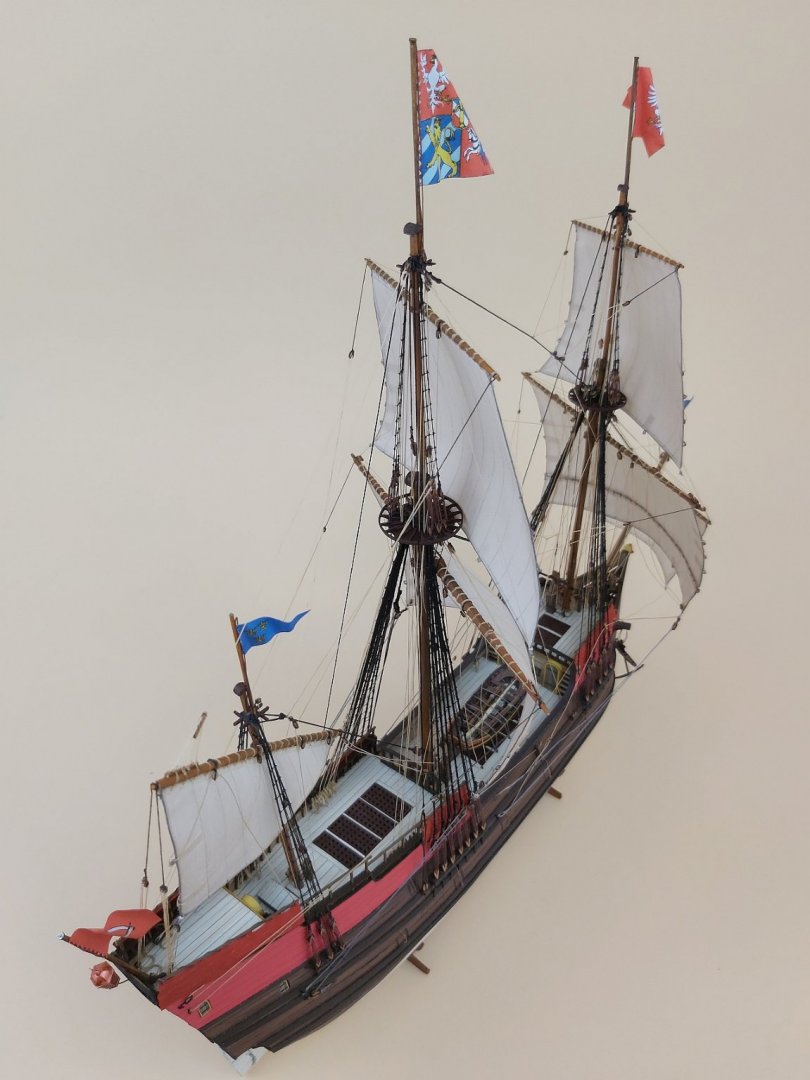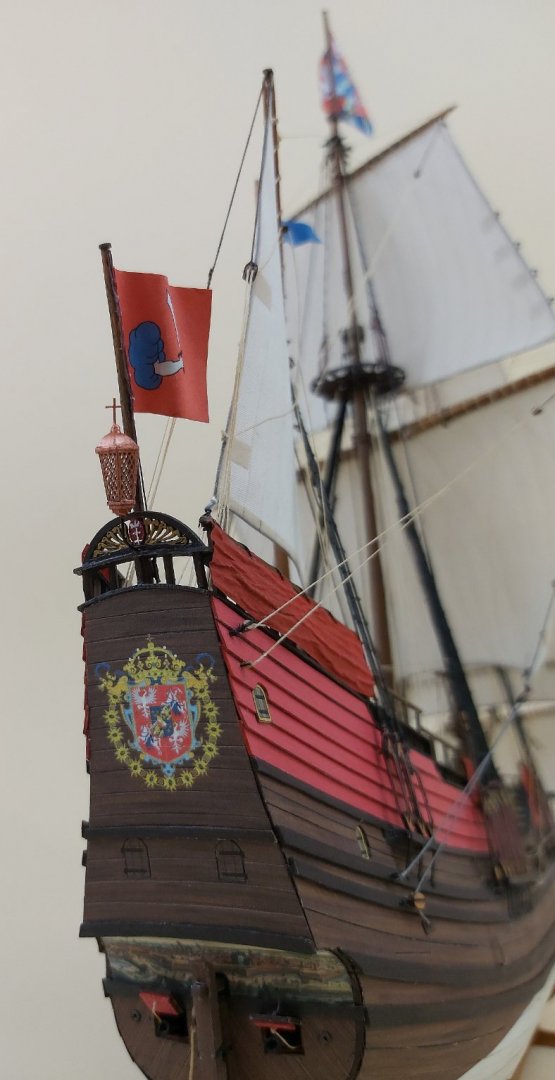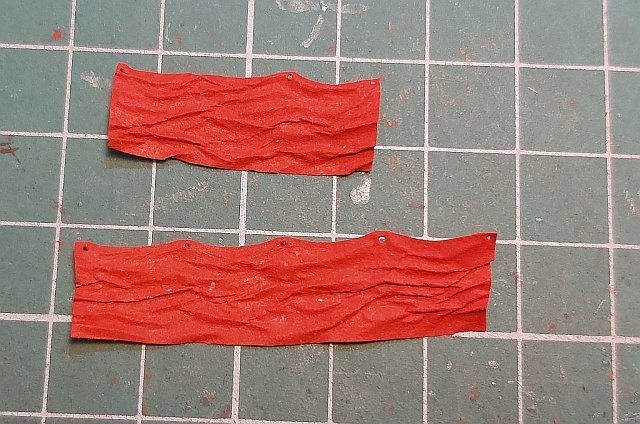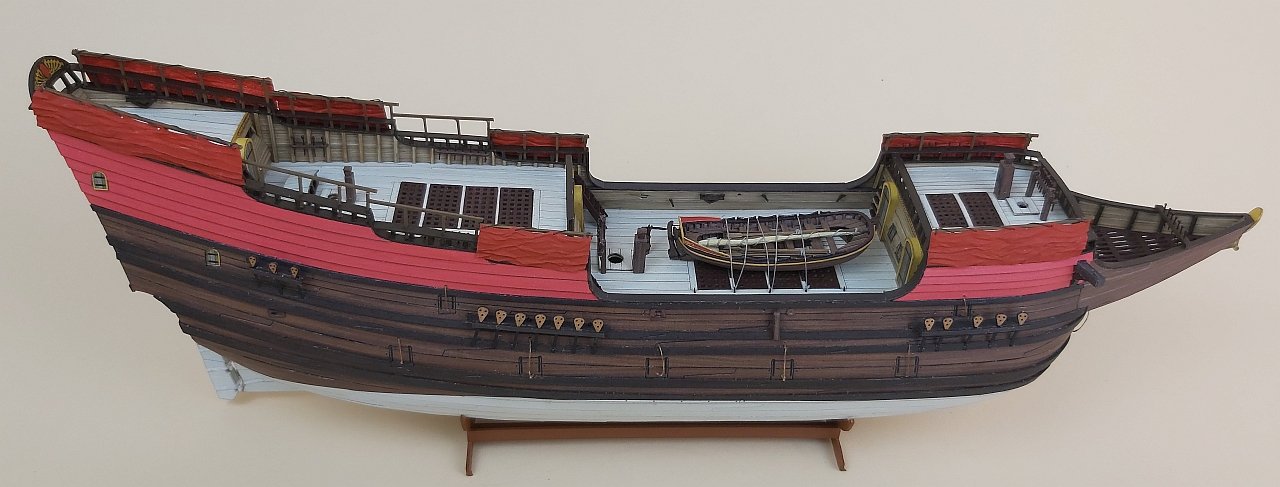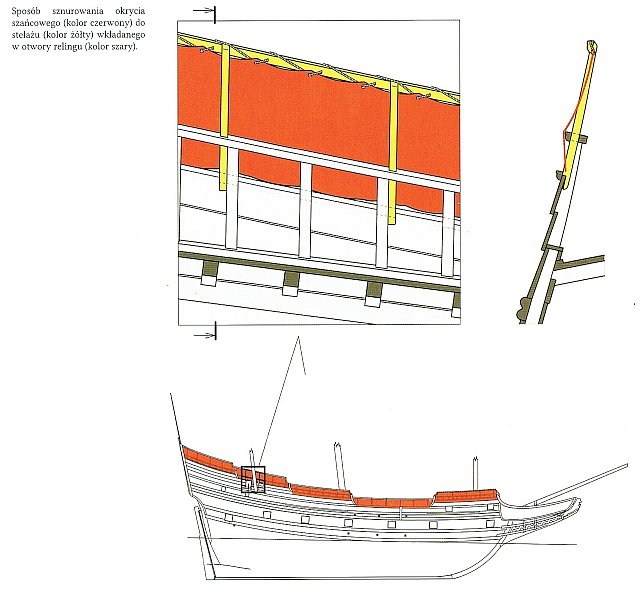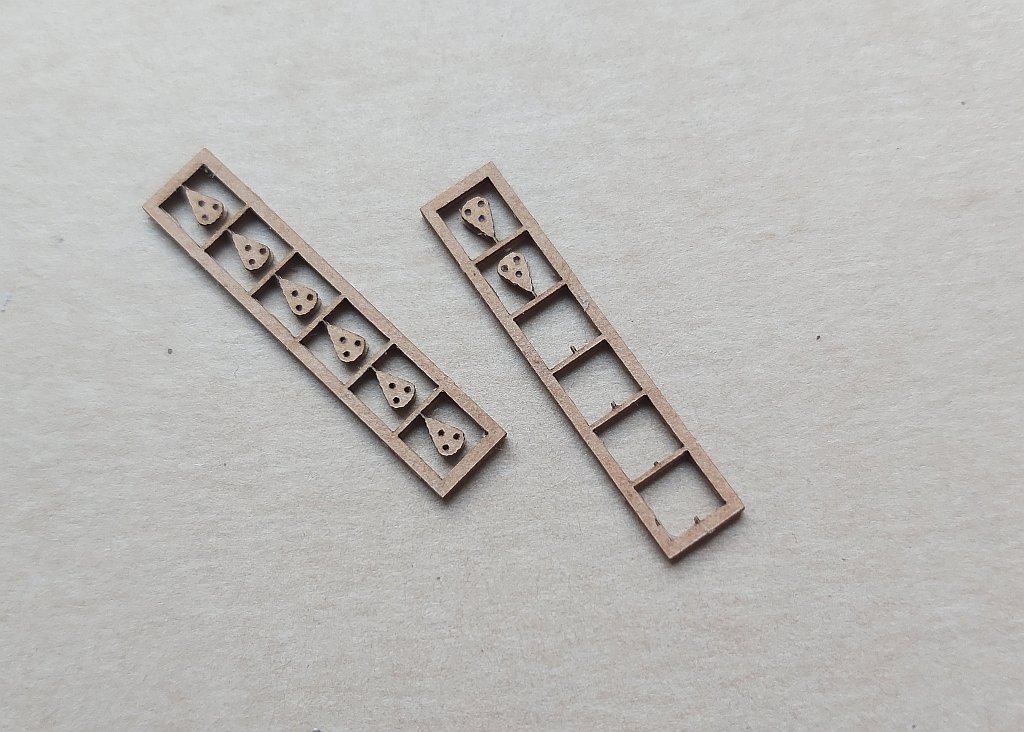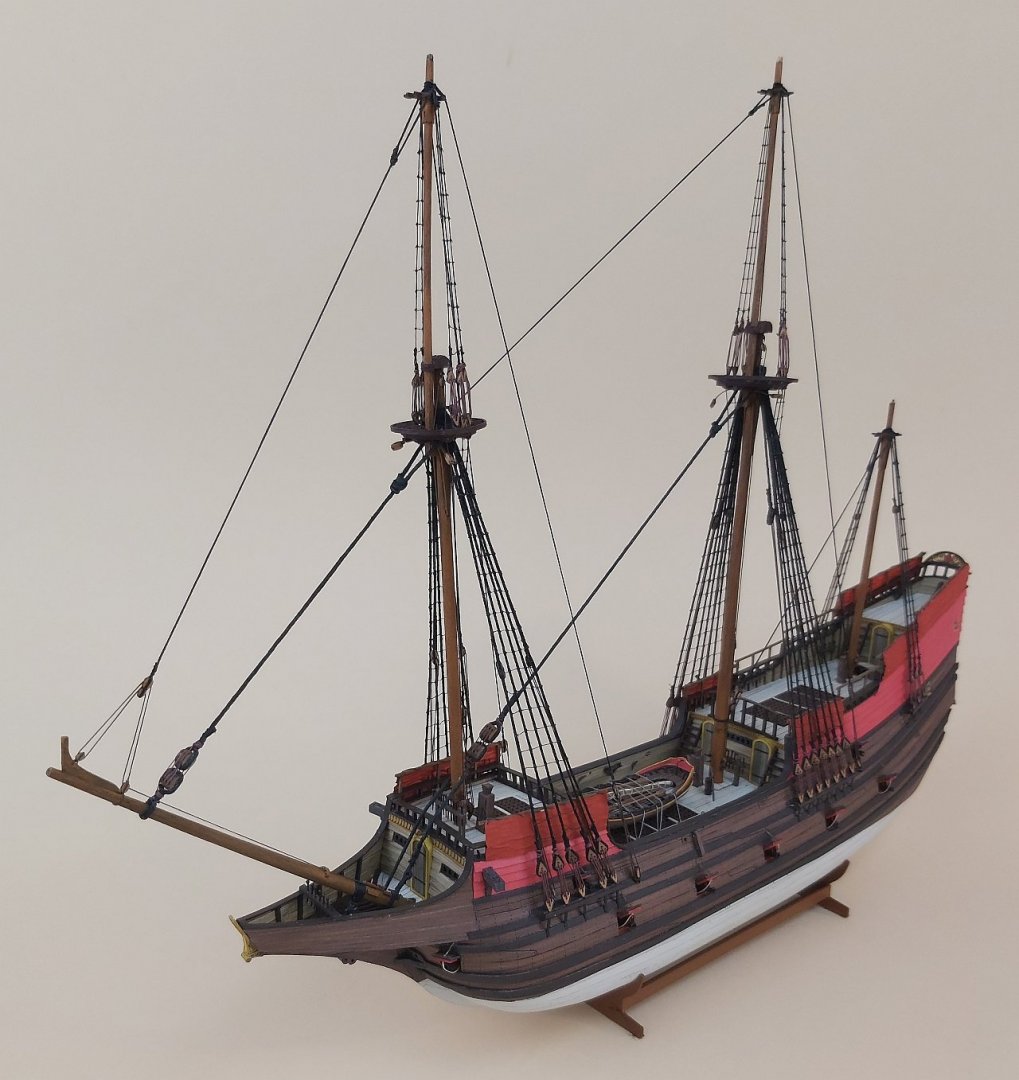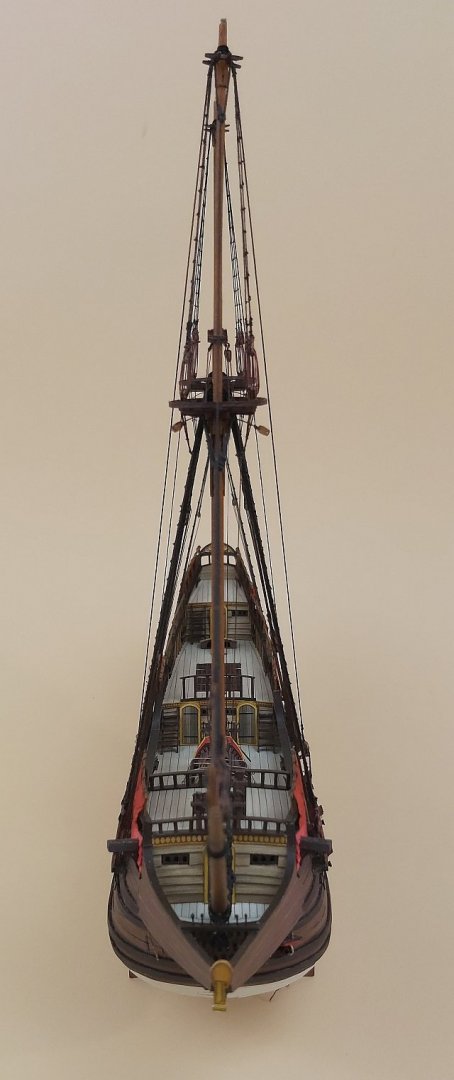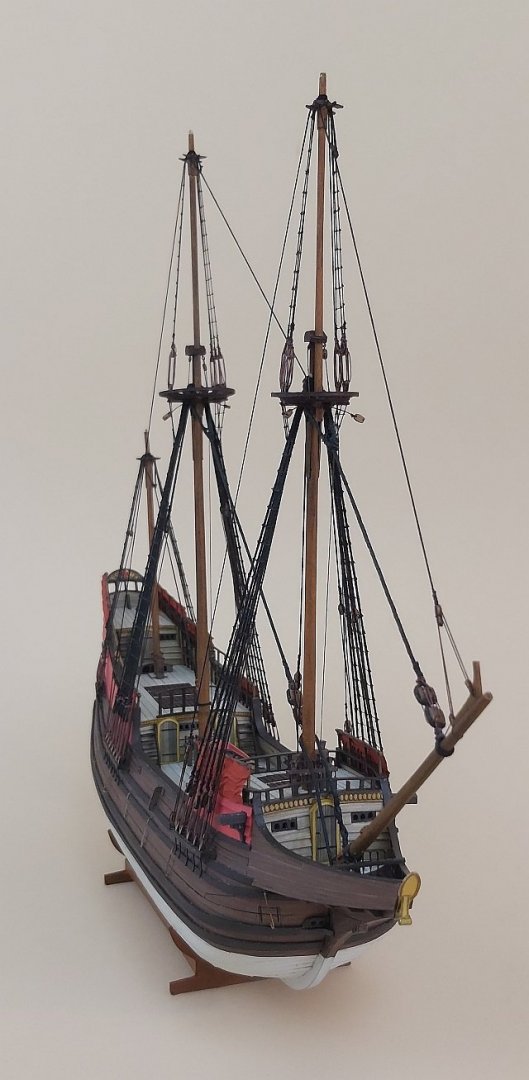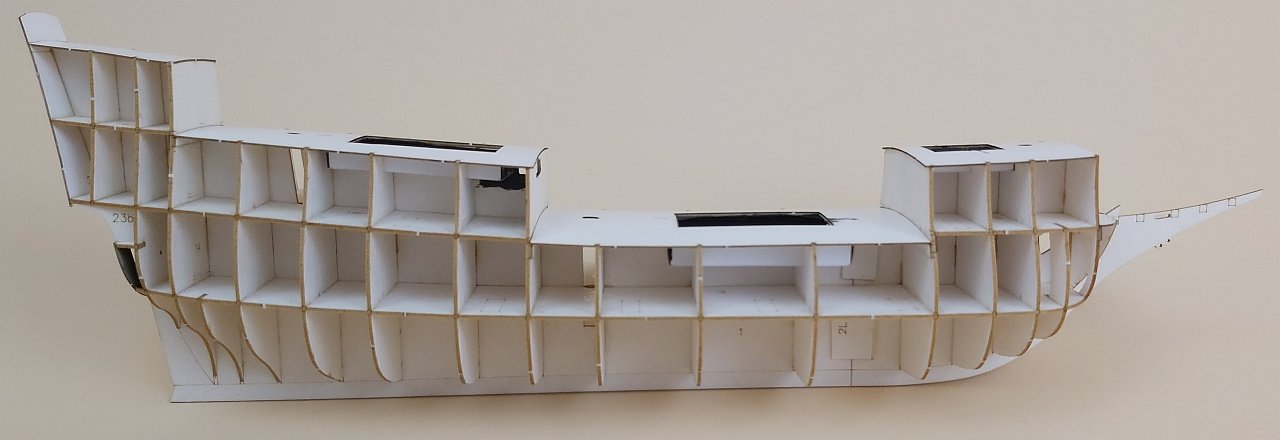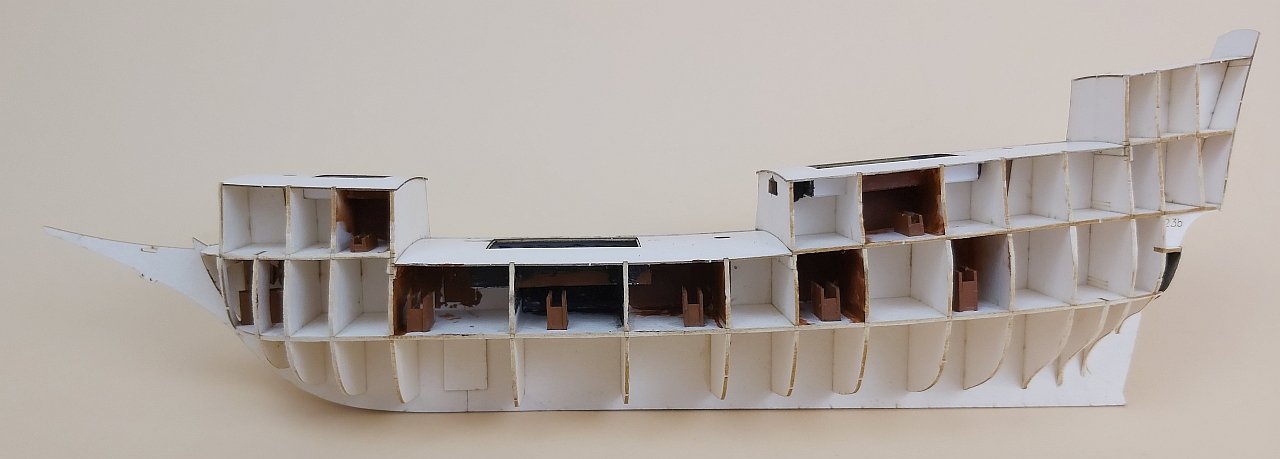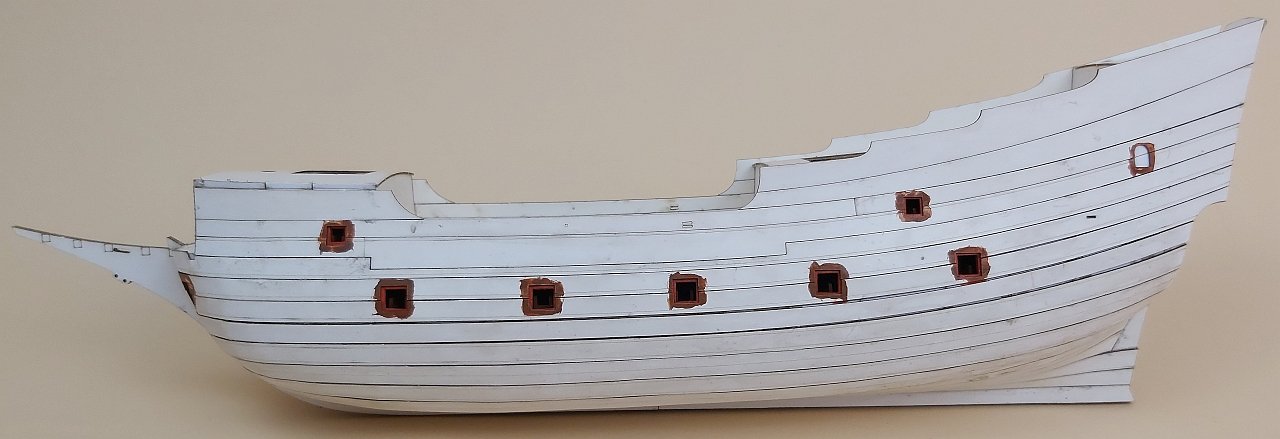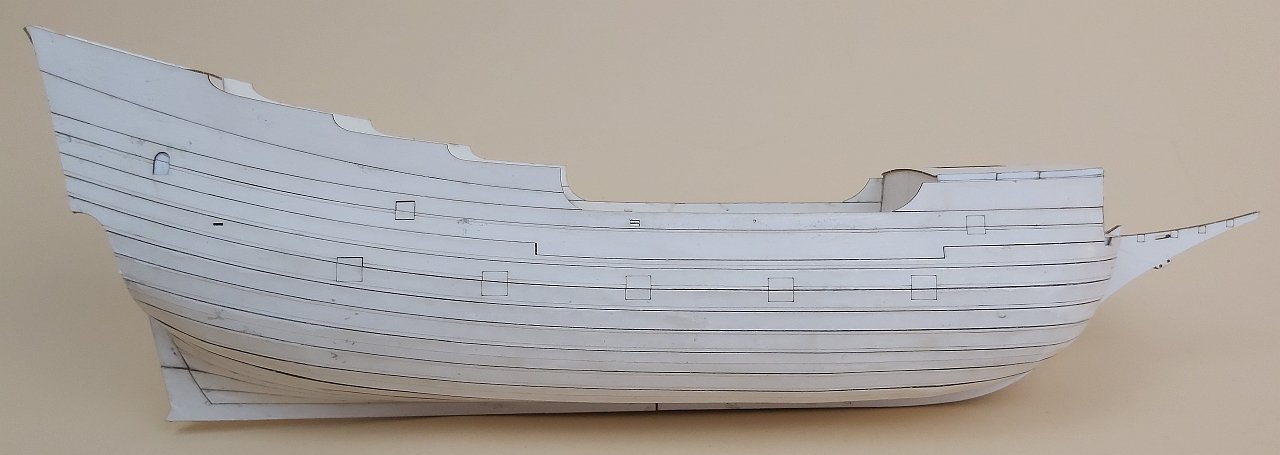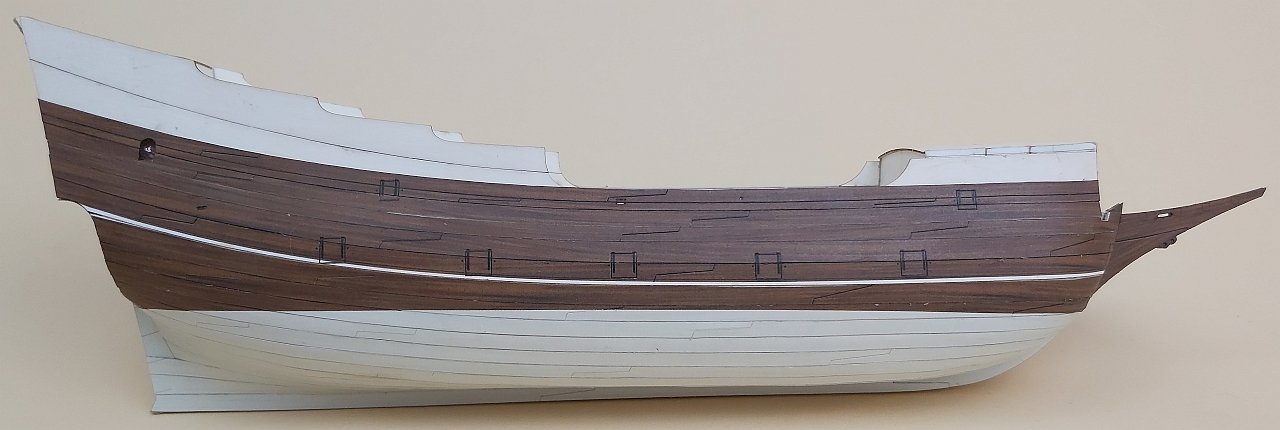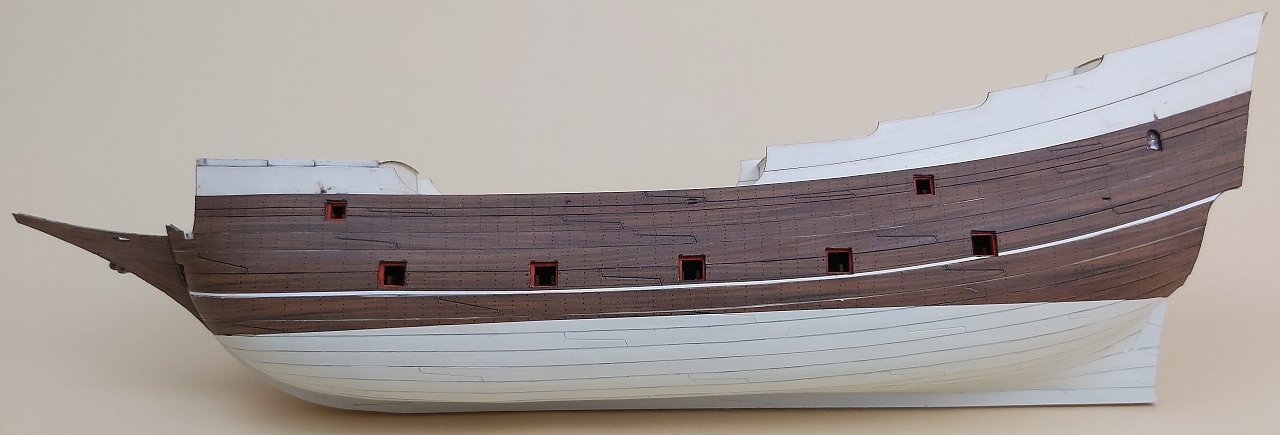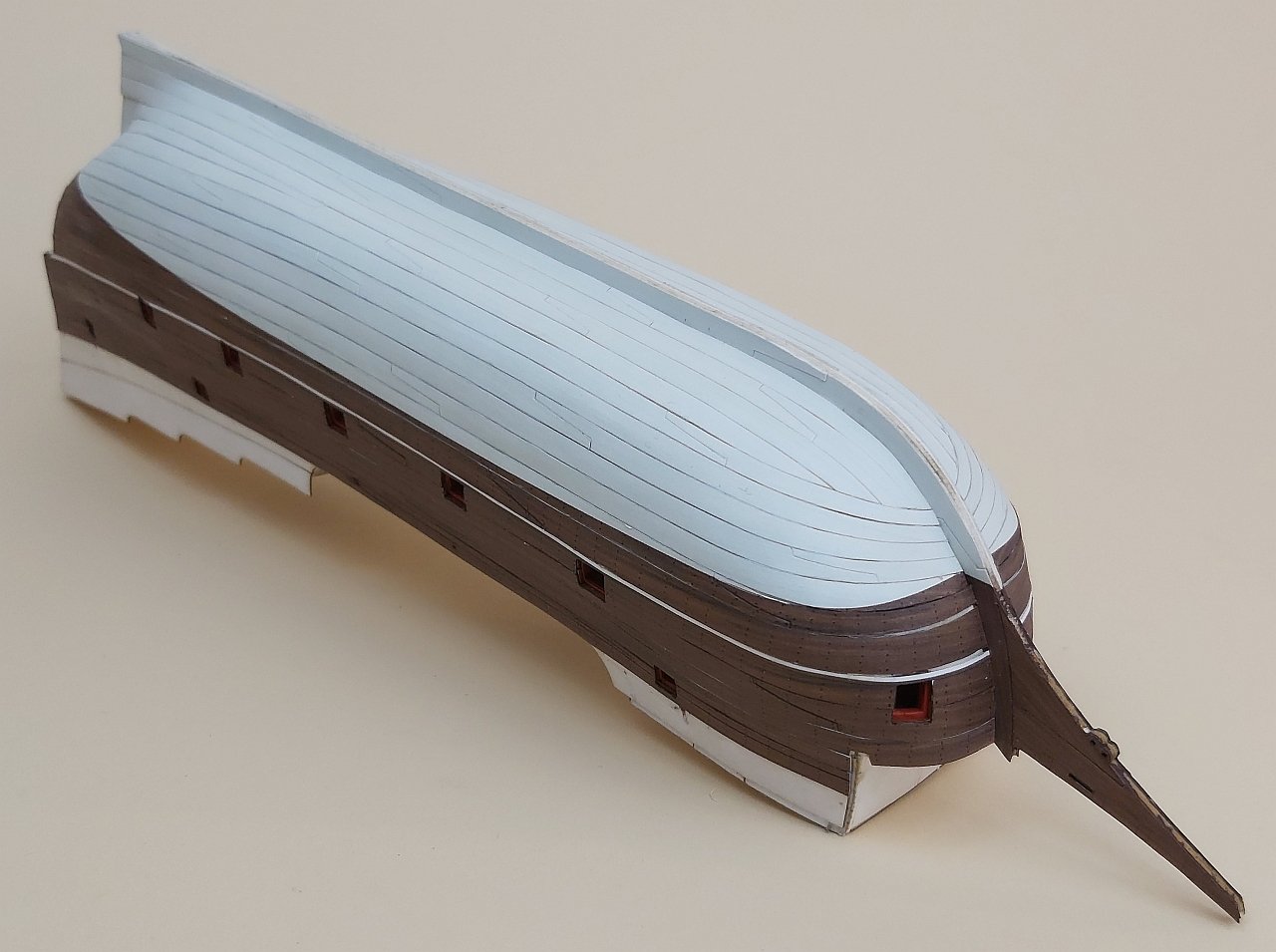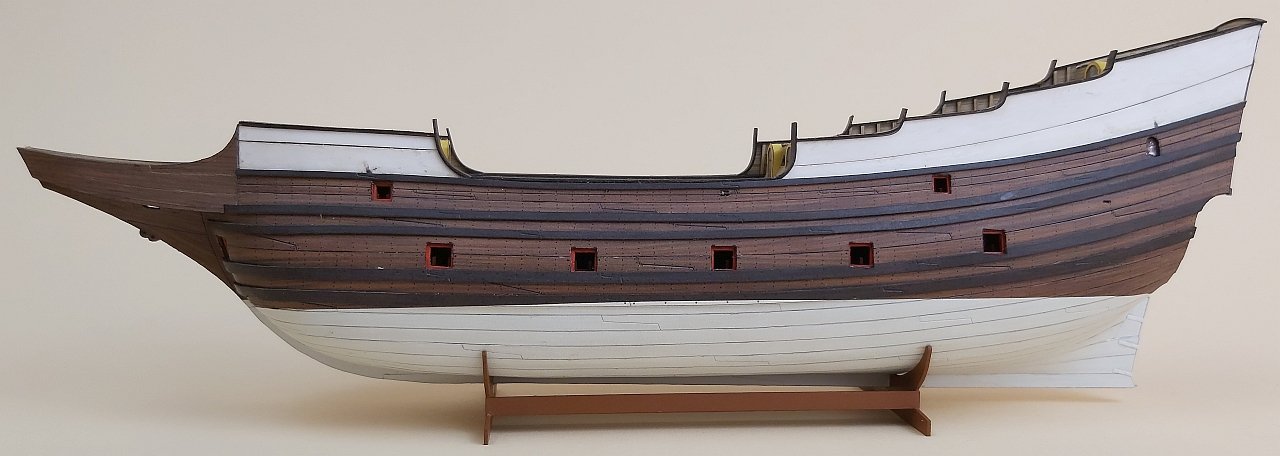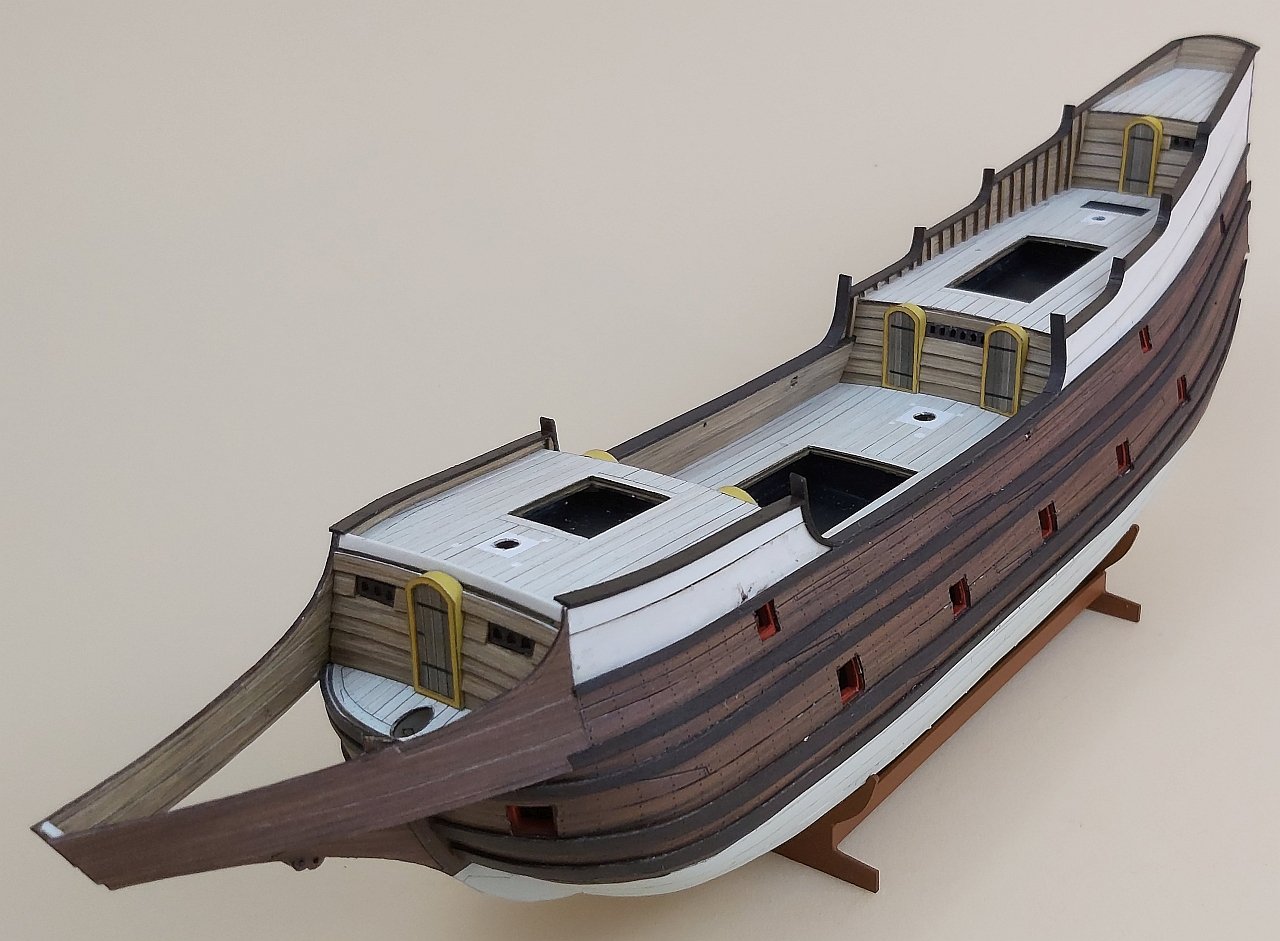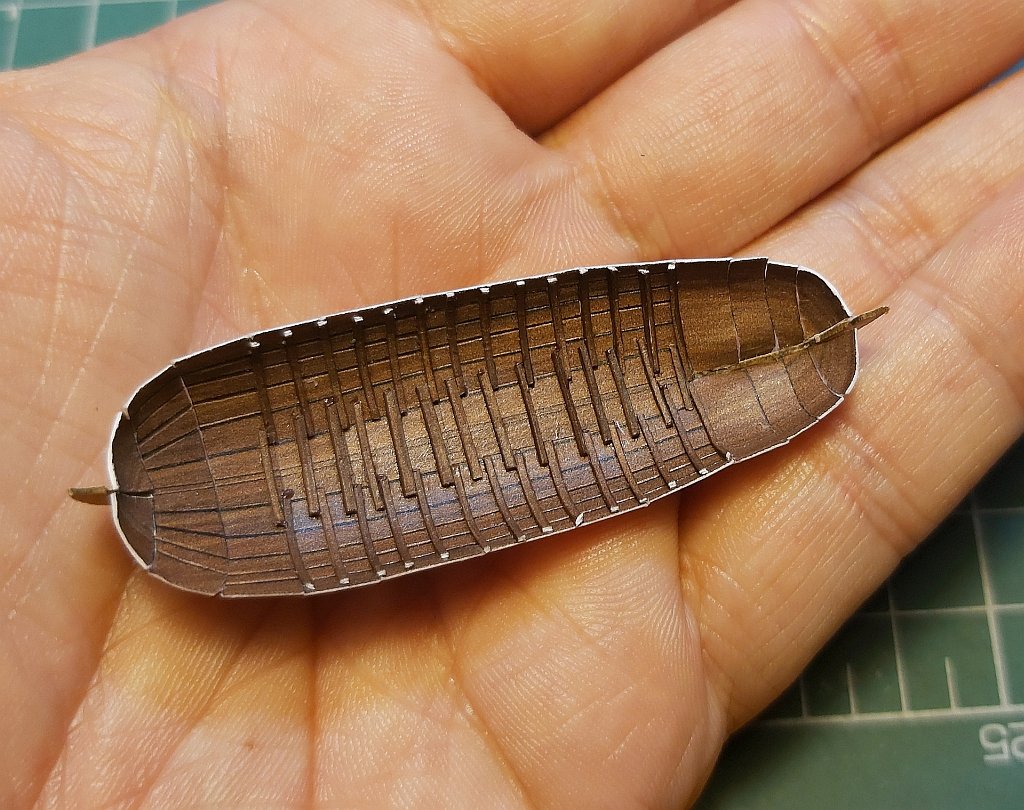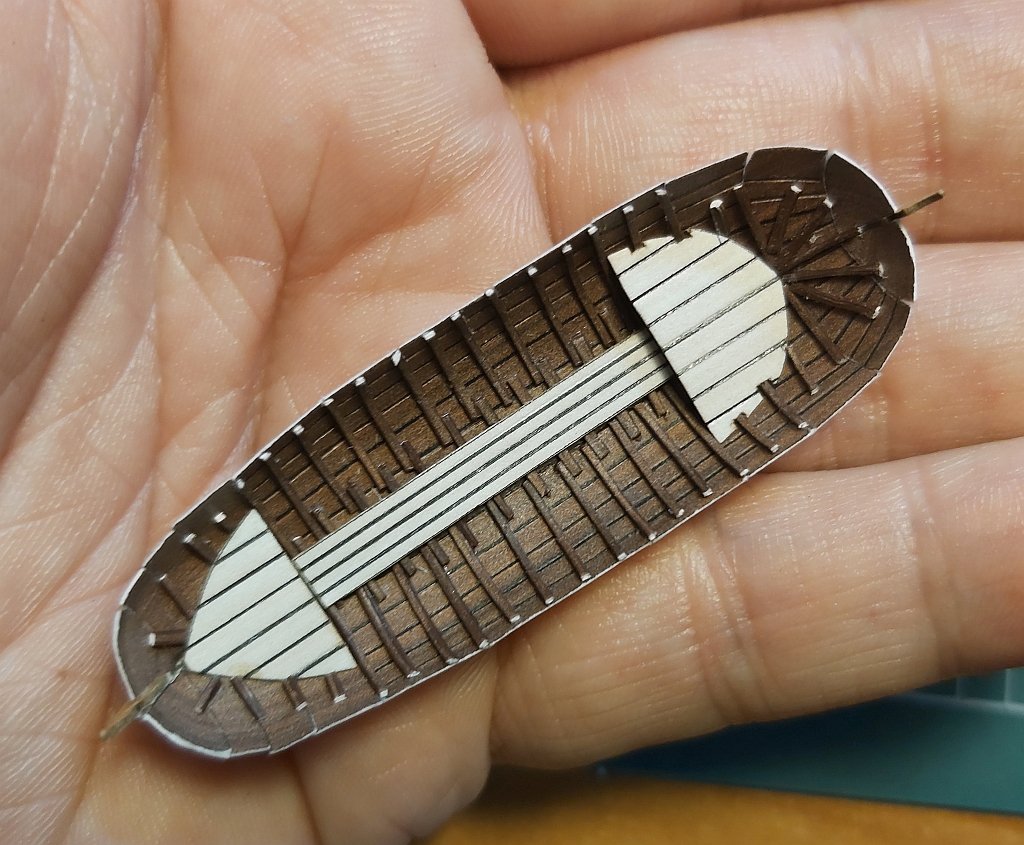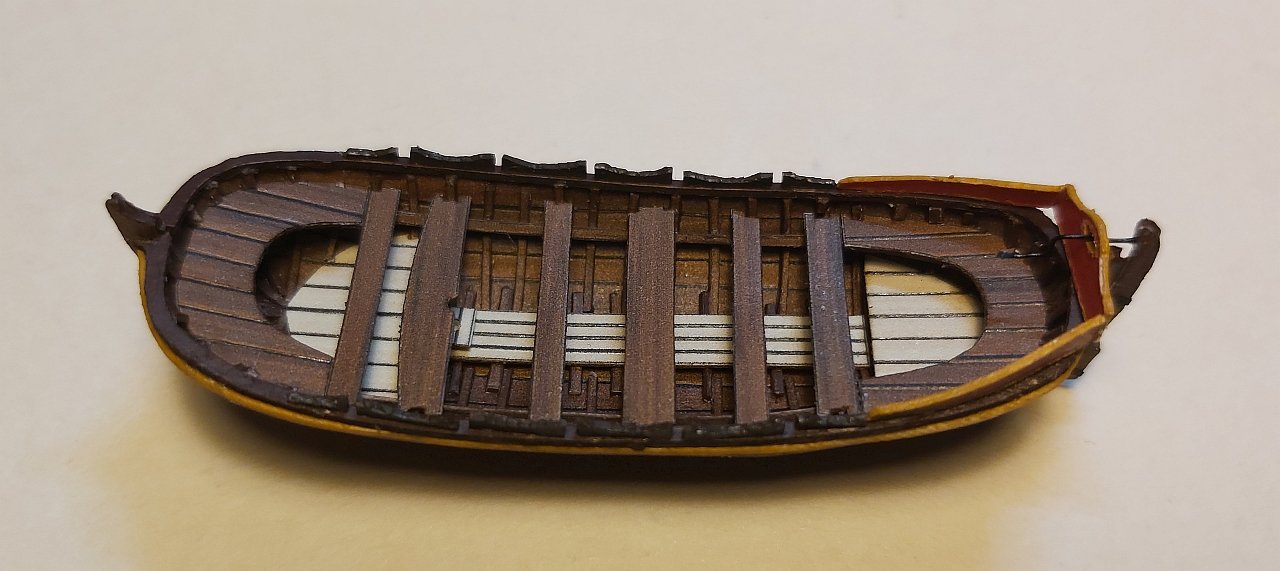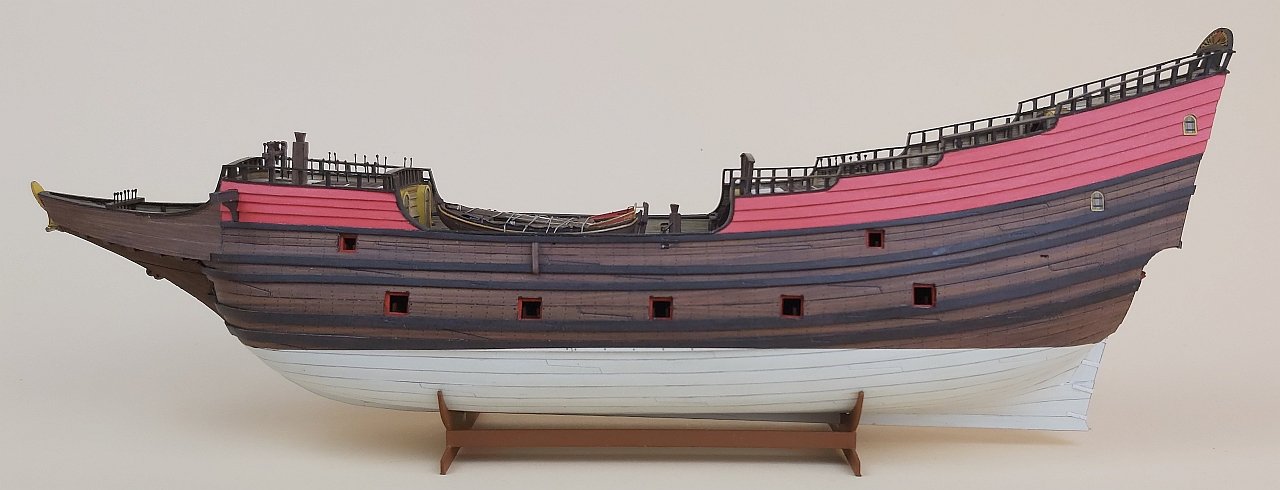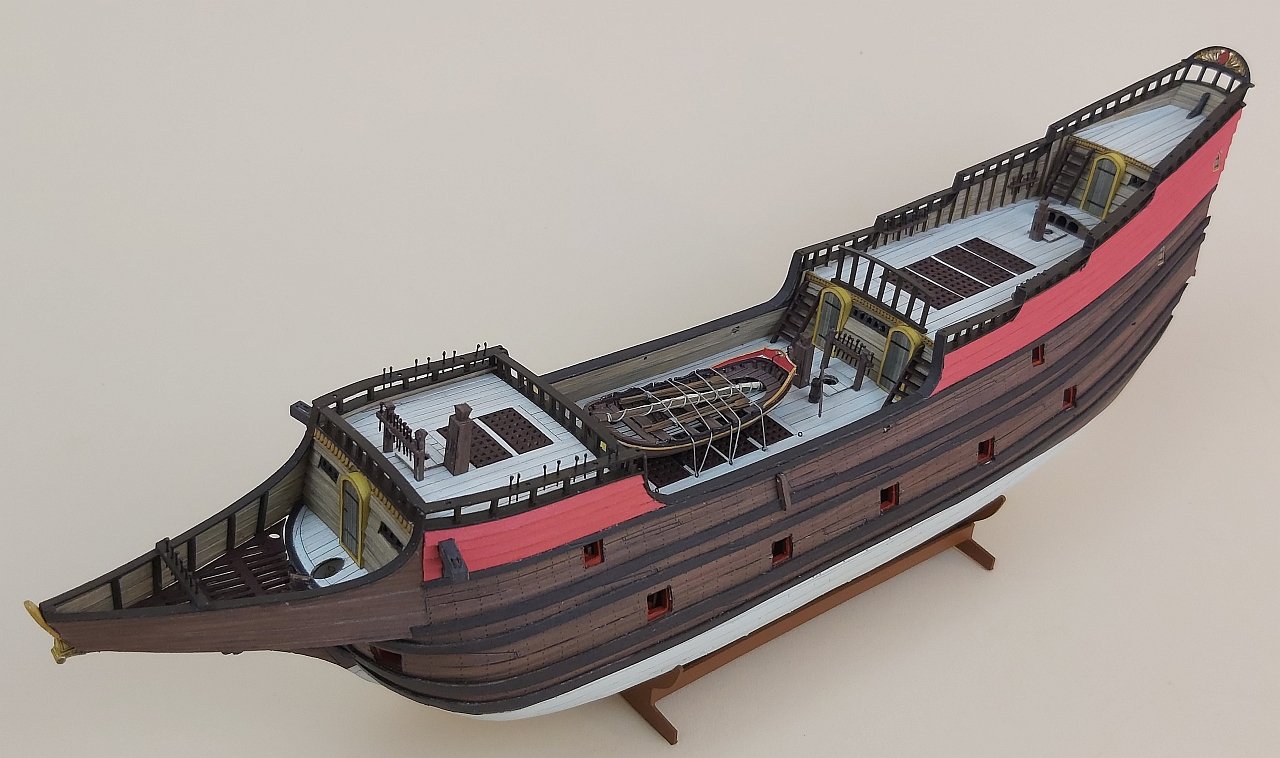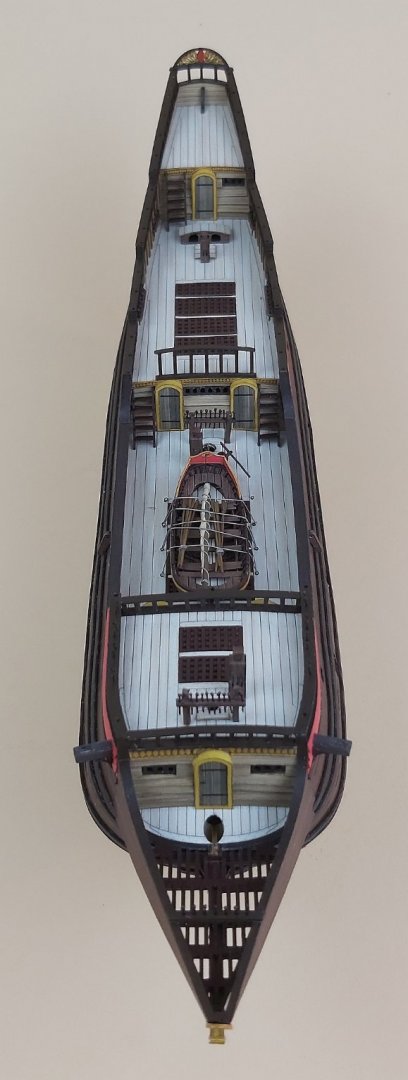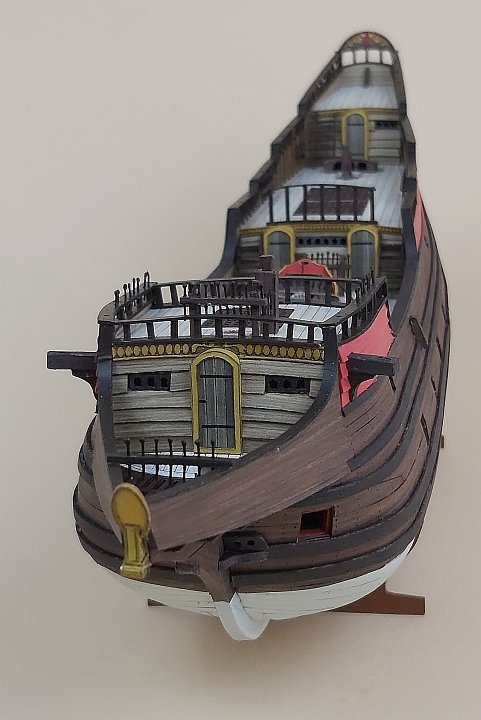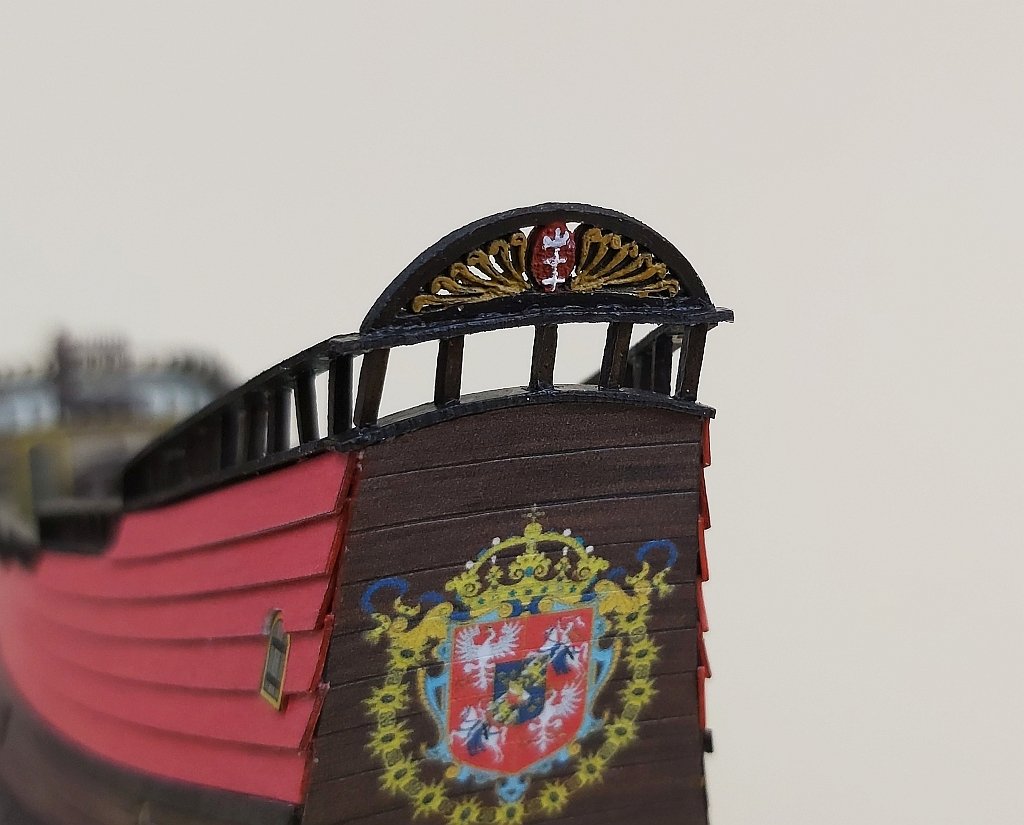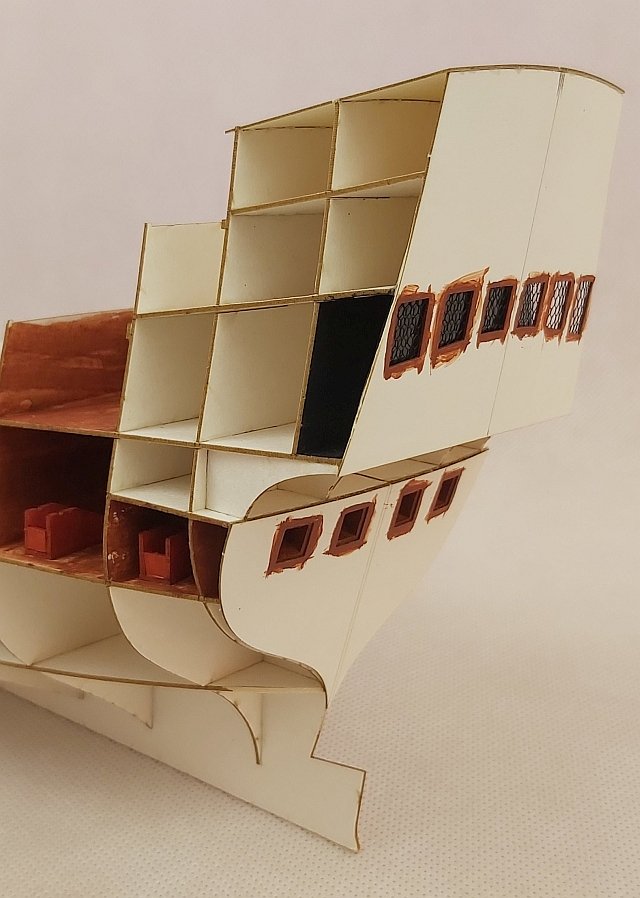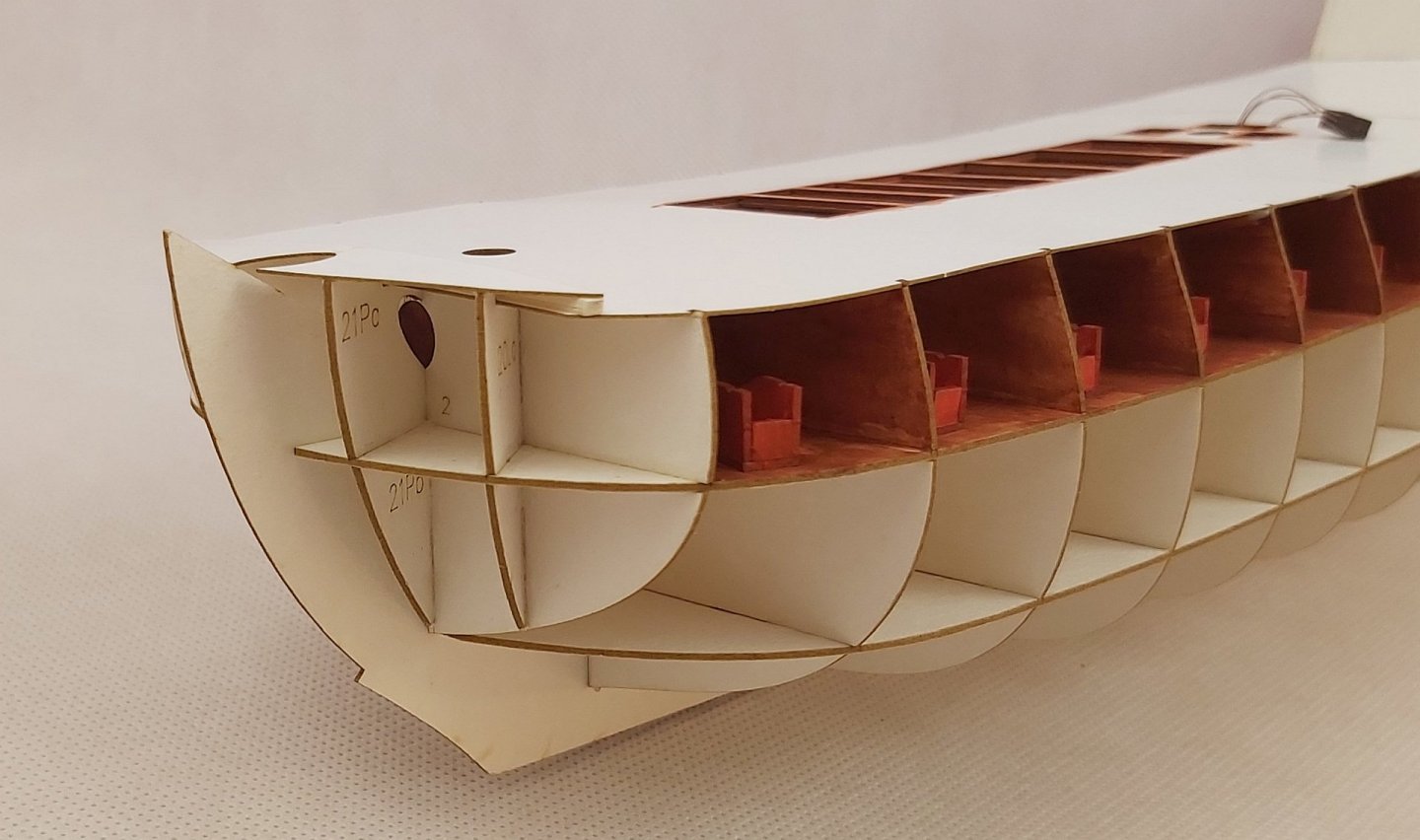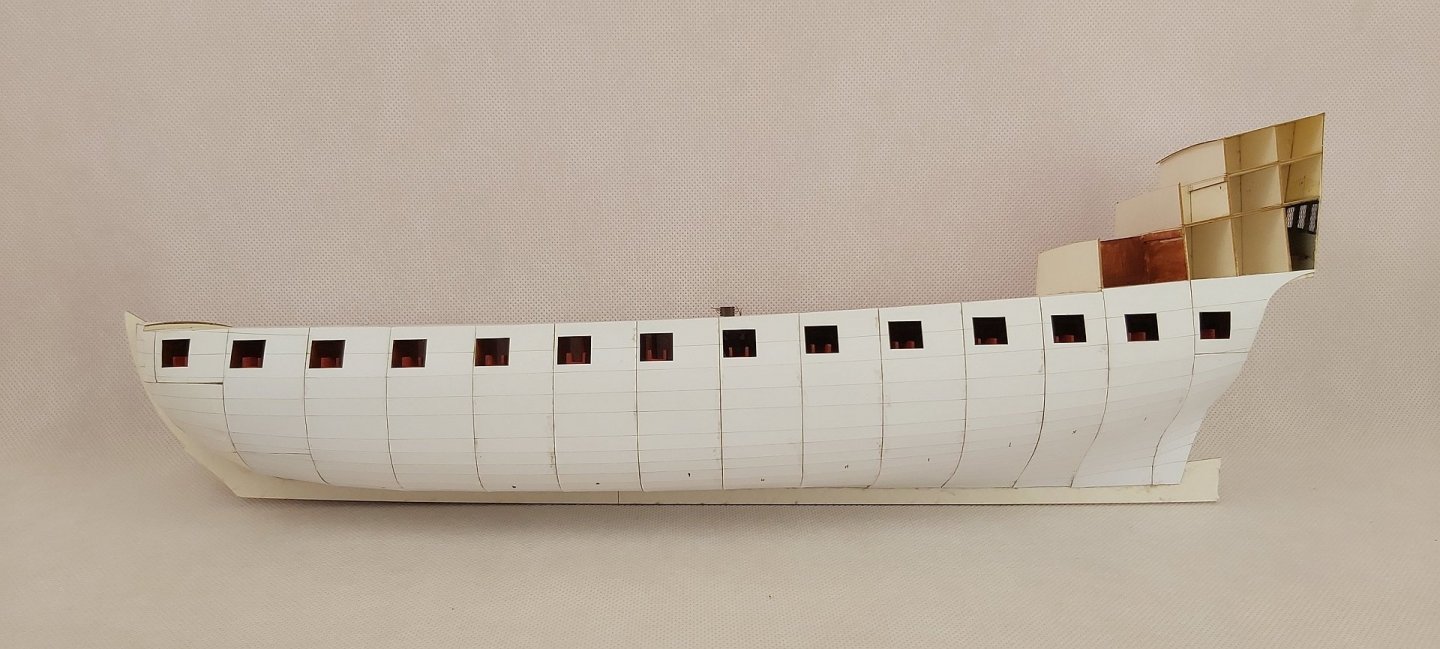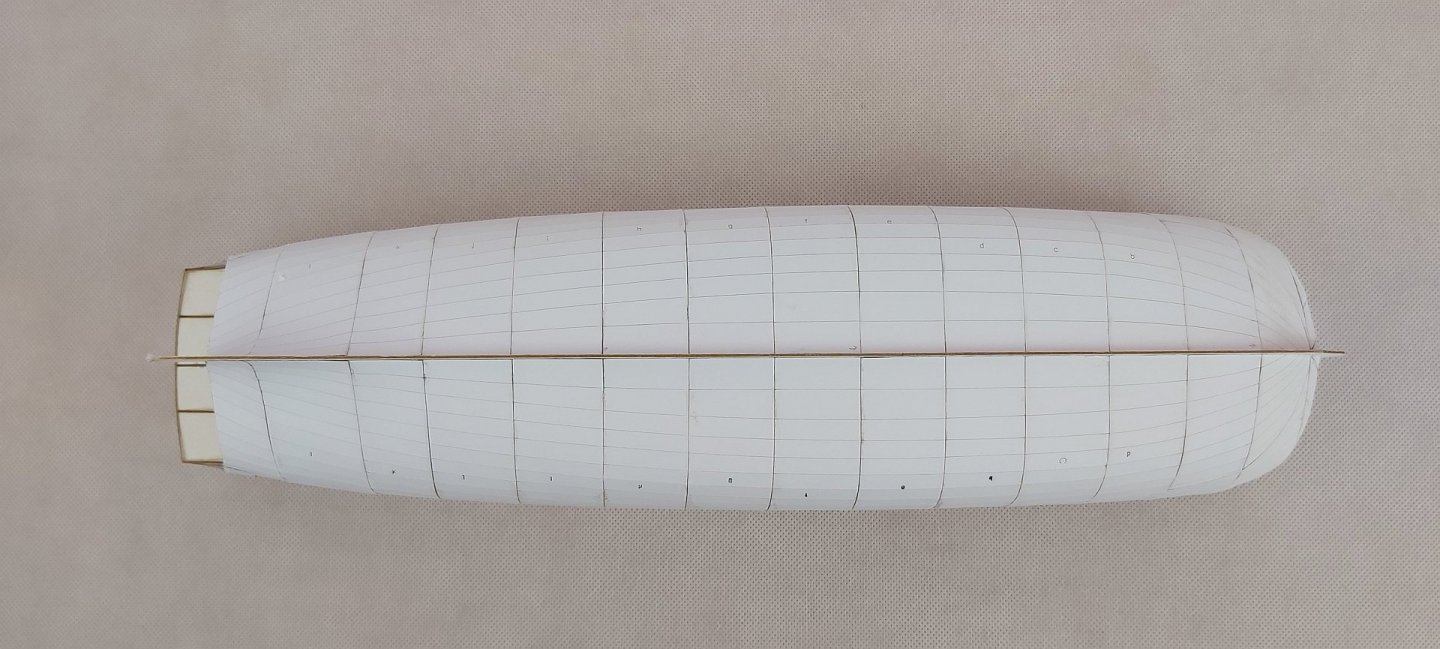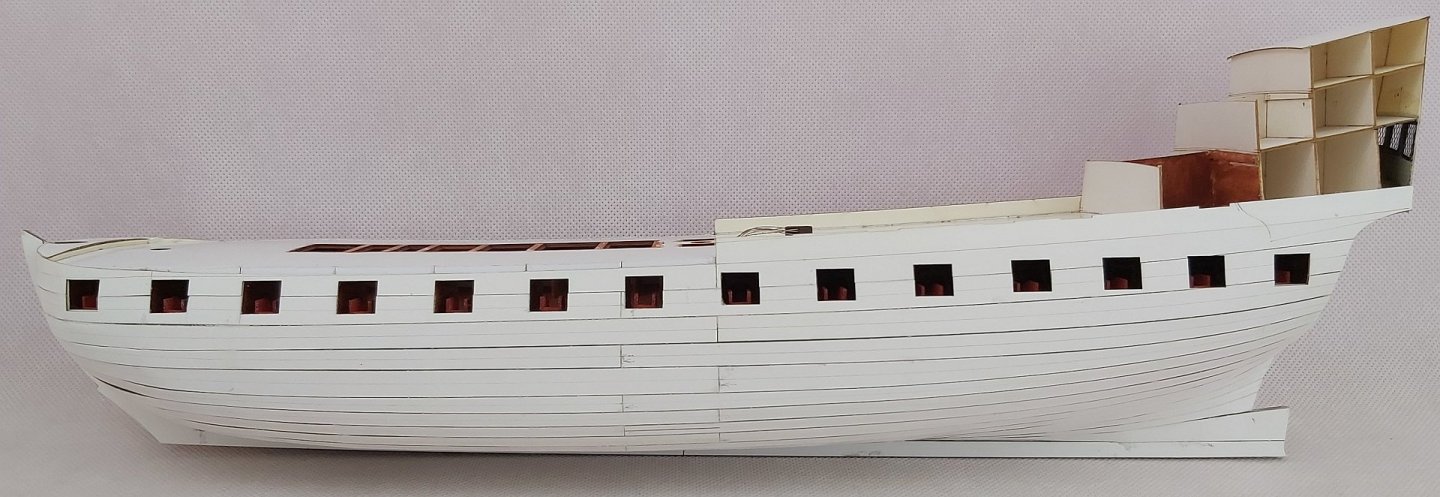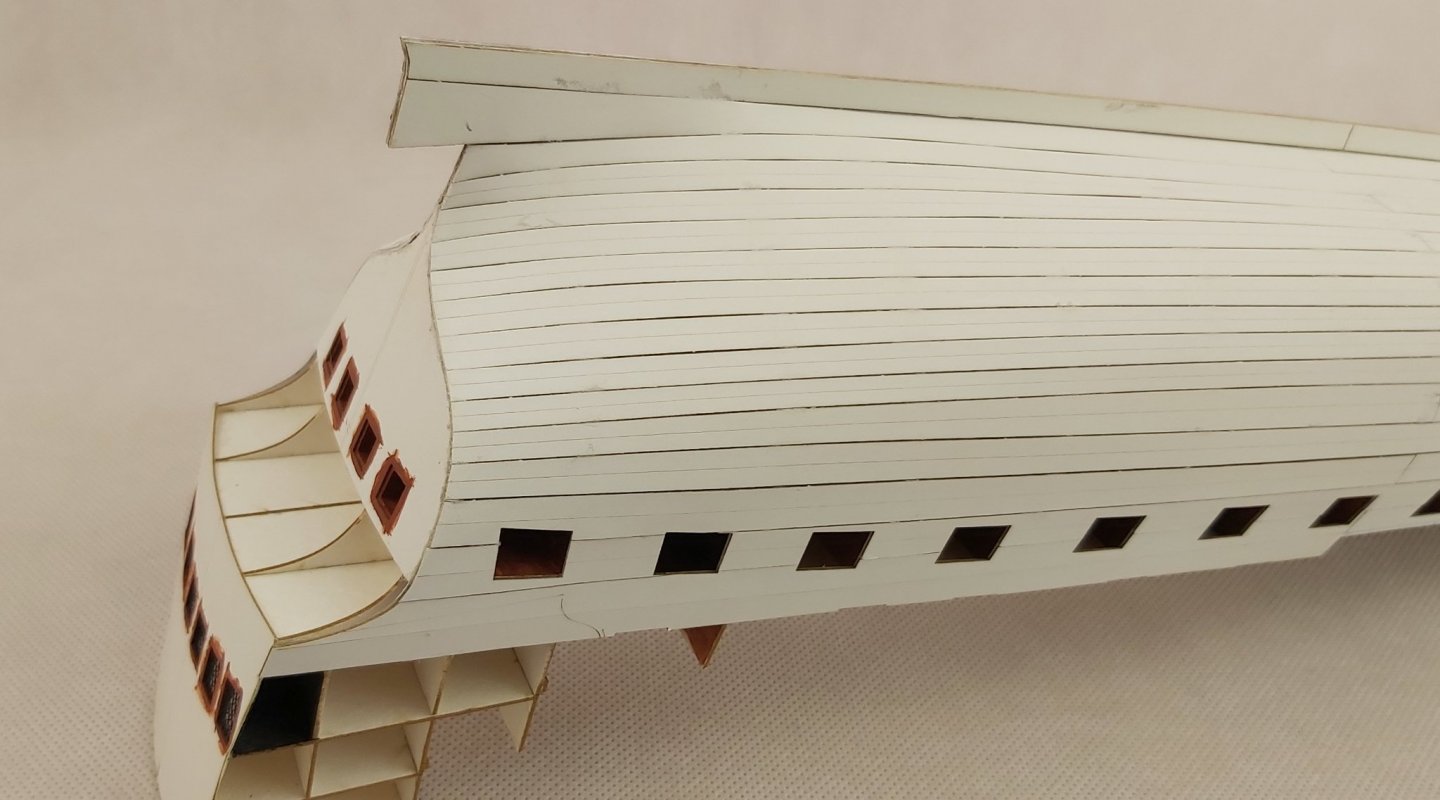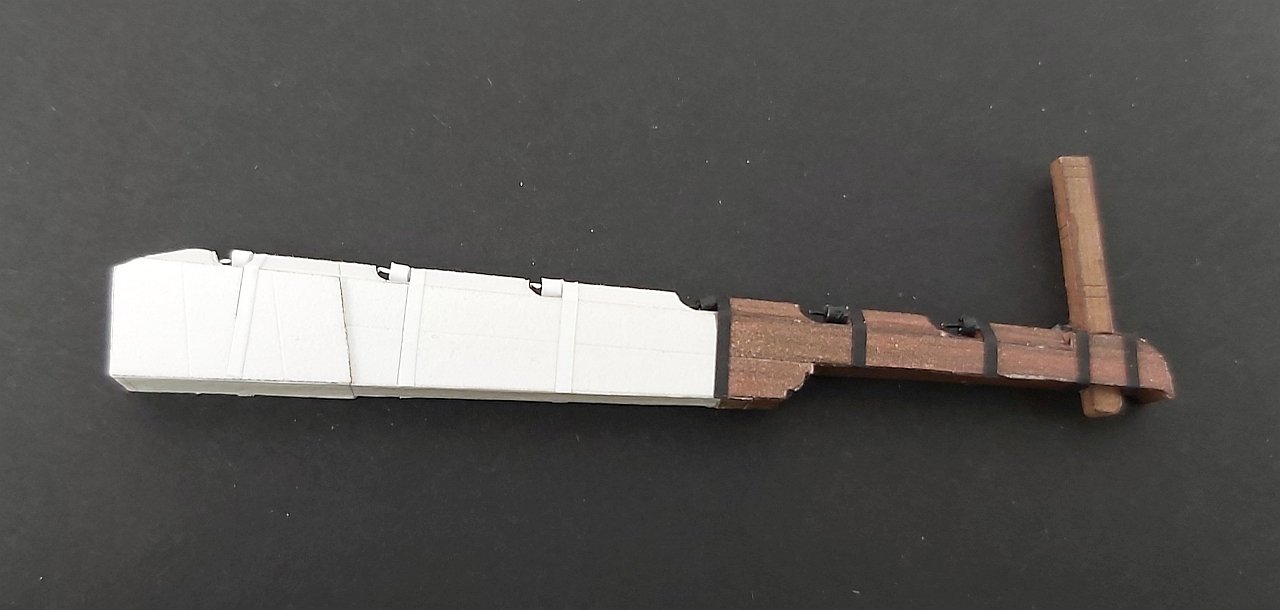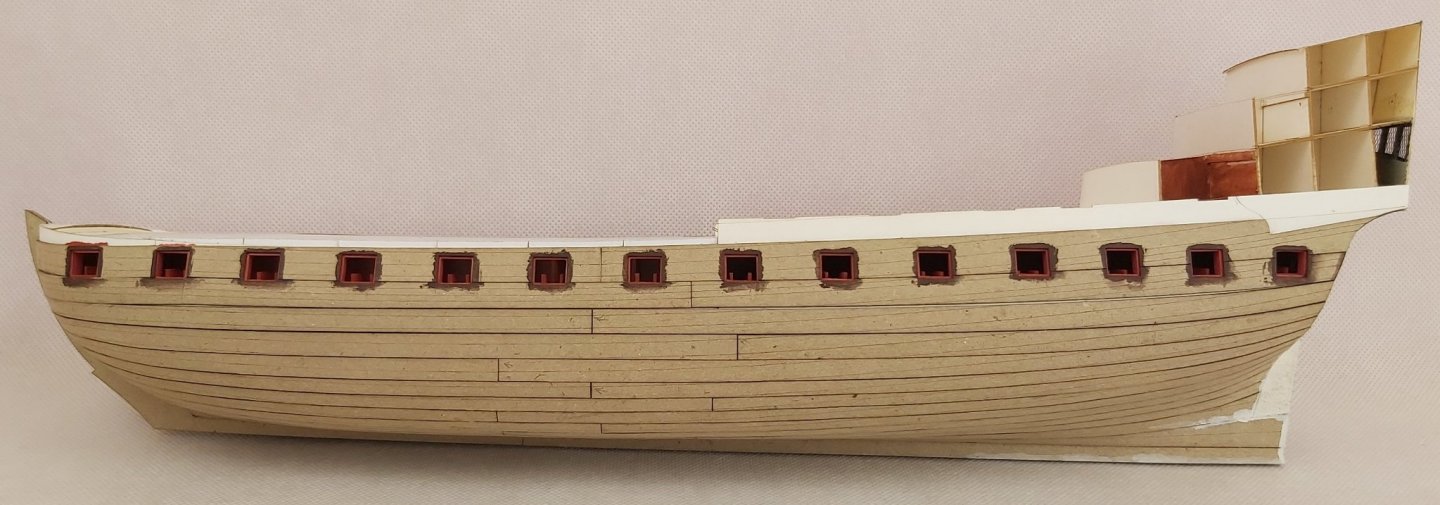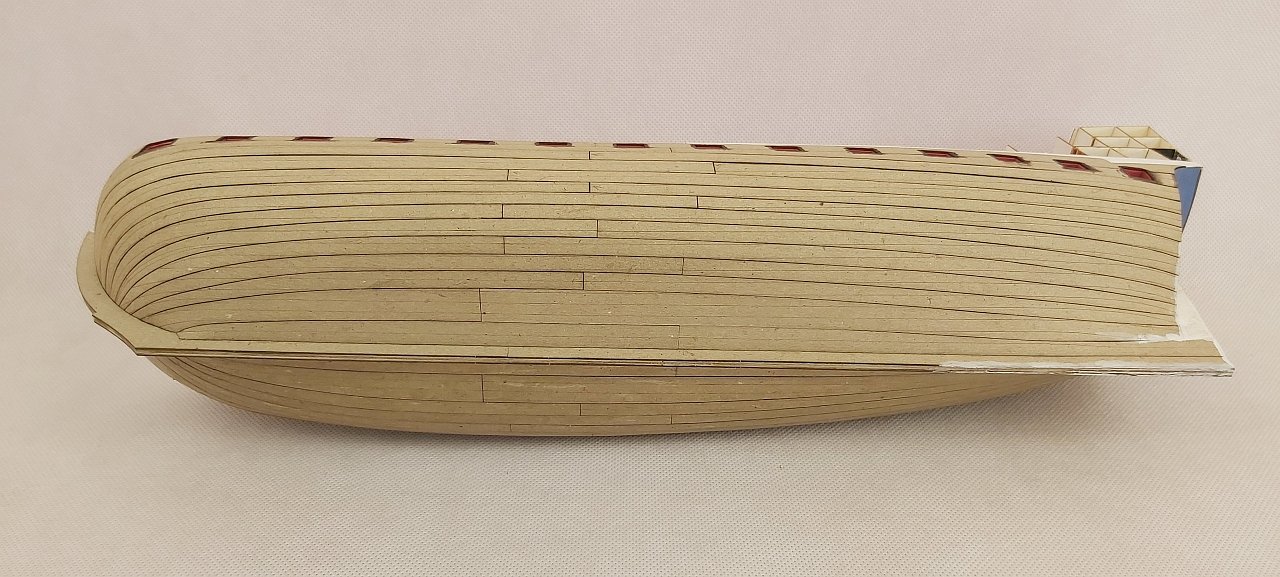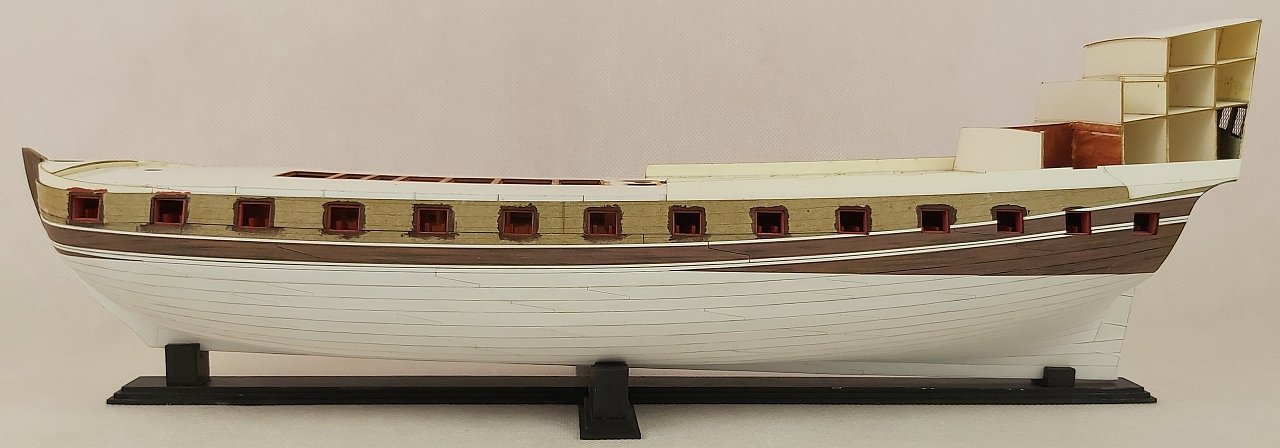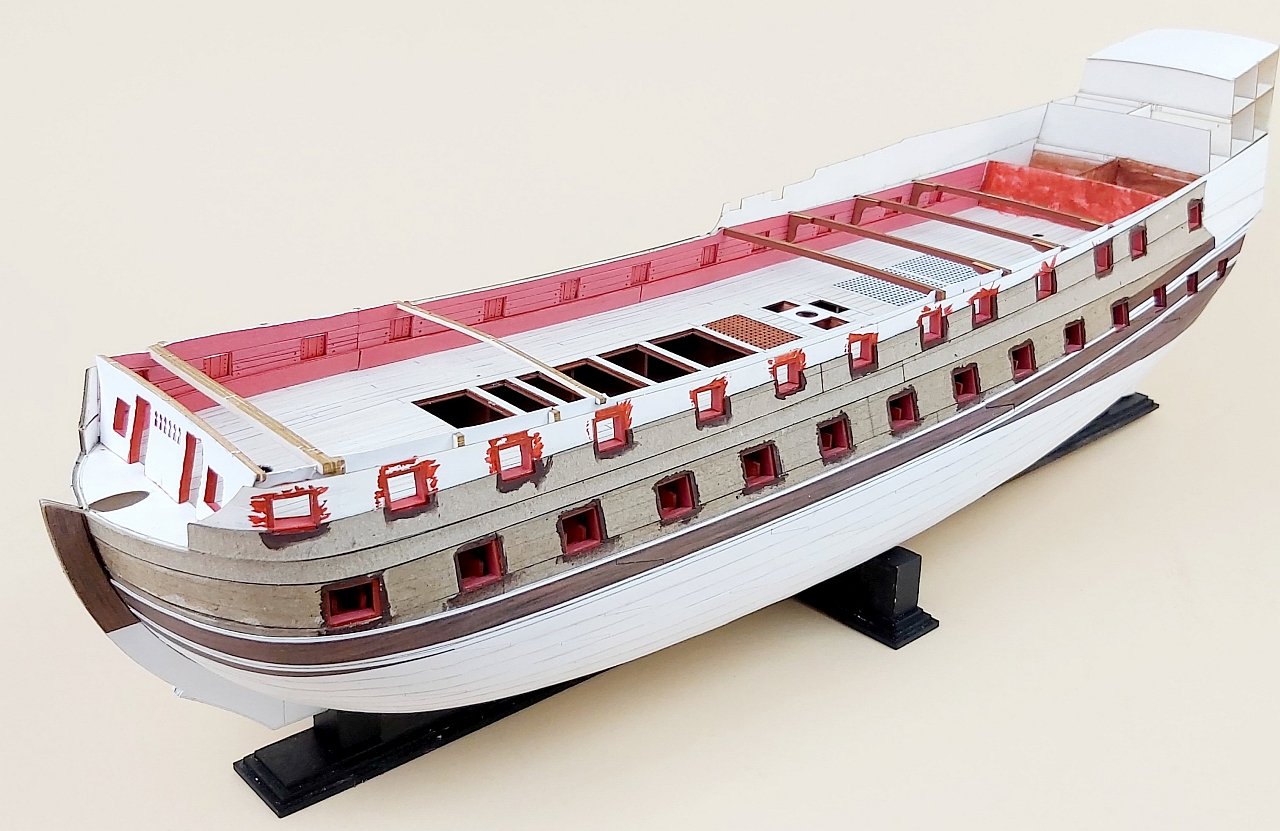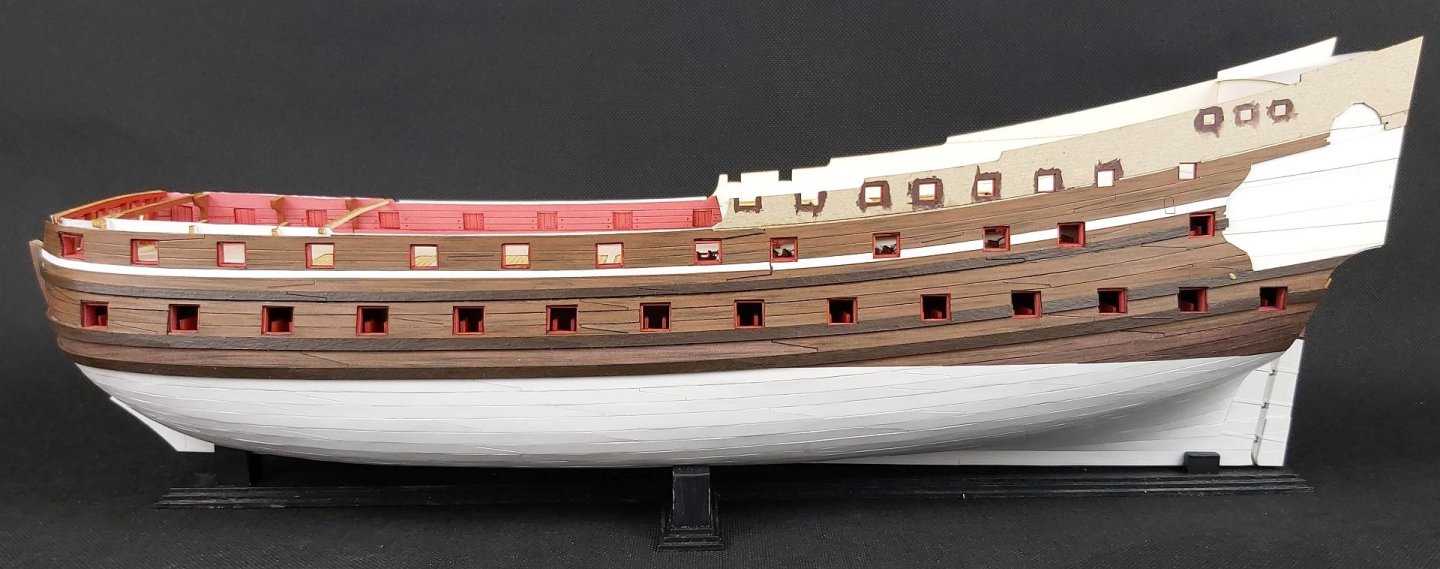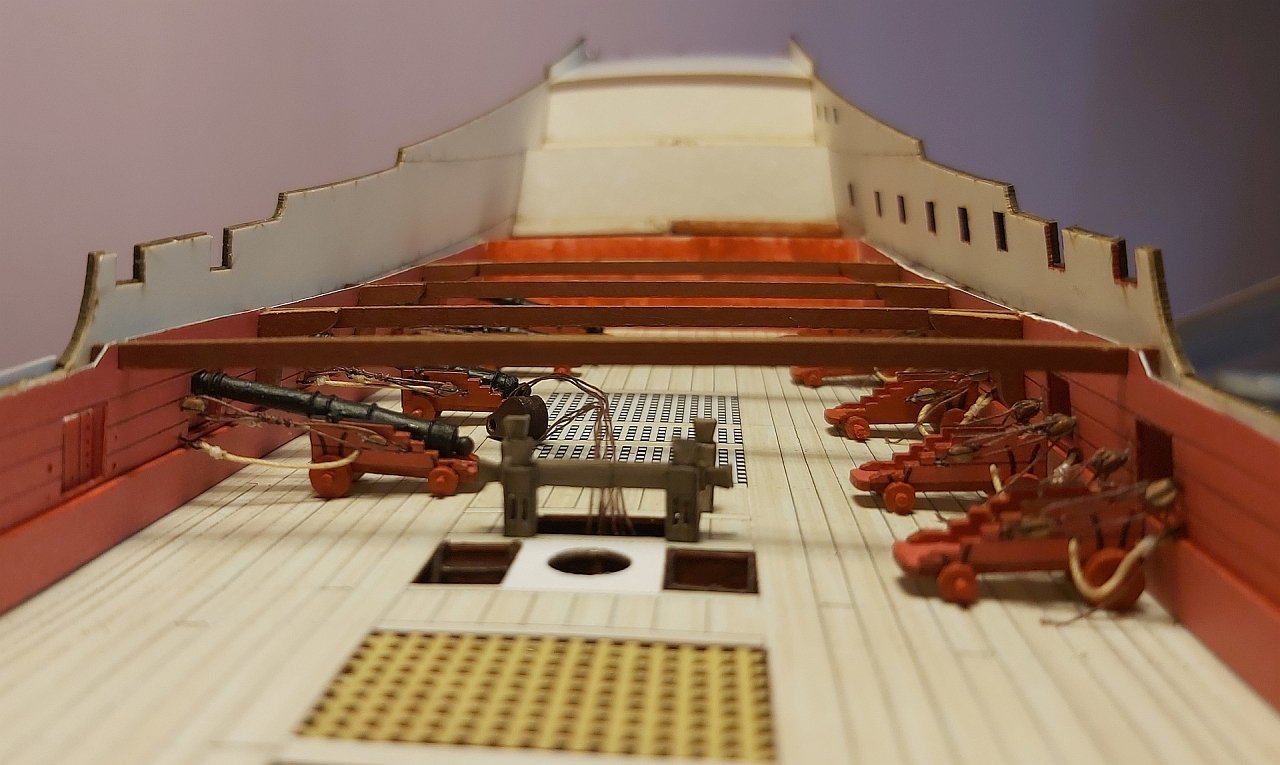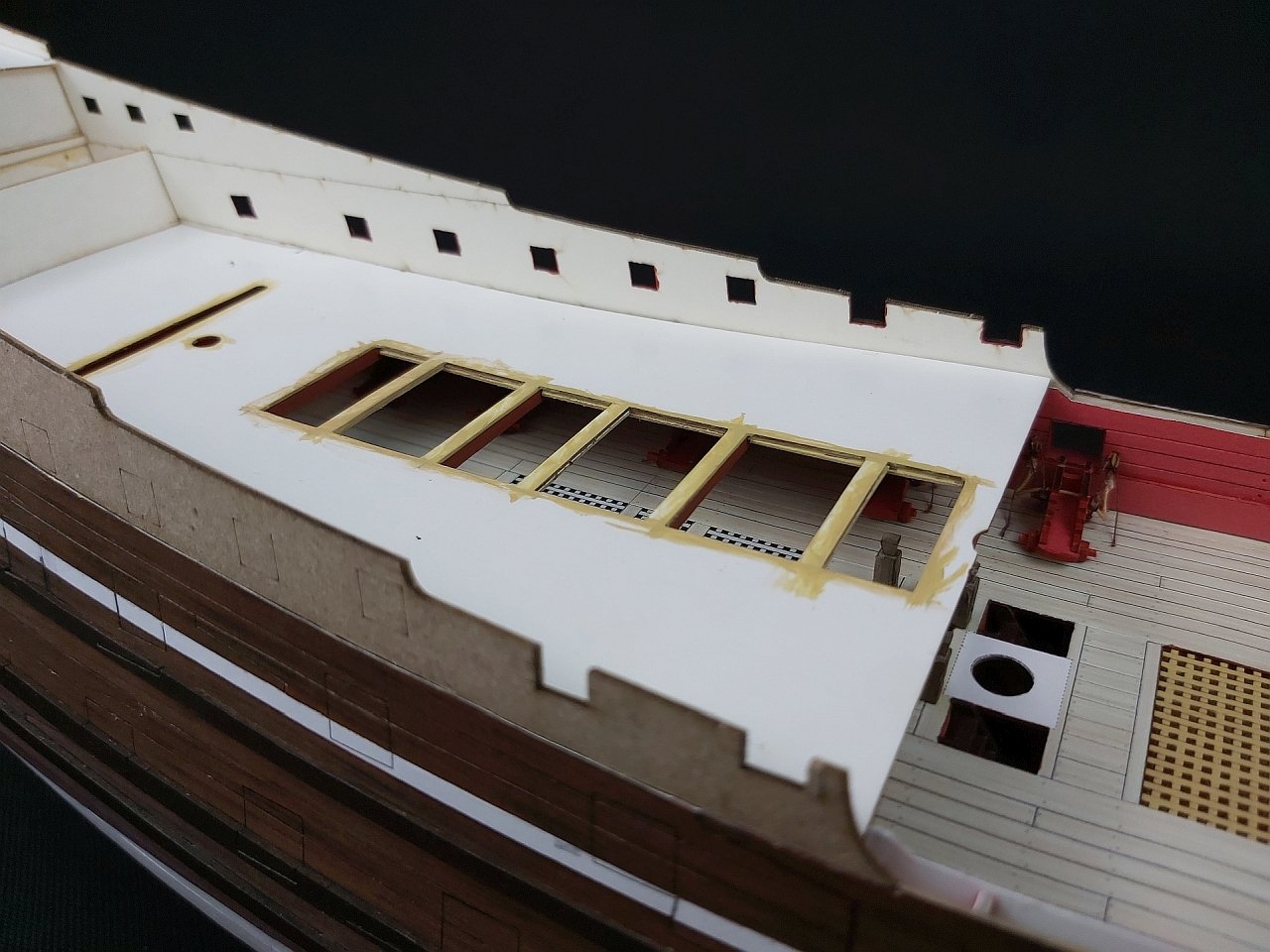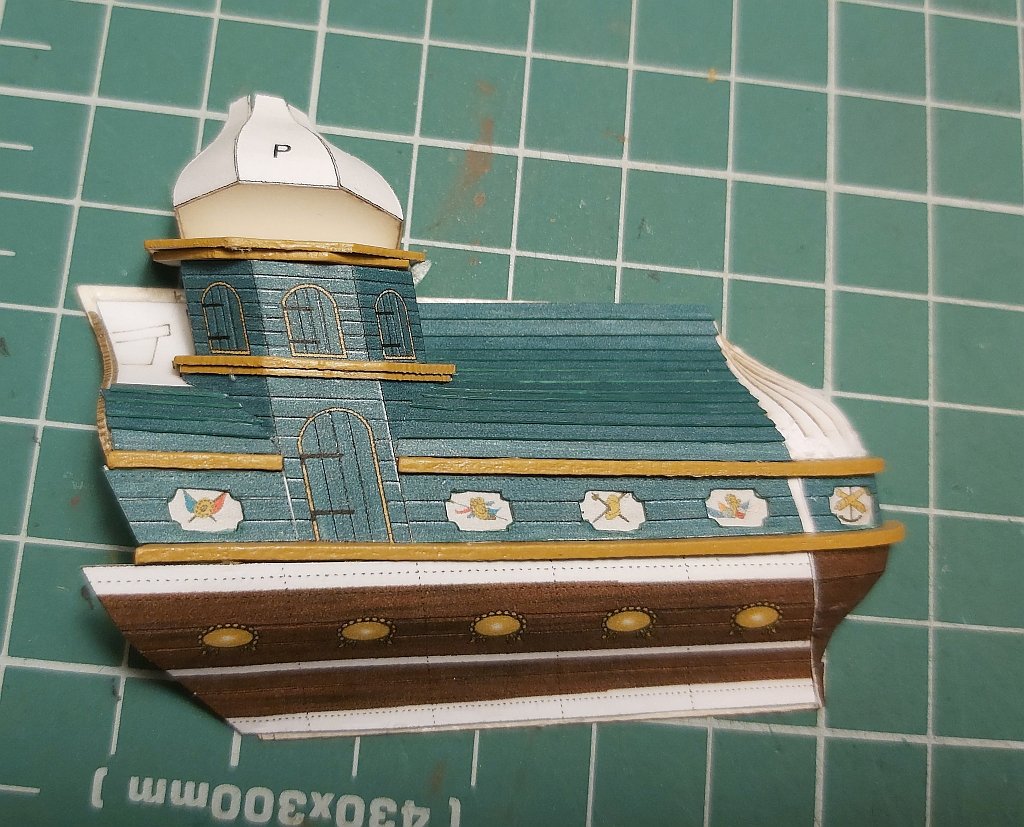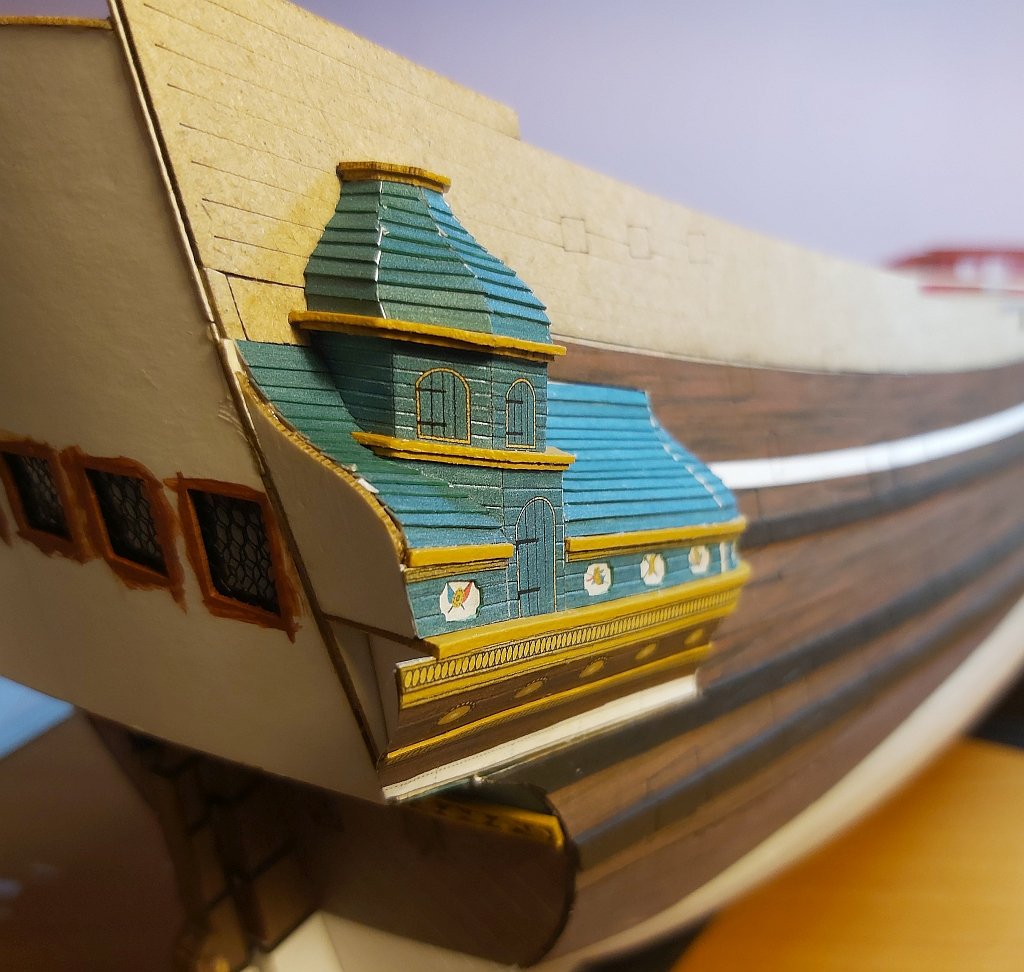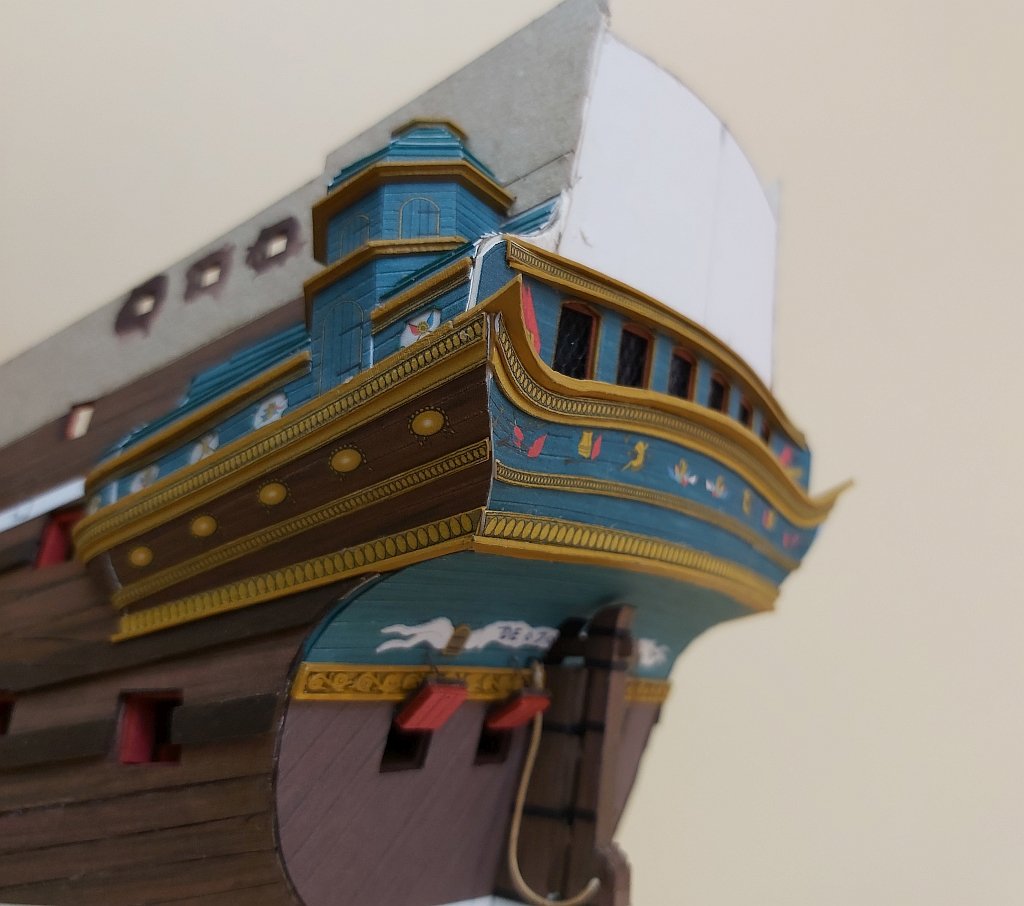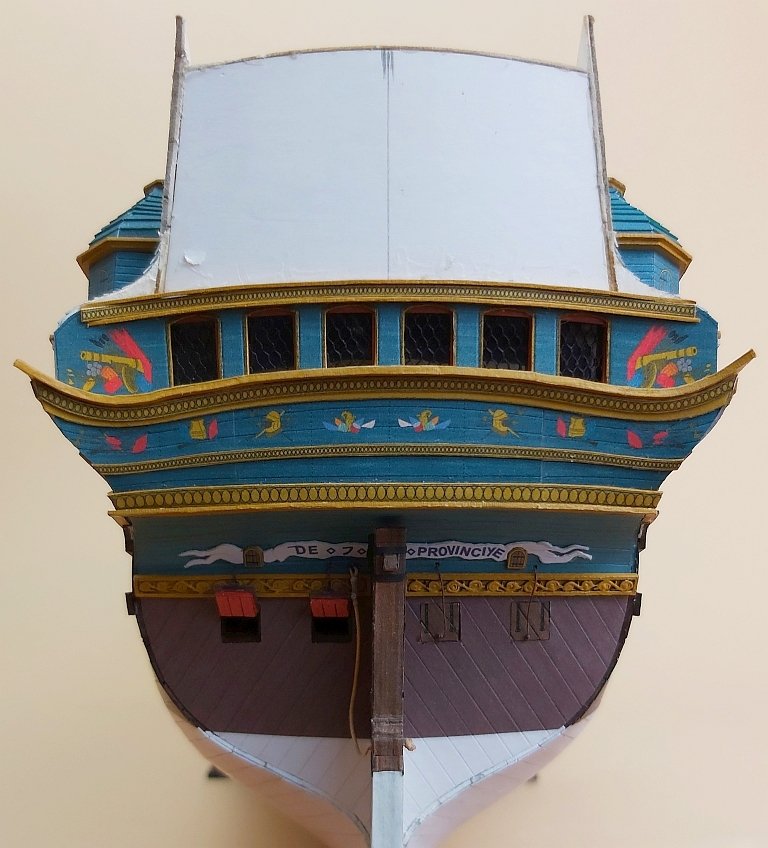-
Posts
124 -
Joined
-
Last visited
Content Type
Profiles
Forums
Gallery
Events
Everything posted by 0Seahorse
-
Hi everyone, Some time has passed since the last update, but it was not time wasted because I can announce that I have finished working on the hull of "De Zeven Provincien" !!! Hurrah!!!! I made gunport lids (I have a slightly "bent" eye, because a large part of them is slightly twisted in the same direction; similarly with the holes for the ropes lifting these covers, they are all slightly shifted to the left :-))) There was a lot of work on the starboard too, because I did not print the hinges for gunport lids, believing that sticking thin strips would be nicer. I don't know if it's nicer (probably not), but it's definitely more time-consuming. But after dealing with nearly 80 gunport lids, it looked better and better. At the same time, I had to make deadeye attachments because it was getting tight in some places. In fact, I didn't simplify them, I just changed the shape of two lower parts (1 and 2), which I covered with small circles (3). Details in the drawing. Adding various types of riggin equipment to the bulwarks and decks is a normal job and nothing interesting to write about. I helped myself with a 3d printer again and it was a move almost brilliant :-))) I printed 180 belaying pins: delicate, small, nicely contoured shapes. The end result and the time needed for them is incomparable to those made of wire and thickened on top with a drop of thick glue. I am delighted with this solution, especially since I printed in brown resin right away (pigments are not cheap, but the time savings justify the expense) It remains to finish the work on the decorations: the designs of the sculptures were prepared by an external company (I do not have such skills myself) and after minor corrections they were printed and painted. All that's left to do is put a few dozen eyebolts in the decks and set the sloop amidships. Some pictures: Greetings Tomek
- 26 replies
-
- Seahorse
- De Zeven Provincien
-
(and 2 more)
Tagged with:
-
Hi friends I must admit that I am not building the model at a dizzying pace, mainly because of the limited time and more and more details that need to be prepared and thought over. It took me a long time to make various attempts (mostly unsuccessful) to prepare the sculptures on the stern in the form of paper, which would slightly resemble THE SCULPTURES. The external company fulfilled the orders and I have all the sculptures ready for 3D printing, but those made of paper also had to be developed (because it is to be a cardboard model). This is what the first sample printed in resin looks like: Therefore, I couldn't resist and replace the figurehead. Below is the old one of cardboard and the new one printed: In the meantime, I put the rest of the artillery on the decks. There was a lot of it, so I helped myself with ready-made gun barrels and 2mm 3D printed blocks. The print was gray, but the Vallejo primer sticks very tightly and nothing is peeling. Now it's time to glue gunport lids, sculptures and lanterns, and all rigging "devices". Oh, and two more boats. I believe that in June I will start erecting masts 🙂 A few photos of an already armed ship: Best Tomek
- 26 replies
-
- Seahorse
- De Zeven Provincien
-
(and 2 more)
Tagged with:
-
In fact, this boat has sides made of a single board. But I also designed boats with the typical layout of several boards per side. I can only comment on Rhino because I work in this program. One of its functions (probably the most important for me in designing models) is the ability to unfold individual surfaces onto a plane, i.e. to obtain ready-made outlines of parts flat on cardboard (plywood/ wood). The 3D design process itself takes some time, but the surfaces developed later have errors of 0.01mm, so they're perfect. That's why I use Rhino. You can take a look at the SketchUp program (free version available) that some designers use. There are rumored to be plugins on the web that allow the same feature of unfolding a surface to a plane. I haven't explored the topic, so I don't know much about SketchUp.
- 17 replies
-
- Vistula barge
- card
-
(and 1 more)
Tagged with:
-
@tkay11 Well, it's rather simple work in paper/cardboard: 1. 3D drawing in Rhinoceros3D... 2. Parts developed in Rhinoceros 3D and colored in CorelDraw + Adobe Illustrator... 3. And a gluing instruction ... I don't know if you expected such an answer. The gluing itself took about 1 hour. White cut edges need to be retouched with the appropriate color, which is obvious in cardboard models. The trick is to choose the right color. Greetings Tomek
- 17 replies
-
- Vistula barge
- card
-
(and 1 more)
Tagged with:
-
Hello everyone, as is often the case in life, various circumstances prevented me from showing the finished model earlier, including the war in Ukraine (I live 100 km from the Ukrainian border). But the time has come to present the rest of the work on the boat. The very construction and making of individual parts was so trivial that it is difficult to write it in elaborations. As I treat this model as a test model, I decided to make a certain distortion, consisting in the fact that half of the ship goes to Gdańsk with grain and the other half goes up the Vistula with imported goods. This is because the rafting was carried out with the mast folded only with the help of oars, and during the return the mast was erected. Since I had never done dioramas, so after many attempts to make grain in a scale of 1: 100, I gave up the idea and covered the entire cargo space with linen. I put barrels and bales of cloth in the bow part. Laziness made itself felt when carrying out the rigging - the blocks are not made of cardboard (as would be recommended by the art of cardboard modeling), but of a 3D printer and painted. Well, that's what I got out of this project. Greetings Tomek
- 17 replies
-
- Vistula barge
- card
-
(and 1 more)
Tagged with:
-
Thank you @wefalck @ for the hint. I don't know if it can be solved this way. This is because there was also a cargo space in front of the mast, and in the old drawings the amount of grain is piled high. Perhaps, however, I will use a block on the top of the mast, because at the end of the 18th century it would not be anything extraordinary. As for the museum's publications, I don't think it has been translated. Greeting Tomek PS. Now I remembered there is a short summary in English in a few pages (11 pages)
- 17 replies
-
- Vistula barge
- card
-
(and 1 more)
Tagged with:
-
@ Tony @ This is a direct print. I prepare a bitmap with a wood structure and if the boards / beams are straight, I simply "paste" them into the outline of a specific part. If the boards are curved, I deform the bitmap so that the grain pattern follows the shape of the part. @ druxey @ I'm not sure, but it seems to me that as @ wefalck @ wrote, it was more of "pushing" the stern of the barge at the right angle and making the barge move much like a fish tail does. Due to the fact that the Vistula had (and still has shoals), the rudder blade could not be deeply submerged, hence perhaps longer. Quote of "Transformations in river boatbuilding in Poland" ... The control device was a combination oars and a hinged rudder with a very long rudder blade reaching half the length of the vessel ... I, however, still cannot "decipher" the course of the halyard that was carrying the yard. In this powerful study "Transformation in river boatbuilding in Poland", published by the Maritime Museum, it is stated that the yard was raised with the help of a winch placed on a small bow deck. At the same time, in quite old plans from 35 years ago there is no mention of any block placed on the top of the mast and the halyard only passes through the sheave in the mast. Hence my doubts: lifting such a heavy yard and securing the halyard only to the cleat at the mast seems unlikely to me. It would be more sensible to use a windlass, but that would require a block in front of the mast. Maybe there is another way? Tomek
- 17 replies
-
- Vistula barge
- card
-
(and 1 more)
Tagged with:
-
Hello Waiting for the cooperators until they meet what they promised for my "7 Provinces" I decided to rest for a while and started something simpler (but not much smaller). The "szkutas" sailed on the Vistula for several centuries, transporting mainly grain to Gdańsk. They were really huge, because the hull itself was even 30 meters long, and at the rear there was also a characteristic long rudder blade. Below is a painting by Bernardo Bellotto called. Canaletto with the barge and the panorama of Warsaw (by the way, Canaletto was the court painter of King Stanisław August Poniatowski and his paintings depicting the architecture of Warsaw at that time were used after the Second World War to rebuild the Old Town of Warsaw)[public domain] Fortunately, archaeological sites were discovered and secured in many places in Poland, hence more and more is known about old Polish river ships. In addition to the szkuta there were smaller vessels sailed: dubases, kozas (goats), byks (bulls), galaras, komięgas and the smallest rafts. The smaller ones did not even return from Gdańsk and were sold for wood. Models of these ships (boats) can be seen at the Maritime Museum in Gdańsk. Historically, the shipping of goods (grain, leather, wood) down the Vistula to Gdańsk was a very important branch of economic development for Poland. Sometimes it was said that "Poland was the breadbasket of Europe" due to the export of huge amounts of grain. And I also have a certain "relationship" with Polish rafting, because I live in the Ulanów region, which is called "the capital of Polish rafting". The San River flowing through Ulanów goes into the Vistula and was the main route for transporting goods from the Zamość region (the name Zamojszczyzna and the city of Zamość are associated with one of the largest magnate families in the history of Poland - the Zamoyski family). A phenomenal document describing the construction of these boats is the preserved inventory with precise measurements made in 1796 in the river port in Krzeszów (9 km from my home!!!) by the Austro-Hungarian engineer Benevenutus Losa von Losennau. The szkutas had a flat bottom slightly raised at the stern and the bow made of pine, oak sides "overlapping", one square sail. At the stern there was a storage and utility room. The rudder blade, up to 12 meters long, with a very long tiller, which was operated on a high transverse platform, was very characteristic. Well, the construction of the model is so trivial that I took almost no photos: 1) 0.5mm flat cardboard bottom 2) glued frame of the room at the stern 3) the first plank stuck to the edge of the bottom 4) 60 brackets... ...what caused some problems. I started gluing them empty inside. Unfortunately, despite the care taken to make them precisely, they came out very differently. Even worse was that they turned out to be too flaccid and there would be no way to stick the planks to them later. Fortunately, after the first few pieces, I started making them in the form of three cardboard layers glued together (2x1.00 mm + 0.50 mm). Then I have attached the rest of planks to this construction. Greetings Tomek
- 17 replies
-
- Vistula barge
- card
-
(and 1 more)
Tagged with:
-
A cardboard weapon in a 1: 1 scale is the specialty of a modeler from Poland, Jarek Rokita. You can see his work on FB at "Kartonowy Arsenał Broni". Incredible that everything is made of cardboard. Tom
- 27 replies
-
- eBay
- kit piracy
-
(and 1 more)
Tagged with:
-
Hello everyone, Recently, I haven't had much time to continue building, so progress has been slow as well. Bakdek already has gretings, I set up the artillery amidships and tried on the sloop, which is 1 meter too big, so I will have to build it again After many attempts, I decided to make bas-reliefs in the simplest form, i.e. scratches glued on a thicker cardboard. Looking at the effect, it seems that all of them had to be stuck to 1.0 mm cardboard, because some of them are too "thin". I will add additional layers of paper to them in some places to make them more three-dimensional. And one of the friends will improve the colors, add some shadows, so they should finally look better. Unfortunately, I am not a painter:-((( I chose this form for ornaments because I anticipate that the model will appear as a kity, and therefore the difficulty level must be accessible to intermediate cardboard modellers. Anyone who has skills will surely make these decorations on their own from wood, modeling masses, green stuff, etc. The largest sculptures, which are not there yet, will be made of several parts (if I can design it), and as a last resort, I ordered a design prepared for 3D printing. Time will show which solution is the best. Currently, the stern looks like this: All comments will be appreciated. Tomek
- 26 replies
-
- Seahorse
- De Zeven Provincien
-
(and 2 more)
Tagged with:
-
The popular name in Poland is "birmata" (beermat), because it is used to make colorful coasters for beer mugs. There are certainly many manufacturers and the available thicknesses are from 0.75 to even 3 mm. Here is an example of the Finnish producer Pankakoski Mill Oy, and this type of cardboard is "PankaDisc". There is even a specification in PDF. https://www.pankaboard.com/categories/specialities/ Greetings Tomek PS. By the way, great job! The Cardboard Collection (and its owner / designer Paweł Mistewicz) are currently considered the best designed and "glueable" cardboard airplane models in Poland.
-
Hello, Thank you for your comments and opinions. There was a long break in updating my work on "De Zeven Provincien" again, because I wanted to "close" the hull and stop it from hitting my eyes with white "spots" of unfinished fragments. In a way it worked 🙂 All handrails and decorative slants have been laser cut / engraved and painted yellow ocher. The construction was slowed down by my reluctance to make a dozen or so cannon barrels out of paper. To solve the problem ... the laziness problem ... I printed the barrels in resin. ... and the building process started right away. It took the longest time to build the head and bow deck, but I'm happy with the results. Now it is time to add artillery on the decks and decorate the hull with dozens of sculptures 🙂 Regards Tomek
- 26 replies
-
- Seahorse
- De Zeven Provincien
-
(and 2 more)
Tagged with:
-
And again a little update. At this stage, I have always had a problem with handrails with a lot of posts, which are difficult to prepare to be identical and fit. So this time I made them in the form of 1 mm thick "combs" glued in pairs, to which I glued 0.5 mm thick strips at the upper edge and masked the whole thing from the top with a 3 mm wide strip. To make it more understandable, below is a piece of such a handrail and the effect in the photo. A much stronger solution. And how long does it take to cut these combs out of 1mm cardboard? I don't know, because I cut it with a laser 🙂 But if you think about cutting many posts to the right size and giving them appropriate bevels at the ends, the workload may be comparable. Another batch of boards appeared on previously prepared bulkheads. Unfortunately, I did not retouch the side edges of each board (they were supposed to "hide" between the beams) and you can see some white spots. I hope that the carvings will hide it a bit and "soften" it. The time has finally come to close the stern. From two layers, I prepared the entire bas-relief and glued it to the taffrail (asymmetrical - I know, but it will stay that way). On the edges, I glued thin strips (0.5 x 1.0 mm) to mask any inaccuracies. And just like with the side handrails, I also made the stern one in the form of a "comb", additionally engraving a small pattern. I am always afraid at this stage that all dimensions have been lost, and here is a real surprise: the laser-cut aft handrail fit literally without any adjustments. Finally, there are the horizontal protruding ends of this aft handrail, and this is how she looks today: Greetings Tomek
- 26 replies
-
- Seahorse
- De Zeven Provincien
-
(and 2 more)
Tagged with:
-
Hi, I finished up the planking and "closed" it with the rails (of course it's just the lower part of the handrail), which I ambitiously made in a printed standard without painting them. There is some "pecking" and dugout, but it was worth it. The upper planking made with an overlap planks was supposed to be easy, but it took a lot of time (try-on - retouch - slow sticking). The "boards" are 0.4 mm thick, as it seemed reasonable (so that it was not a thin cardboard and and that the edges are visible), but if you add inaccuracies, the thickness of the glue and other small mistakes, it was probably better to make it from cardboard 0,3 mm. Anyway, it is already stuck and I will not tear it off. I missed retouching in a few places, but it can be fixed. I also started making bulkheads, which will be covered with boards such as the sides. I added doors and posts, between which it will be necessary to fit this "paneling". Then sculptures will appear on the posts. And here is the biggest challenge. All bas-reliefs can be made on thicker cardboard and can be plasticize it with thick glue, modeling clay or milliput. But I still have no idea how to design full 3D figures in the "cardboard standard": two lions at the top of the stern between which there is a "holy maiden" and something like Neptune / Poseidon above the galleries. Various attempts may take a long time, so for now I am trying to decorate taffrail and here I would like to thank my friend Tomasz Król (he is also a designer of cardboard models and a painter, many kit covers are of his works), who, using his magic powers, drew a plasticized version. And below the port side which looks a bit better : Greetings Tomek
- 26 replies
-
- Seahorse
- De Zeven Provincien
-
(and 2 more)
Tagged with:
-
Sao Gabriel was built without any dedicated plans. I compared a lot of sketches, similar studies of such vessels and based on photos from the Museum in Lisbon, I drew a model in Rhino3D. It seems to me that many years ago I saw on the internet plans similar to Sao Gabriel with the designation of the museum in Lisbon. Maybe contact them as it is often possible to get a copy from the museum for a small fee. Greetings Tomek
- 14 replies
-
- sao gabriel
- caravel
-
(and 3 more)
Tagged with:
-
Hi everybody! I had a long break in building, but in the meantime "Wodnik" was created, so I'm a bit excused. I went back to "De Zeven Provincien" and I just hope to finish the model without any more breaks or "side jumps". Apart from the huge amount of decorations, there is not much left to do on the hull itself: top planking, head, handrails ... I glued the bulwarks, added the decks and set up the bulkheads. The work is so simple that there is nothing to write home about. The head took more effort. Because the knee of the head narrowed (and you can turn a blind eye to it with small models of small vessels) and here the difference in thickness was so significant that I glued it together in a "box" method: long narrow triangles at the top and bottom are glued between the side surfaces and thanks to this, the thickness at the hull is ~ 4 mm and ~2mm at the end. Cheeks and gammoning knee are typically made of cardboard of an appropriate thickness. Greetings Tomek
- 26 replies
-
- Seahorse
- De Zeven Provincien
-
(and 2 more)
Tagged with:
-
Thank you Bob and John. I use Rhinoceros3D for designing, and color the prepared parts in Corel Draw. I use Adobe Illustrator sometimes. The parts are printed on a Brother DCP 300-T printer and the prints are secured with a "Capon" primer (this is a Polish name and unfortunately I cannot approximate the composition, but acrylic varnishes work just as well). I use ordinary acrylic paints for retouching the edges and painting small details. Greetings Tomek PS. Below my current project in Rhino3D
- 14 replies
-
- sao gabriel
- caravel
-
(and 3 more)
Tagged with:
-
Hi Tim, if you choose EURO currency, PayPal appears directly in the payment selection. When selecting Polish Zloty (PLN), the PayPal option is hidden in the "Przelewy24" payment system in the "Inne / Others" tab. I hope, it helps. If I can help you with anything else, the pleasure is mine. Tomek
- 24 replies
-
Hello, Thanks to everyone for your comments and remarks. I had the last update divided into two parts, but somehow it turned out that there will be only the final. So the memorable moment has come when the model of His Majesty's Ship "Aquarius / Meerman" was completed in a different "configuration" than the previous attempts at reconstruction. Attaching the spears was not particularly difficult, also access to belaying points was quite acceptable (the most difficult thing was with the main mast). I will not write anything innovative in the history of rigging or the art of modeling. I have developed my quick method for sails on a scale of 1: 100. For this I use a very delicate and thin cotton canvas (here I used a batiste). I soak a fragment of the canvas with thinned, transparent water-based glue and leave it to dry. Then, with a sharp scalpel near the ruler, cut off narrow strips of fabric from this piece (thanks to the glue, the canvas does not fray and you can cut strips narrower than 1 mm with a little practice). I stick these stripes (with the same transparent glue) in all places where there are reinforcements on the sail (at the edges, corners, etc.). Only then do I cut the sail with scissors. In my opinion, on a scale of 1: 100, all attempts to sew the sail are terribly off-scale and the effect is "not very good". I use a pencil to draw "traces" of sewing cloths rather than clear, visible lines. Also, I do not sew on bolt rope but stick with glue. Before attaching the spears with the sails, I soak the canvas gently with water and again with diluted glue and dry with a hair dryer, giving a convex shape. Sometimes a great effect can be achieved. This time I managed to achieve "high wind dynamics" in the lower sails thanks to a simple trick (discovered by chance). The buntlines are gently glued to the sails and then pulled tighter, thereby swinging the bottom of the sail forward and upward. This is what the new face of "Meerman" looks like: Greetings Tomek
-
Hi Dziadeczek, of course I read your comments on the Polish forum with great curiosity and I always learn something new and useful from them. So I am very pleased that you like my job. Complaining is probably more related to the "regression" of skills, because that's what I felt when doing standing rigging. Or maybe it's just spring fatigue 🙂 Yes, it's a scratch based on a typical Dutch hull from that period (I helped myself with Heemskerck, among others). I regularly watch Ab's work, so it's nice to hear that my models resemble his work to some extent. I am honored and pleased to correspond with Ab Hoving, who helped me in many projects related to the Dutch fleet (VOC Duyfken 1606, Speeljacht, Grosse Jacht), gave constructive criticism with a great deal of patience. I hope it stays that way, because "De Zeven Provincien" is waiting to be finished, and without Ab's help it will be hard. Blocks and deadeyes are laser cut from the pressboard. It is much stronger than simple cardboard and after gluing it, it has never happened to me that anything was delaminated. Sometimes you have to clean holes, especially in deadeyes, because glue gets there. As for "waistcloths", they are actually rarely seen on models (I think I only saw them once on a model on the Internet, but I don't remember what it was). The whole idea was taken from the book by Marian Huflejt "Bitwa pod Oliwa 1627- facts and myths", where he carefully considers their construction and purpose. The entire book is highly controversial and some hypotheses are poorly proven, but waistcloths can be found in many old paintings, so it's time they appear on models 🙂 Greetings Tomek
-
Thank you gentlemen for the kind word. Maybe because I hadn't tied the rigging for the last six months, it felt like I was doing it in the dark. I have been building models of sailing ships for 15 years and then suddenly at every step something went wrong, I still had to correct something. As the rigging was going smoothly with many of the previous models, this time I started to get frustrated because what I presented today I should have achieved without hurry a month ago. But most importantly, standing rigging is complete. Maybe with the sails I will get back to the right track :-)) Regards Tomek
-
Hi everyone Unfortunately, as I was afraid, the waistcloths were a huge problem, took a long time and the effect is poor. I have tried to shape these hanging canvases of various type of silkspan, paper tissue, paper towels, fine fabric, dry or wet and no attempt hes been succsessful. But in the end I had to make up my mind and the choice fell on one of the silkspan. It looks "average", good modelers will make it better than me. I can always declare that it is only a "test model":-) I am still not sure what exactly such solutions looked like, and perhaps an additional difficulty is the fact that there could be just different solutions for different vessels. In the paintings from those years, waistcloths look as if they "lay", but again on some plans and studies you can see frames on which these canvases "hang" rather than "lie". In any case, this stage is over and it is time to put up the masts. I tried to make standing rigging in a way that is probably typical for small Dutch ships. I used the Heemskerck and Zeehaen plans. I had a few problems, because I used old cyanoacrylate glue which turned snow white when dry. So all shrouds had to be painted black. A bit of laziness, and a bit "because it is a test model" :-))), fore shrouds and a fore stay are the same thickness as main shrouds and a main stay, which of course caused further problems, because there is "too tight" at the top of the foremast. And I still have to push the other ropes from the running rigging there. Blocks and deadeyes are made of pressboard. Greetings Tomek
-
Welcome everyone, some time ago I started to build a model of the "Meermann" ship, which took part in the Battle of Oliwa in 1627. The battle was not big when we compare it to great clashes of great maritime powers, but for Poland at that time it had a huge political and propaganda dimension. Because here "... the traders from Danzig defeated one of the strongest fleets - Sweden ..." as the angry king of Sweden reportedly said. The dynastic war with Sweden, in which the Republic of Poland got involved, led to the Swedish capture of part of the Polish coast and the sea blockade of Gdańsk. Partially built in Gdansk, partially bought (mainly from the Netherlands), the Polish fleet, emerging from the morning mists, attacked the "sleeping" Swedish ships standing in the roadstead of Gdansk. The Poles captured the Swedish "Tigern" and caused an explosion on "Solen" which sank. The Swedes withdrew, that's the whole battle. Unfortunately, there are not many sources regarding the construction of these ships, so we can only use "standard" solutions from that period. Since my English is not so perfect that I could write passionately about dilemmas during the reconstruction, I will stick to some of the most important facts and a few "blank spots" to which Polish historians and researchers have not found an answer so far. The dimensions of the ship are known with some assumption that all mistakes were detected in the main source, ie "Wismar inventory" (after the Battle of Oliwa, the Polish fleet was handed over to the Catholic Habsburg League and anchored in Wismar). There is no original document, only the original copy, in which the copyist's mistakes were found. Also the weapons and equipment are known from the above list. Unfortunately, there are no construction documents or documents confirming the purchase of ships. Certainly, part of the fleet was bought because two shipyards (in Gdańsk and Puck) could not build so many ships in such a short time. There is also no information about which ships were bought and which were built, they appear a bit like a "rabbit out of a hat". The Scot James Murray was responsible for the creation of the Polish fleet, which for many historians is tantamount to the statement that they were English-style ships. But the empty royal treasury (which probably lasts to this day :-))) allows you to suspect that maybe it was built in the Dutch style, which was much cheaper and faster than the English method. Besides, some of the ships that were part of the Polish young fleet were bought from the Dutch. There are many such unresolved dilemmas for each ship. I am familiar with four images depicting this event, but they differ drastically and, as recently noticed, are partially copies of other earlier images. The mere fact of "piracy" in painting is not surprising, but it reduces the credibility of such works. Searching for answers is hampered by the multitude of myths that cling to the Battle of Oliwa. Around 1950, the plans of "Meermann" were created, which in fact are a modification of the plans of the "Rotter Lowe", with anachronistic geometric patterns in white and red on the sides. It seems to me that at that time only Hansa ships had decorations of this type. By the way, the red and white colors became the national colors of Poland in 1792. Such a form of "Meerman" caught on in the mentality of even researchers who reproduced these and other errors. In the mindset of many Poles, this battle took the form of not a historical event, but a legend. Because I love the Dutch fleet and ships from Oliwa could be like that, I decided to base my work on typical lines of Dutch ships from that period, because for sure there were masters from the Netherlands, in the Gdańsk shipyard. And probably I was right, because I had to introduce a few changes to make the dimensions taken from the "Wismar inventory" match the ones I have. This applies not only to the distance between decks, width and length, but also to the draft, which turned out to be almost identical. So the hull was built. 1 mm cardboard frames. Simplified gun carriages inserted on one side. The first cover stiffening the structure: ...then I glued the seccond layer, horizontal, made of 0,5 mm cardboard... On the hull prepared in this way I added final layer with printed planks... Step by step I glued wales and finished th bulwarks... I also glued a "sloep" - a boat that will be amidships. Now I can say that the hull is ready for more details and setting masts and rigging... Best regards Tomek
-
Hello everybody, A few years ago, I had the opportunity to ask Mr. Hoving for his opinion on the plans of a sailing ship of the Polish fleet participating in the Battle of Oliwa (1627). These drawings were not of the highest caliber and I felt it was a pity to spend time building a model with so many design errors. But Mr. Hoving did not leave me empty-handed, but suggested building a more interesting ship, such as "De Zeven Provincien", and so my adventure with this project began. Not only did Ab Hoving give me the drawings, but he supported and continues to support me with his knowledge and patience. I certainly wouldn't have started this project without his help. Thank you, Ab. Since for 30 years I have been gluing only cardboard models, which have their specificity and limitations, so not all details are reproduced, not all boards, beams and nails have been included in my project. I have omitted details on the lower decks that are not visible anyway. As usual, I started with the hull frames made of cardboard with a thickness of 1 mm. Although the model is not small (for a cardboard model), 1 mm thickness is sufficient. The gunports will only be open on one side and I've put simplified gun carriages there. I painted the interiors in a dark color to avoid the "shining" of the white of the paper. In order to stiffen the structure and make it easier to stick the planks later, vertical stripes were glued. A little practice allows them to be glued directly to the 1mm edge of the frames without any additional paper strips. On the hull prepared in this way, I glued the first layer of 0.5 mm cardboard. Such a layer (and in the case of this model there will be two layers) allows you to oval the hull and avoid the marks of frames, which is a very common occurrence in the case of cardboard hulls. Cardboard is much more easily deformed than wood. For many years I have not used any "fillers" such as putty, it's just what I've learned over the years and it suits me. In open gunports I built 1.0 mm cardboard frames. In some places it was necessary to remove minor defects with sandpaper. Then I glued the lower parts of the stern and prepared the rudder. The time has come to stick the second layer of 0.8 mm cardboard on the hull. Since the planks had a thickness of about 1 mm on this scale, I wanted to take this thickness into account for gunports, where edges are visible. I thickened the keel in the stern part to get the effect of thicker lower planks (zandstroken). As the model requires a lot of work, I started gluing the final planks at this stage. I will not have to turn the model upside down in the future and thus expose it to damage. So I went with the cover up to the gunports and to the verdek level. The subsequent stages of building the hull were similar. The first cannons and the next deck have appeared. It's time for stern galleries. I had to glue such complex shapes for the first time and in the heat of the fight I completely "missed" the fact that the lower parts of the side galleries are in the colour of dark wood. It is much more likely that they were rather "greenish" like the rest of the gallery and the upper part of the hull, which can be seen in many old paintings. It will stay that way, because I do not paint the models (parts are already printed in color) and attempts to tear off the gallery could end up with damage that I would not repair. I will move to the bow soon as there is still a lot to do there. Greeting Tomek
- 26 replies
-
- Seahorse
- De Zeven Provincien
-
(and 2 more)
Tagged with:
About us
Modelshipworld - Advancing Ship Modeling through Research
SSL Secured
Your security is important for us so this Website is SSL-Secured
NRG Mailing Address
Nautical Research Guild
237 South Lincoln Street
Westmont IL, 60559-1917
Model Ship World ® and the MSW logo are Registered Trademarks, and belong to the Nautical Research Guild (United States Patent and Trademark Office: No. 6,929,264 & No. 6,929,274, registered Dec. 20, 2022)
Helpful Links
About the NRG
If you enjoy building ship models that are historically accurate as well as beautiful, then The Nautical Research Guild (NRG) is just right for you.
The Guild is a non-profit educational organization whose mission is to “Advance Ship Modeling Through Research”. We provide support to our members in their efforts to raise the quality of their model ships.
The Nautical Research Guild has published our world-renowned quarterly magazine, The Nautical Research Journal, since 1955. The pages of the Journal are full of articles by accomplished ship modelers who show you how they create those exquisite details on their models, and by maritime historians who show you the correct details to build. The Journal is available in both print and digital editions. Go to the NRG web site (www.thenrg.org) to download a complimentary digital copy of the Journal. The NRG also publishes plan sets, books and compilations of back issues of the Journal and the former Ships in Scale and Model Ship Builder magazines.

